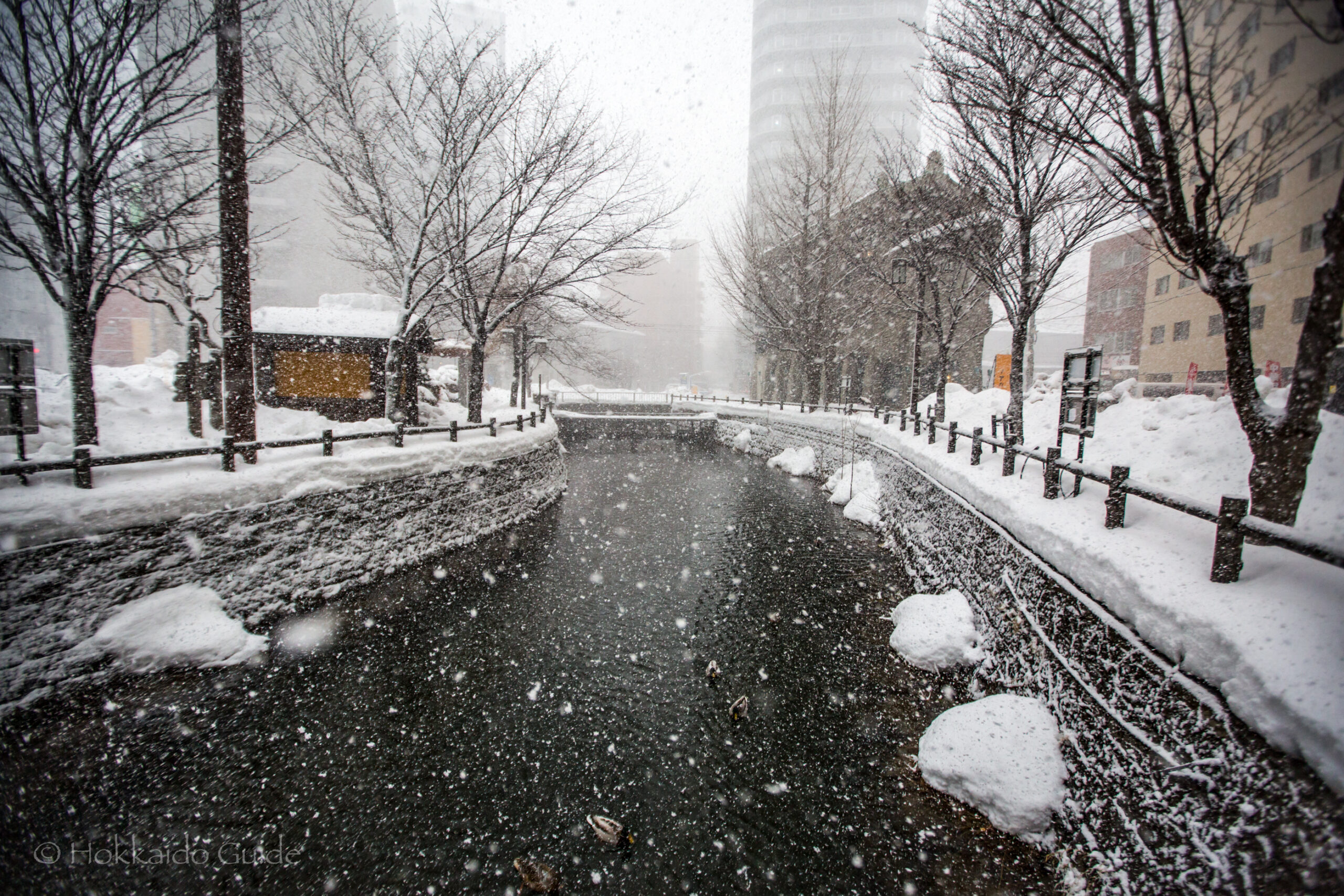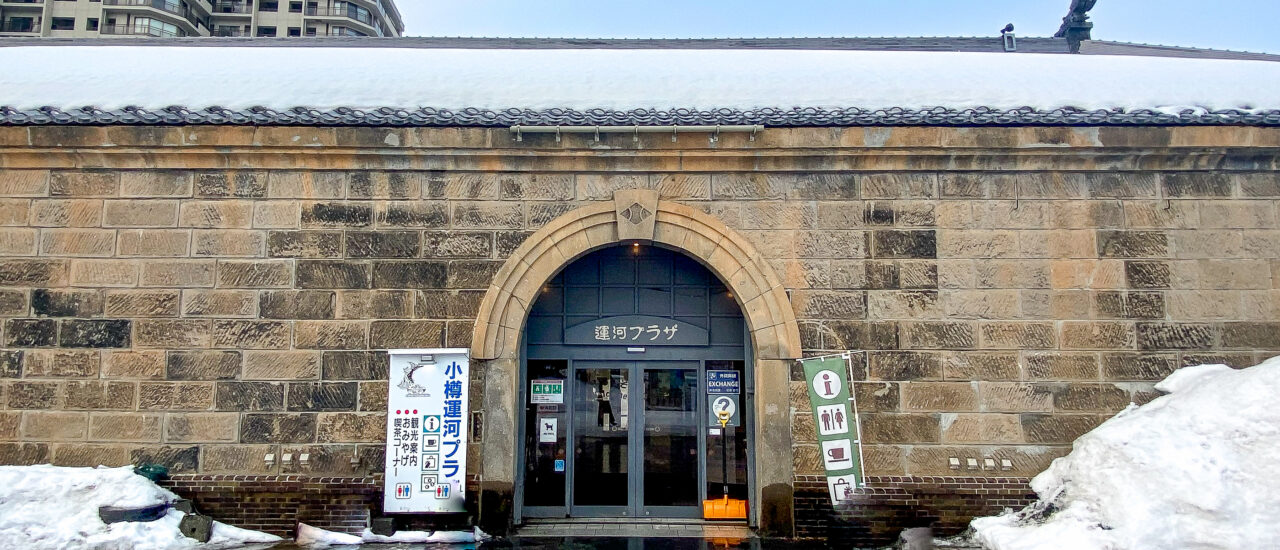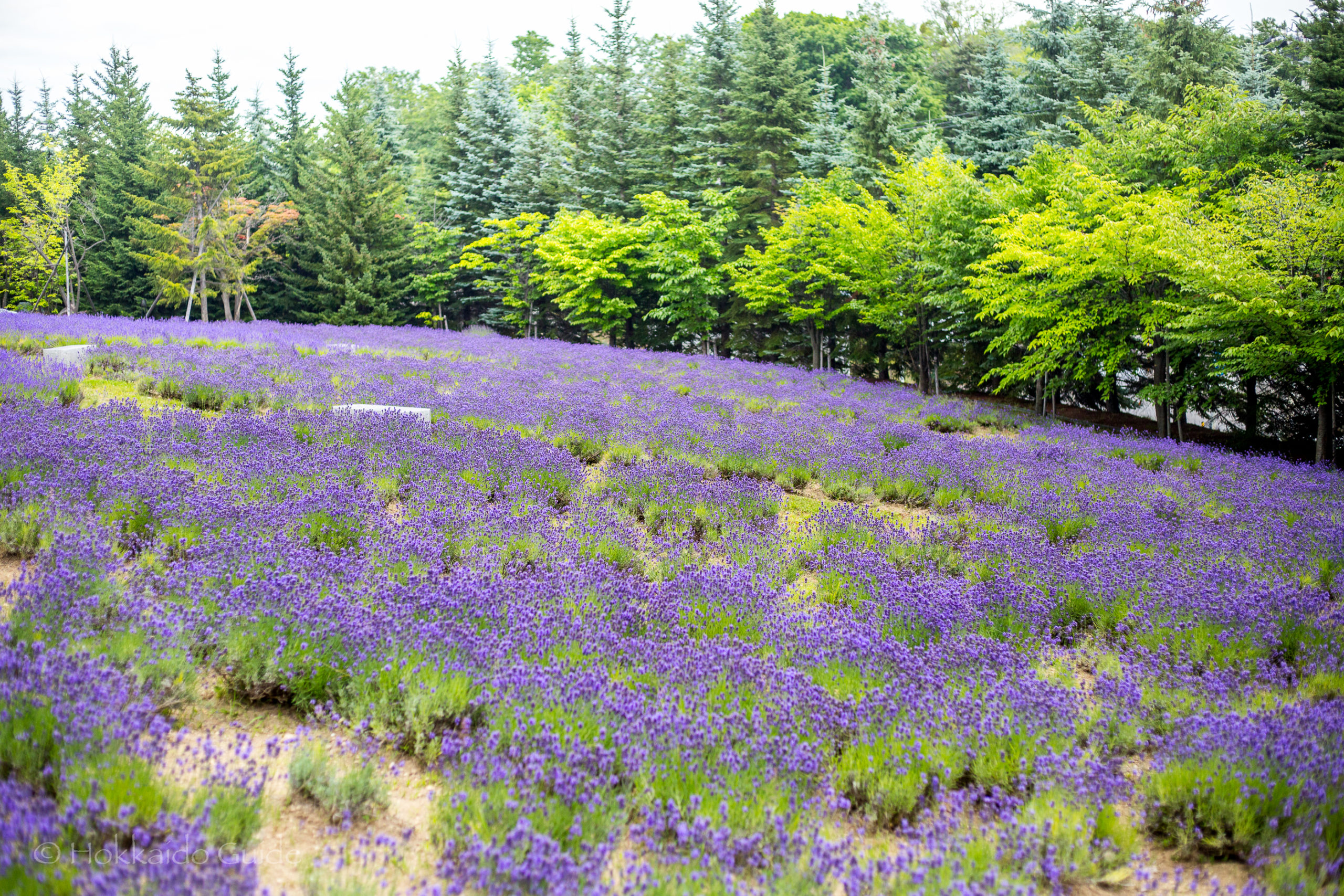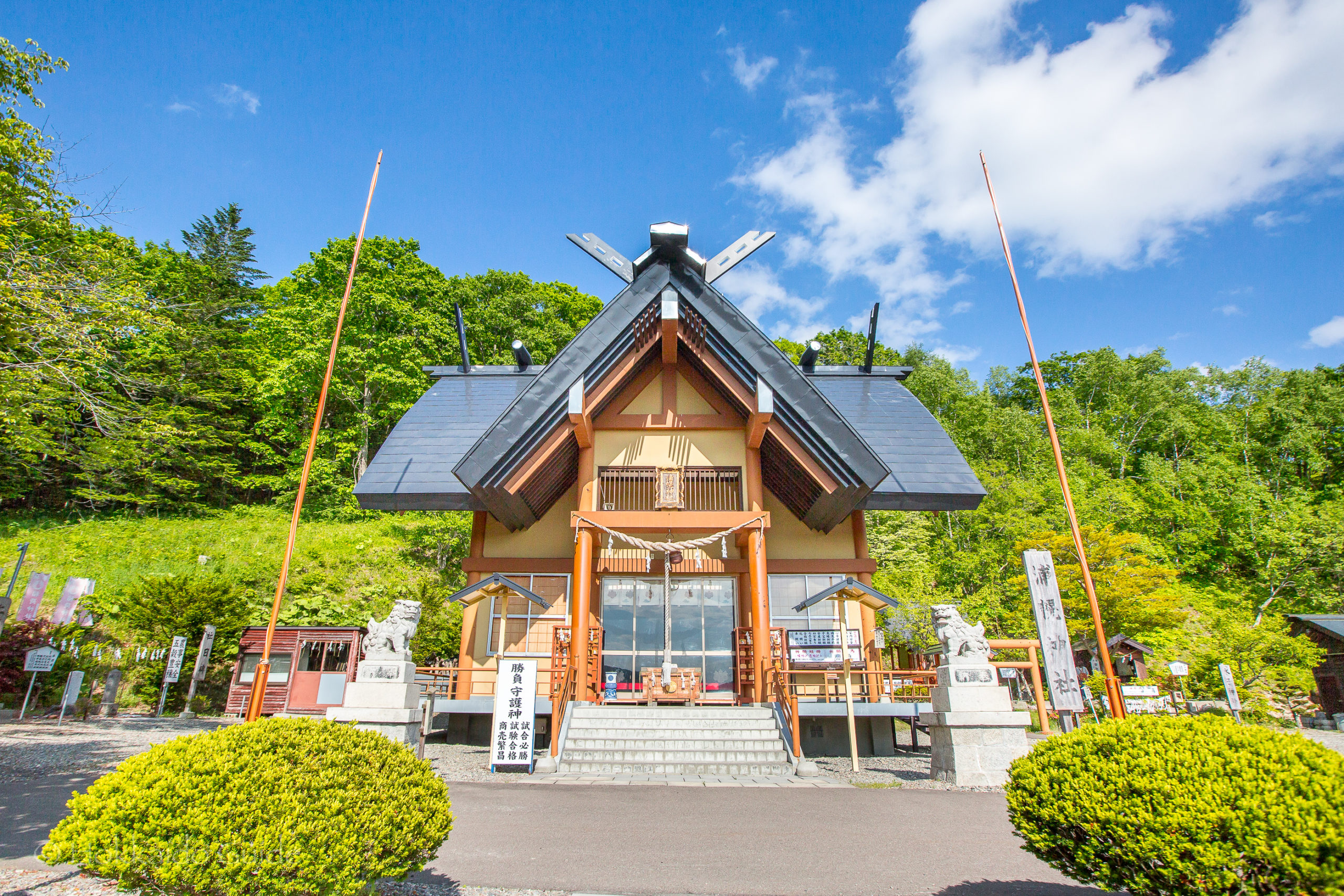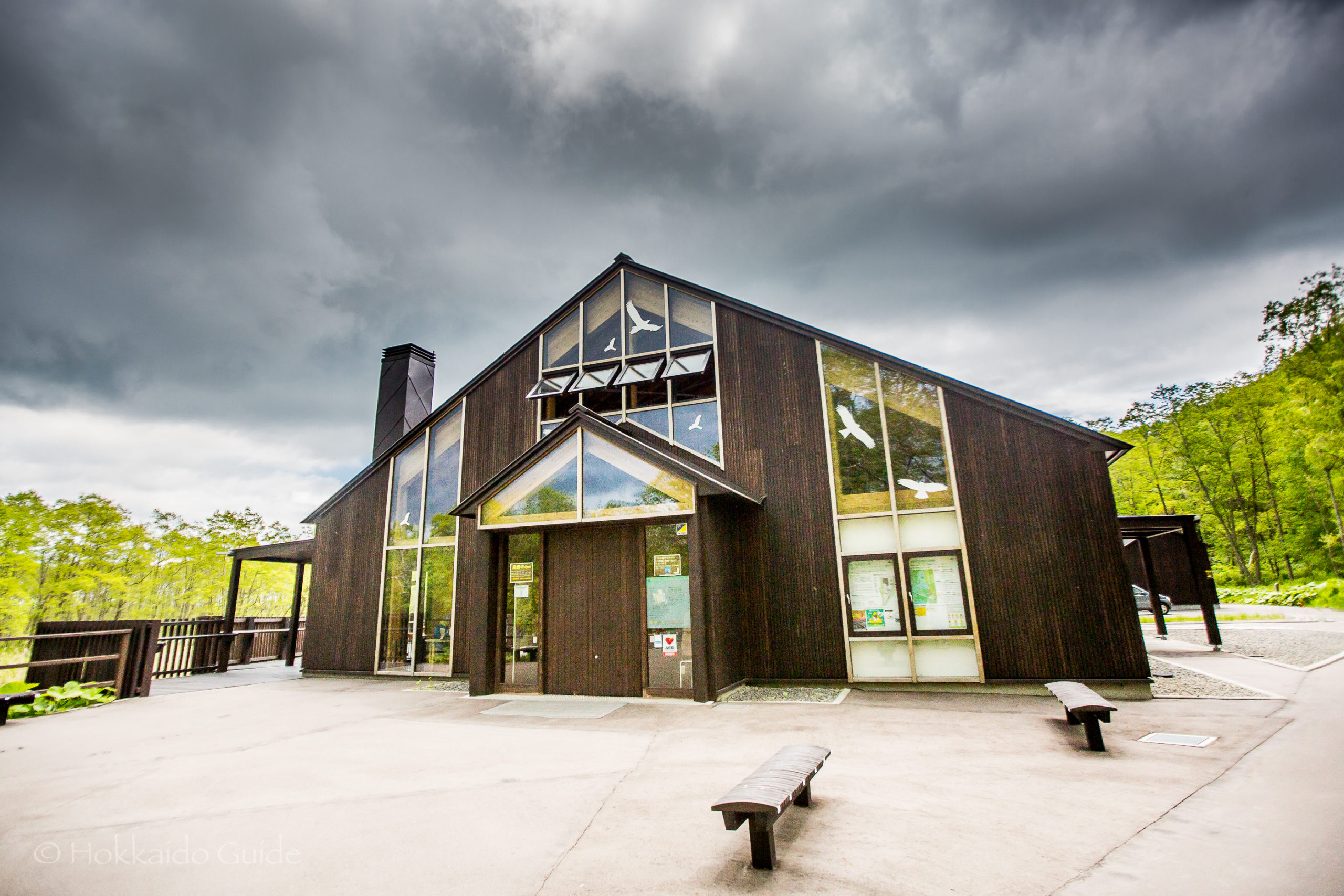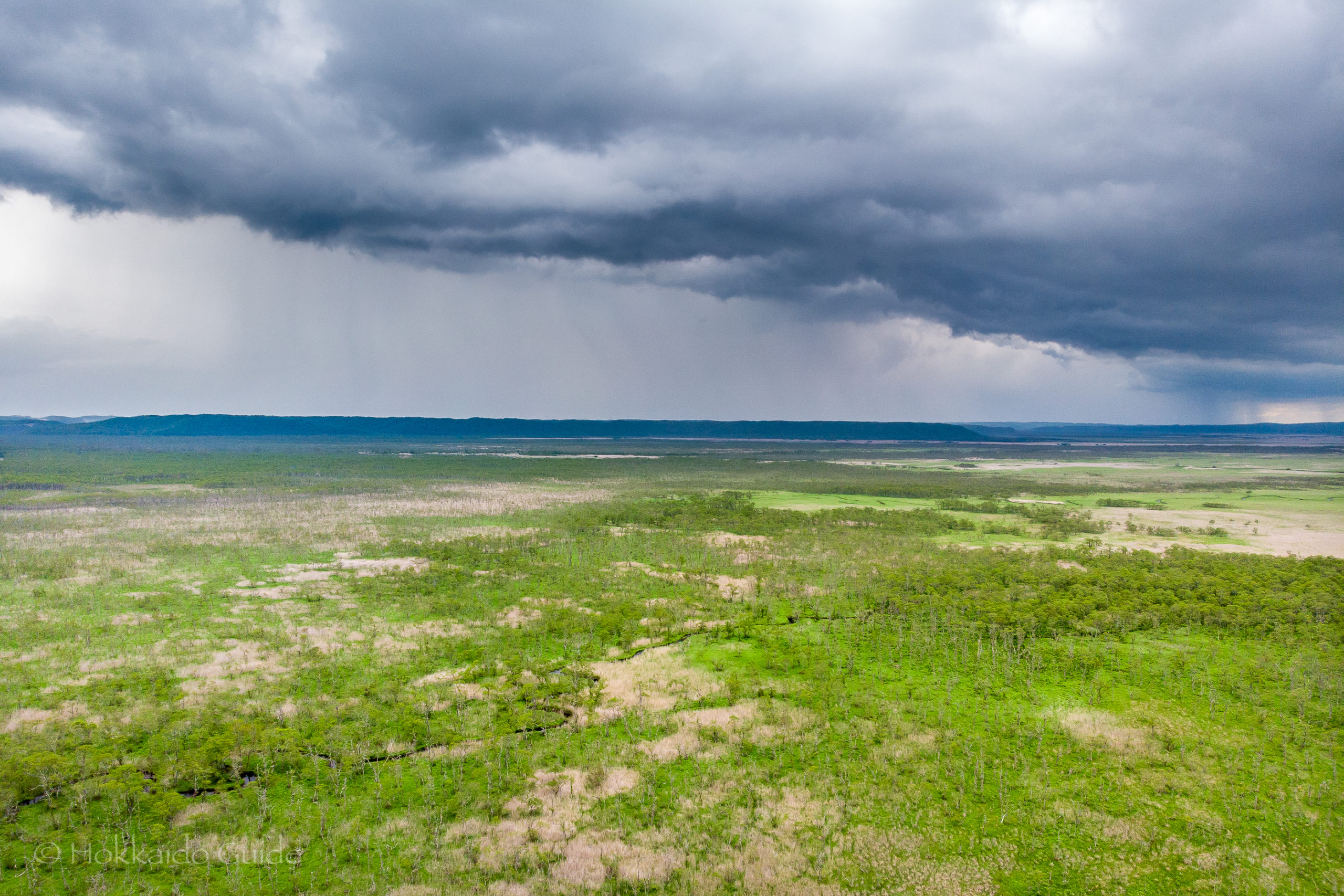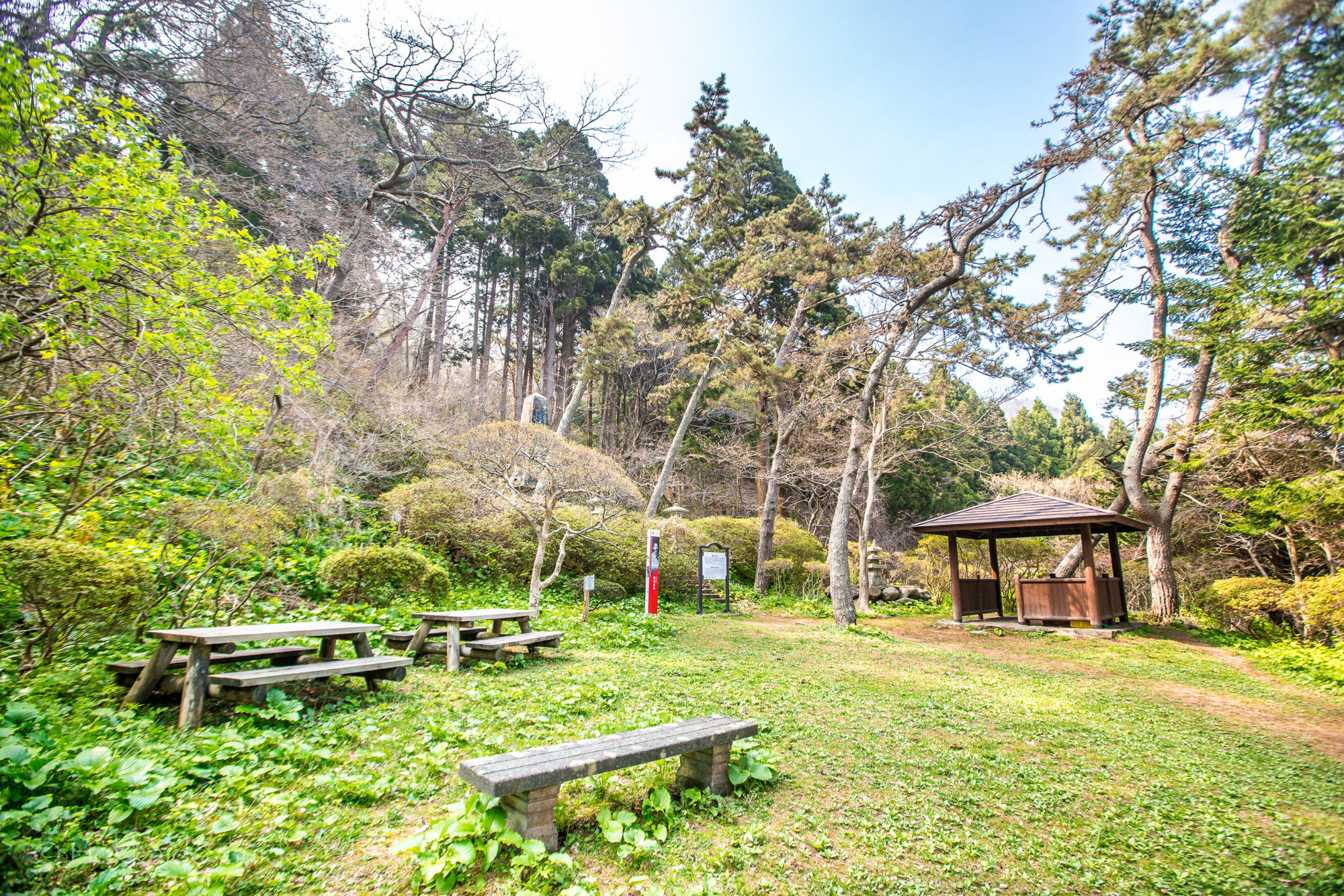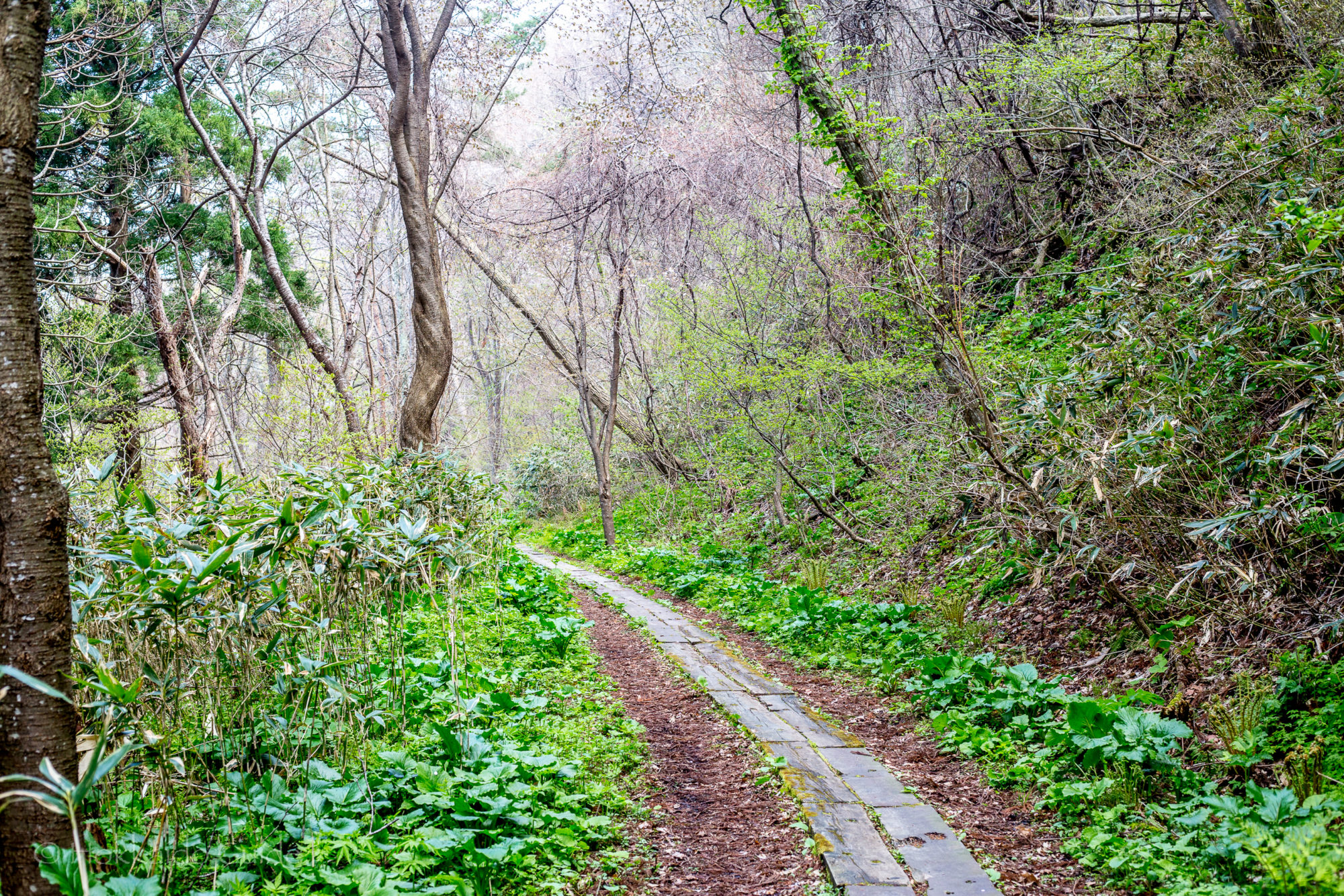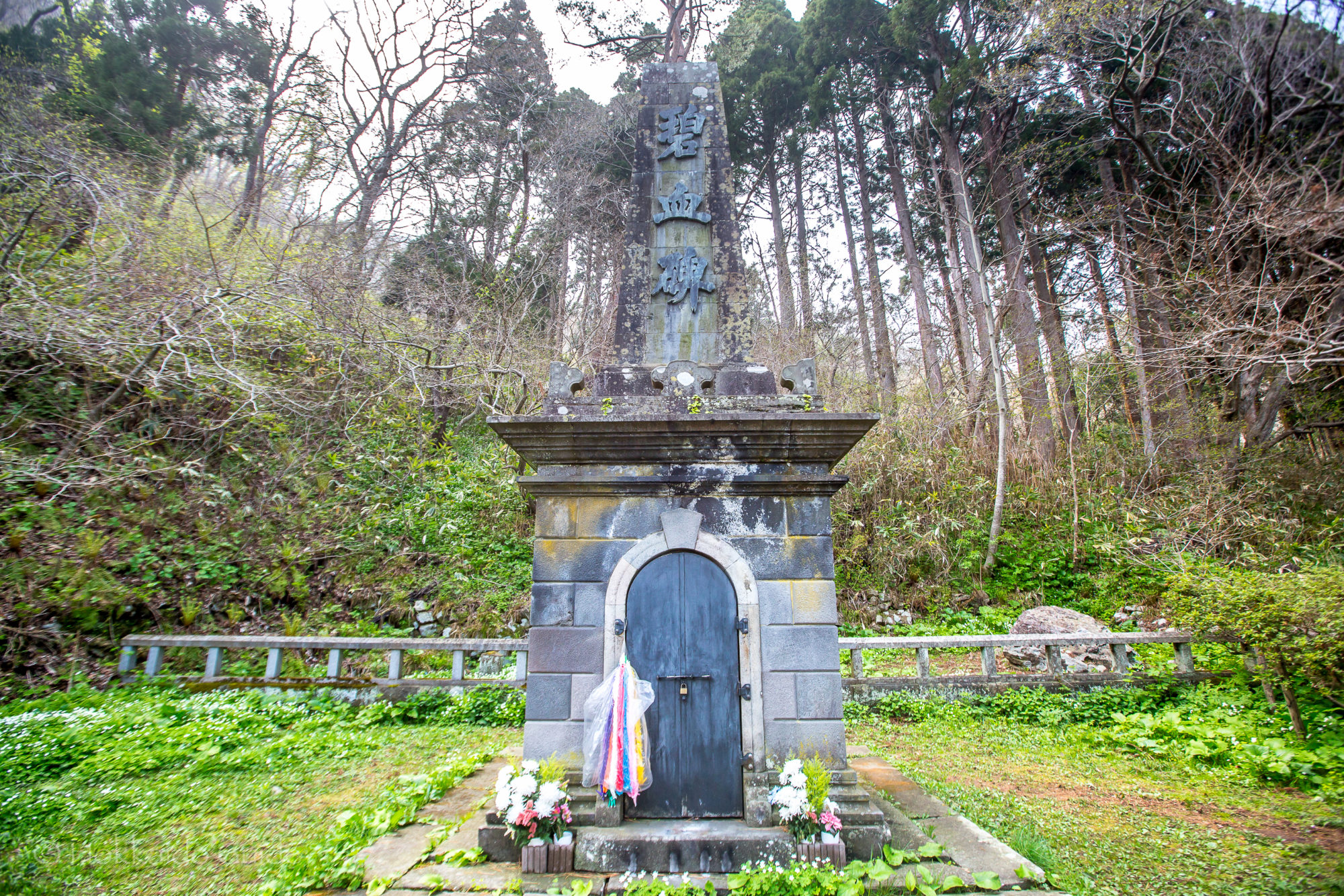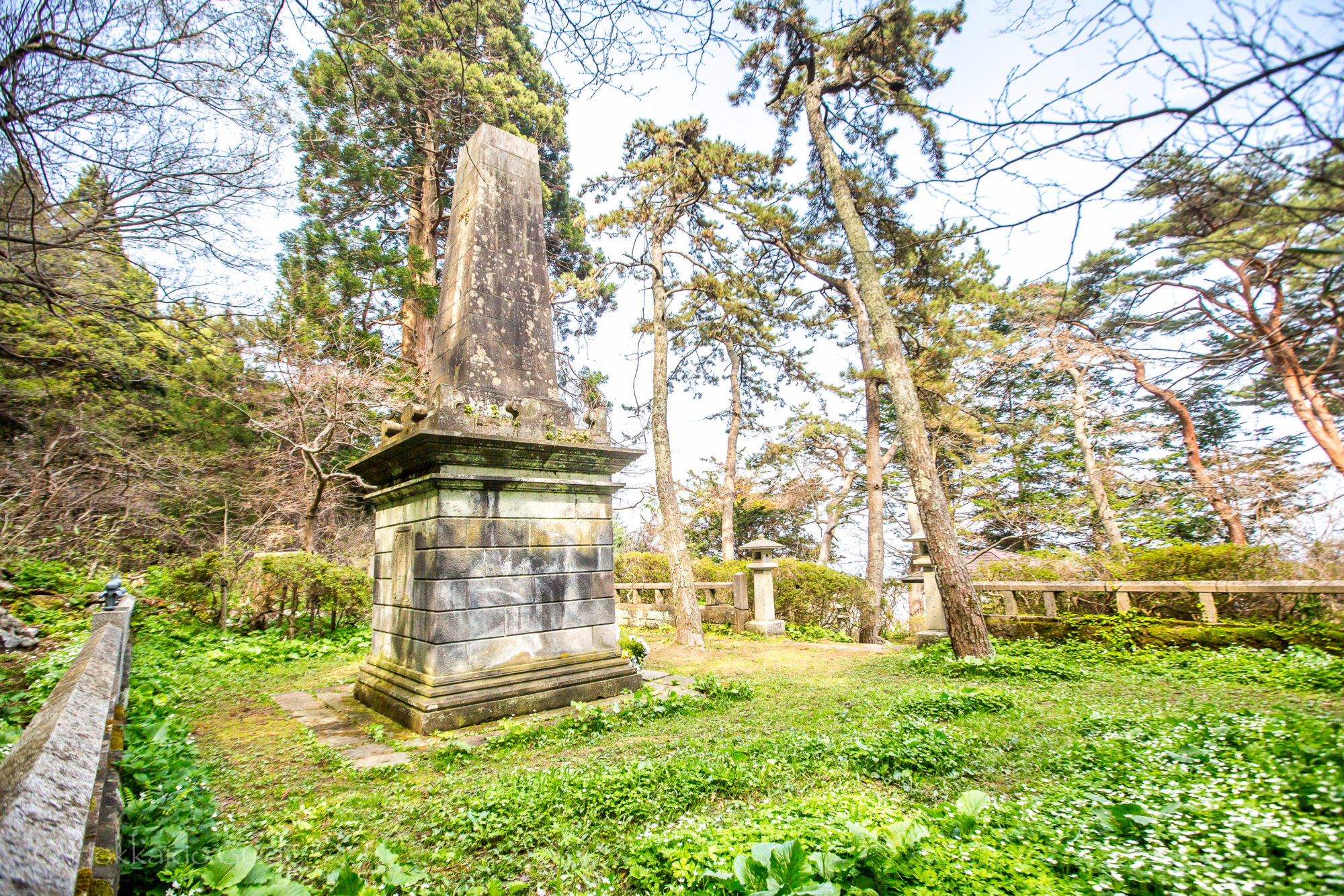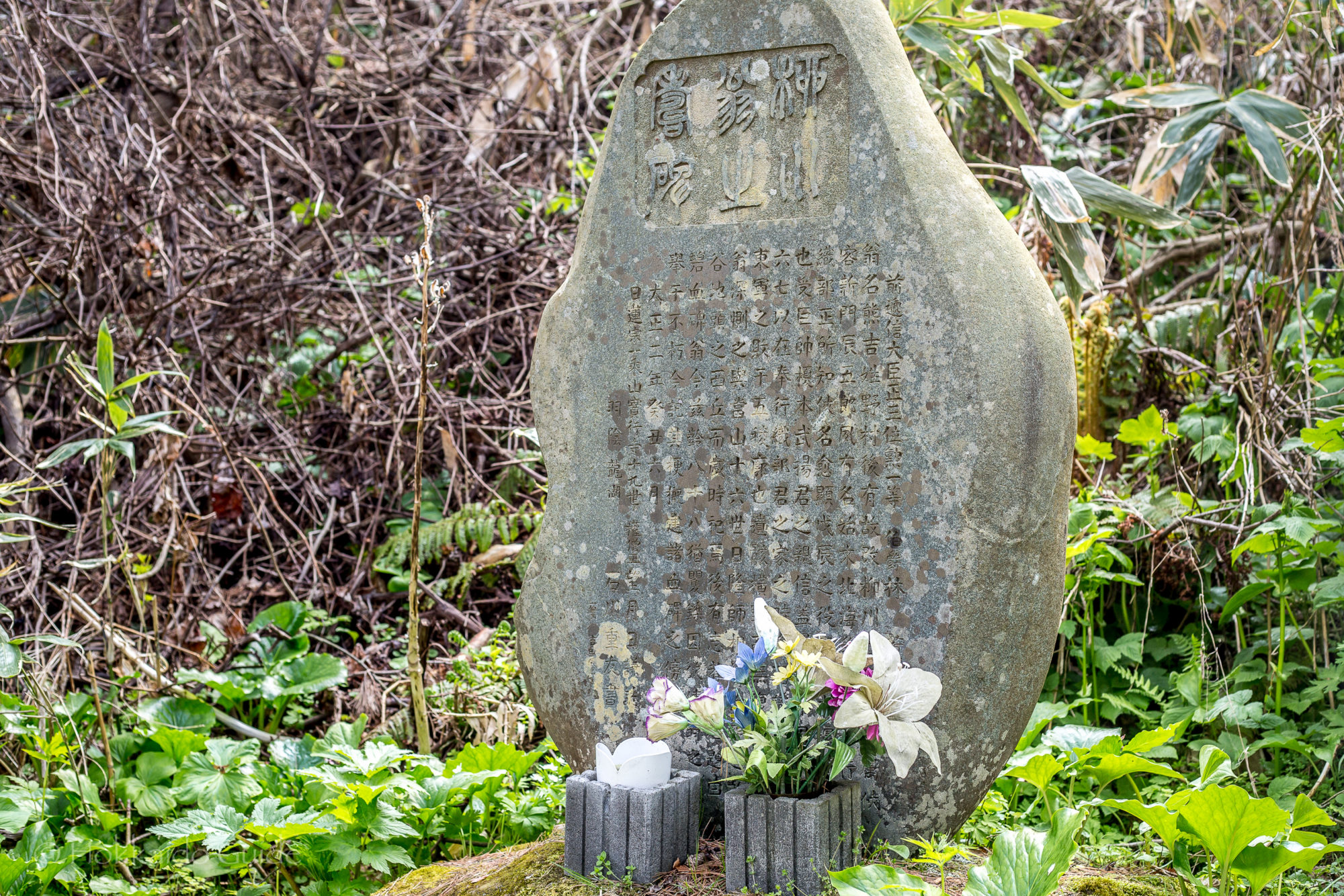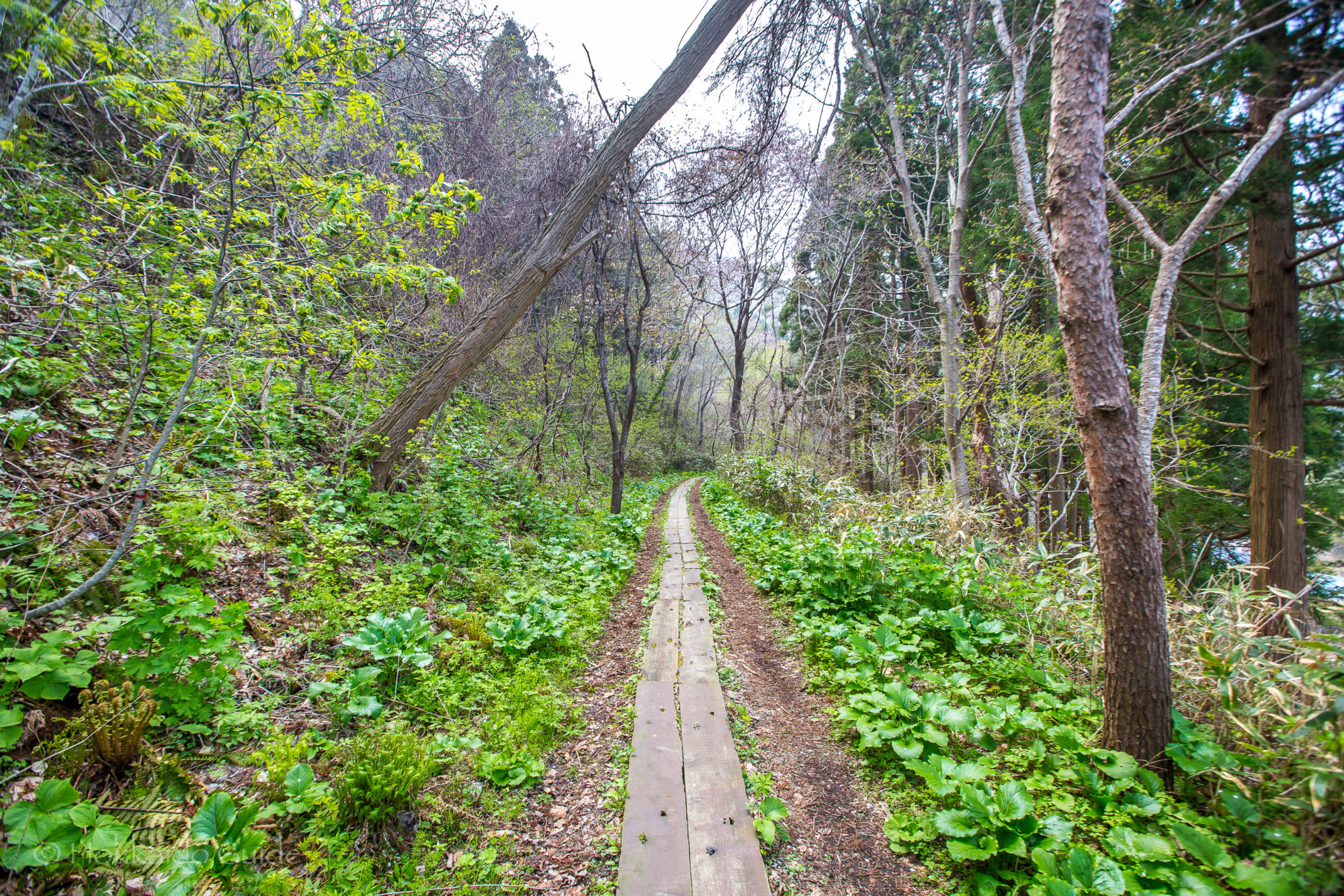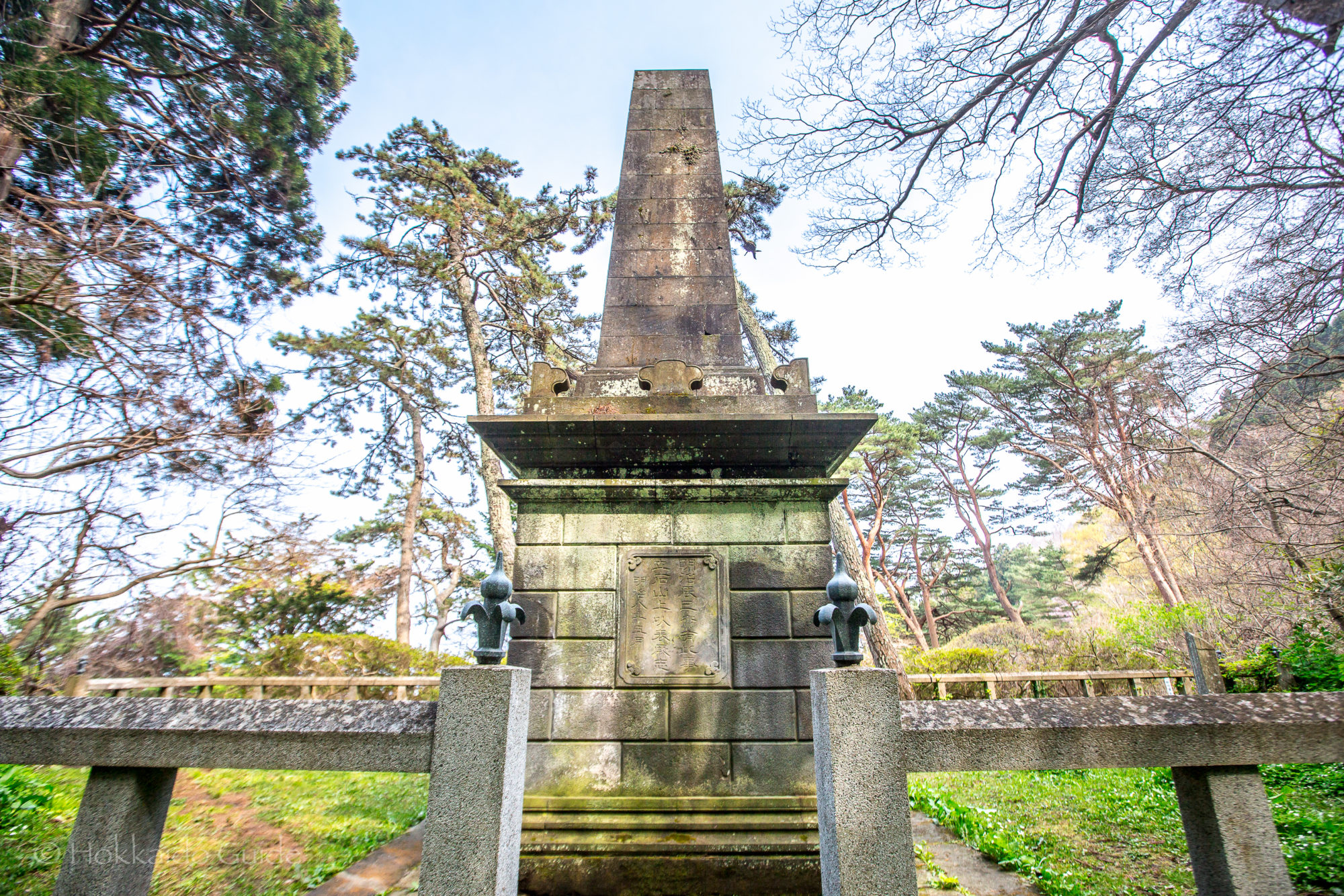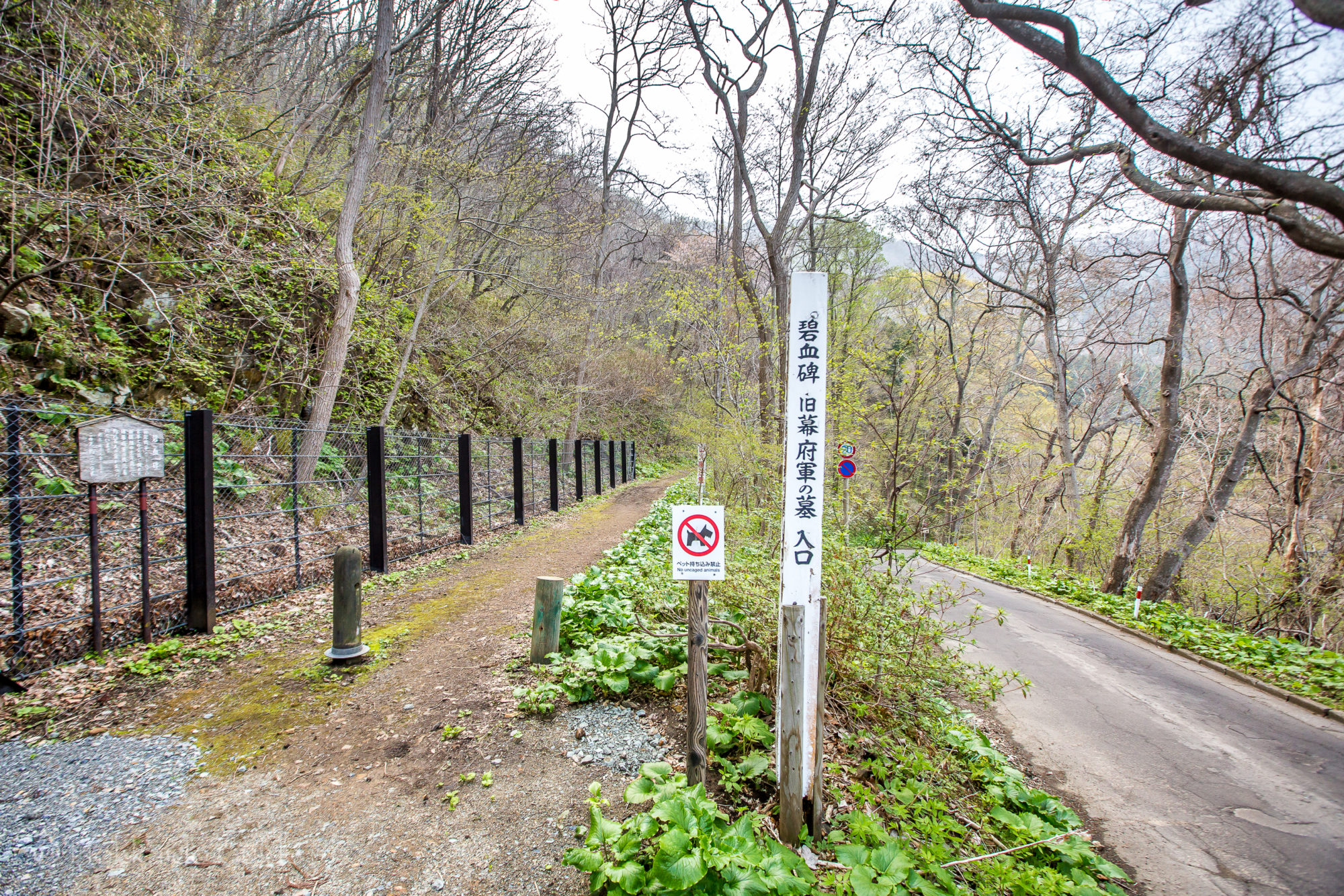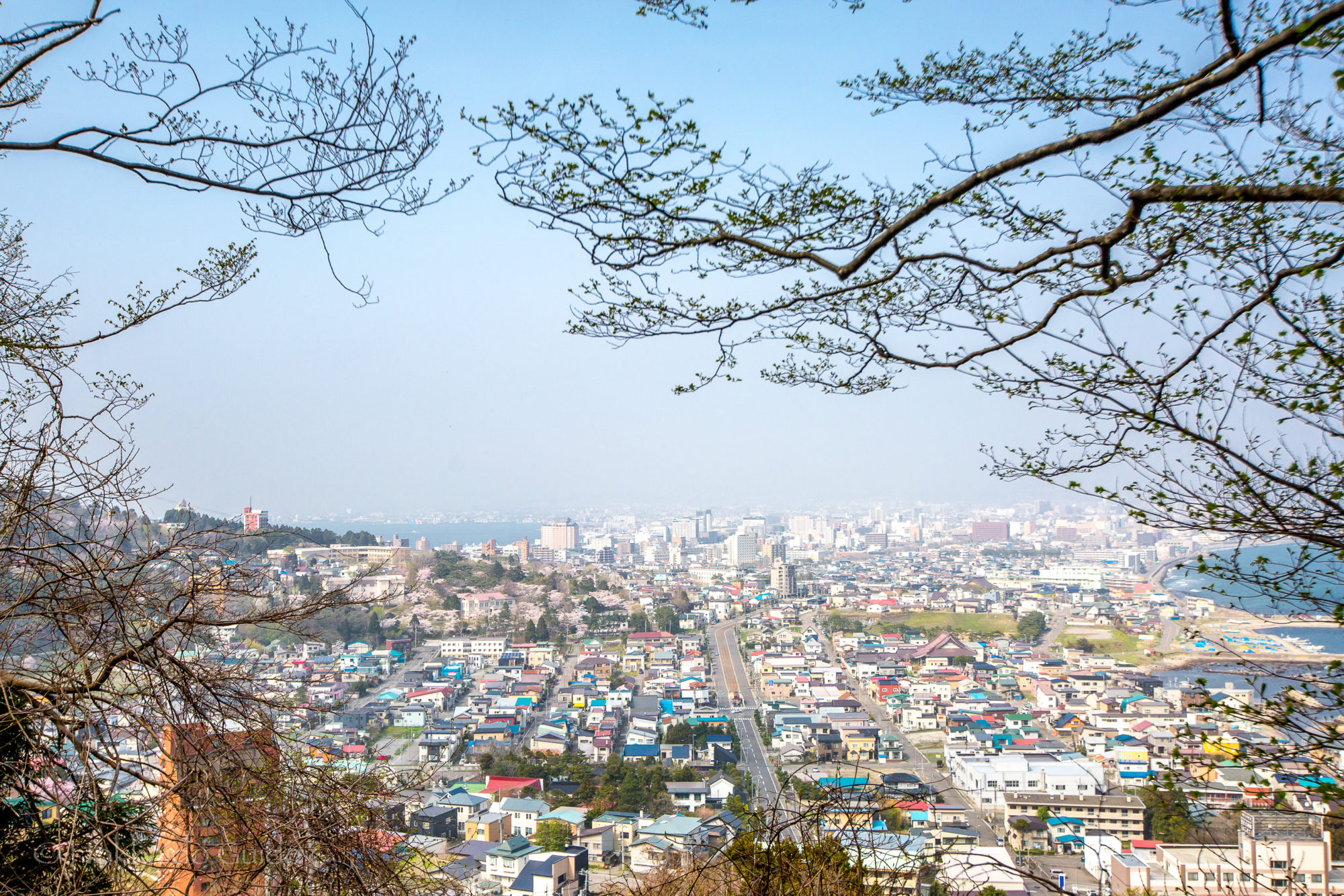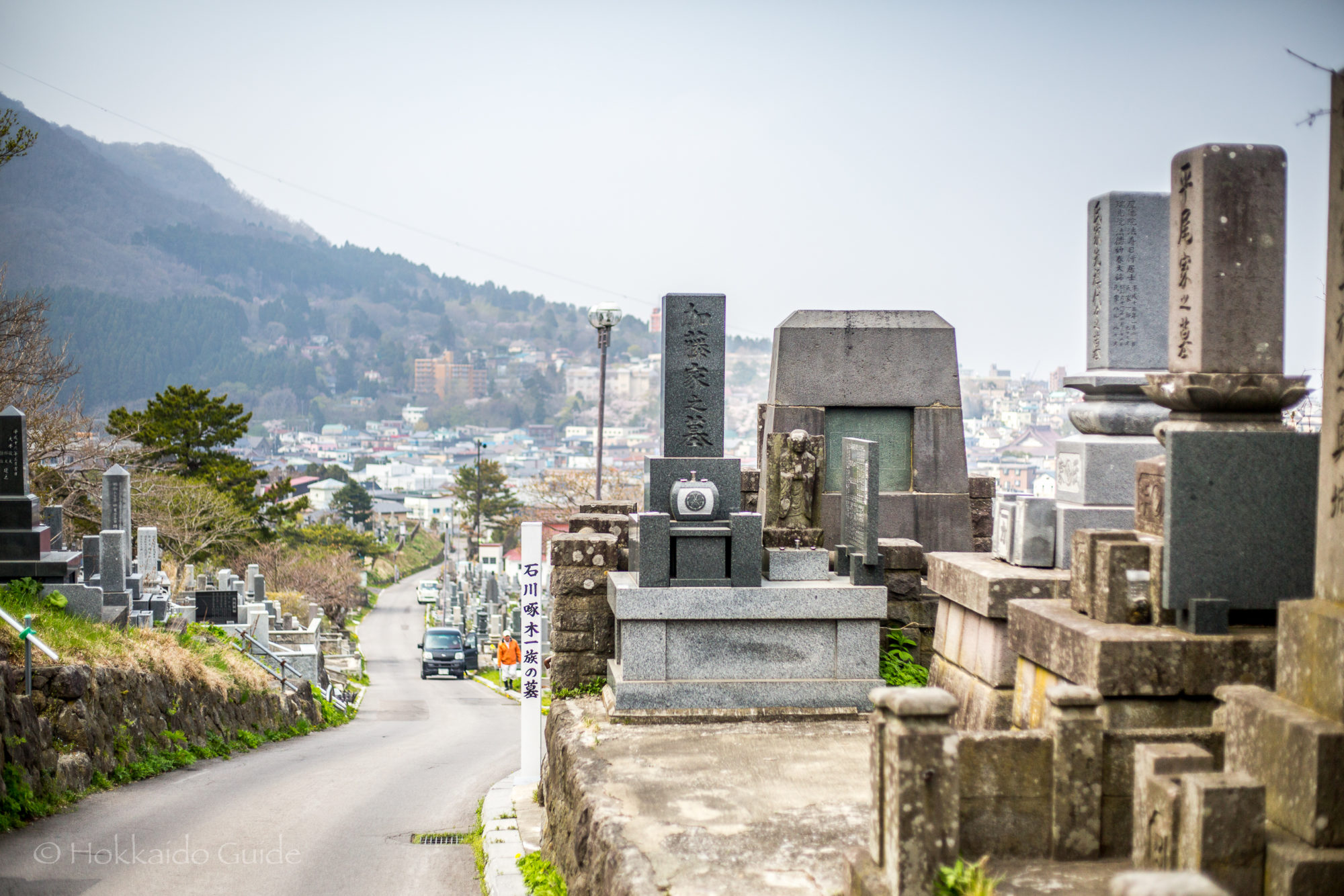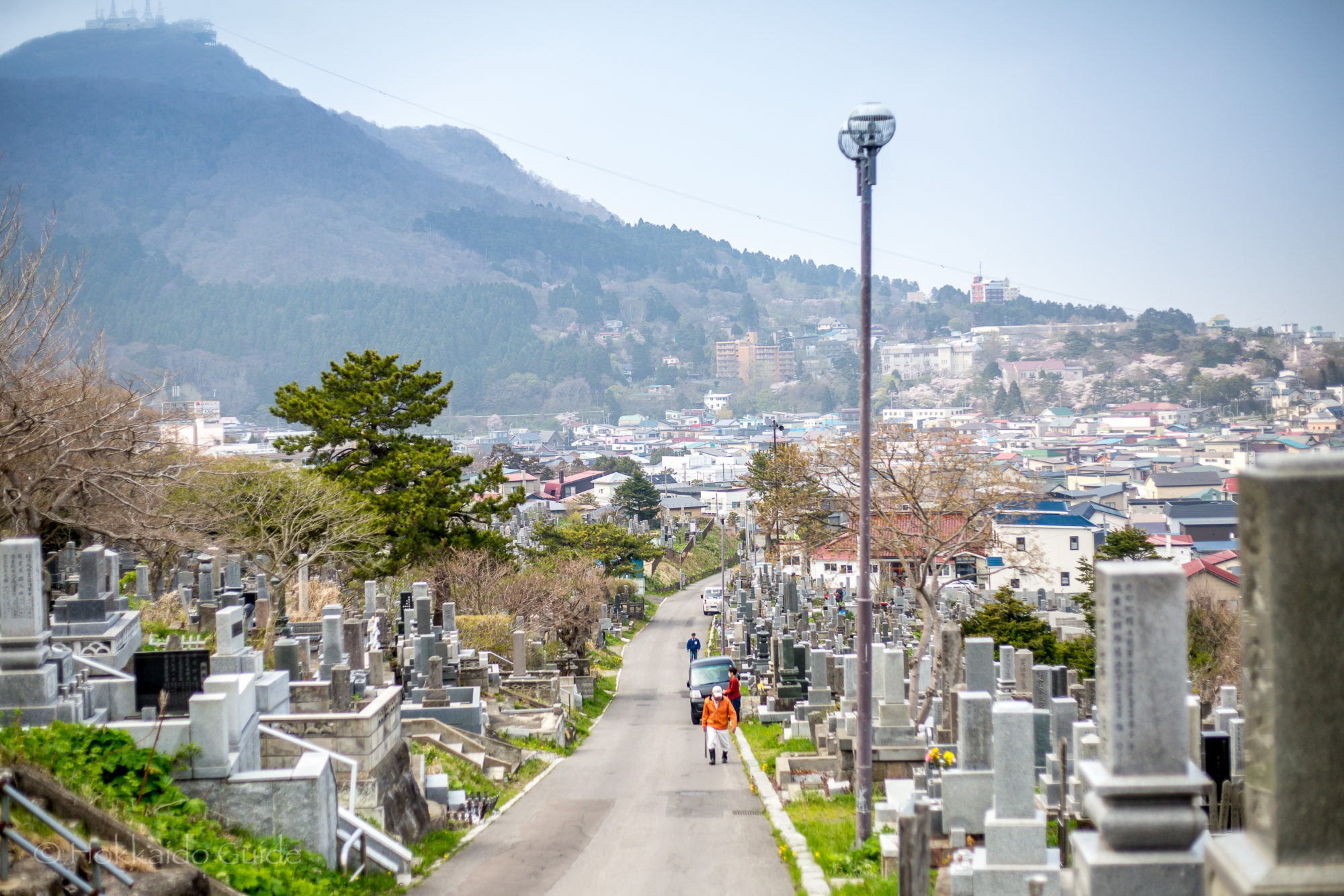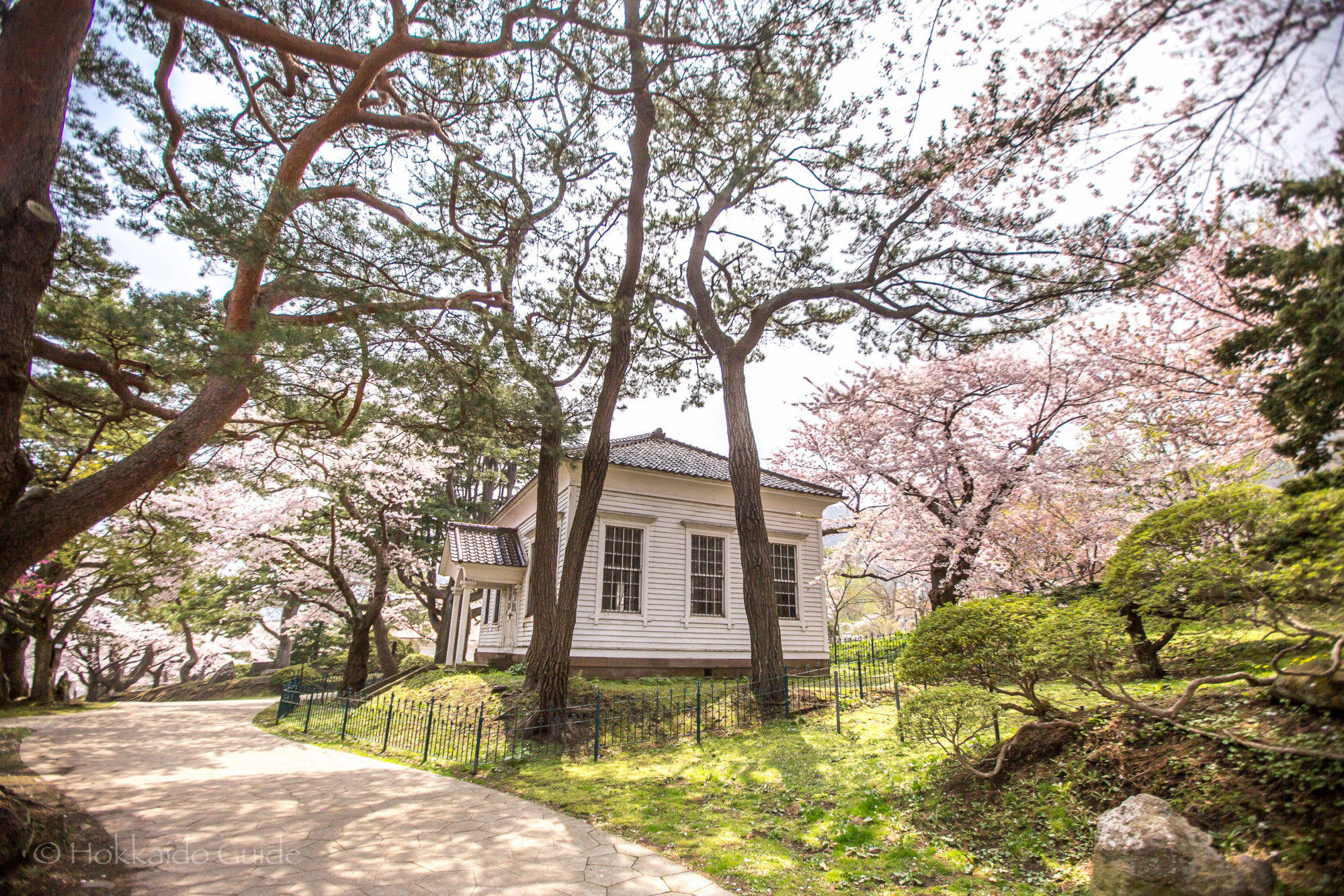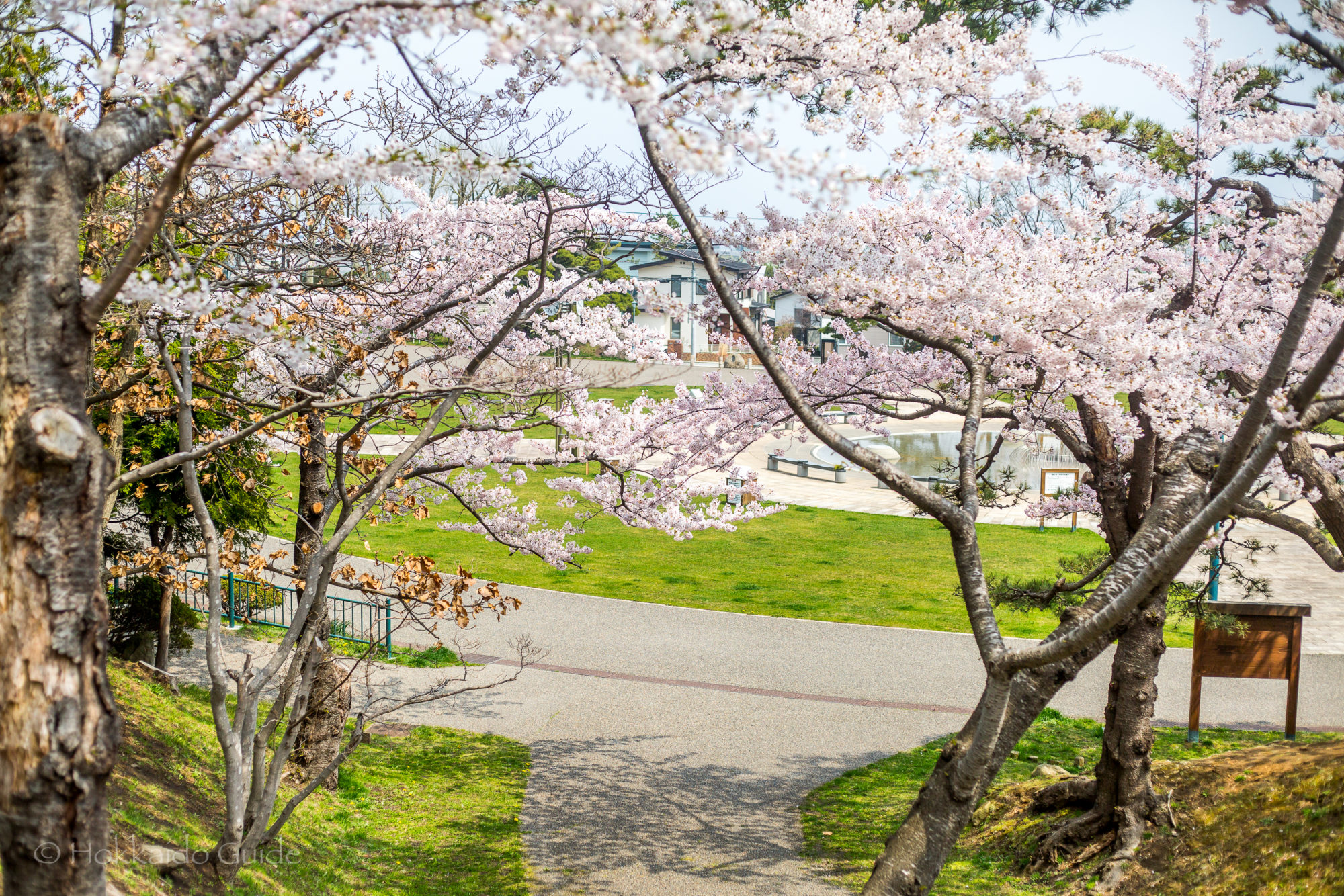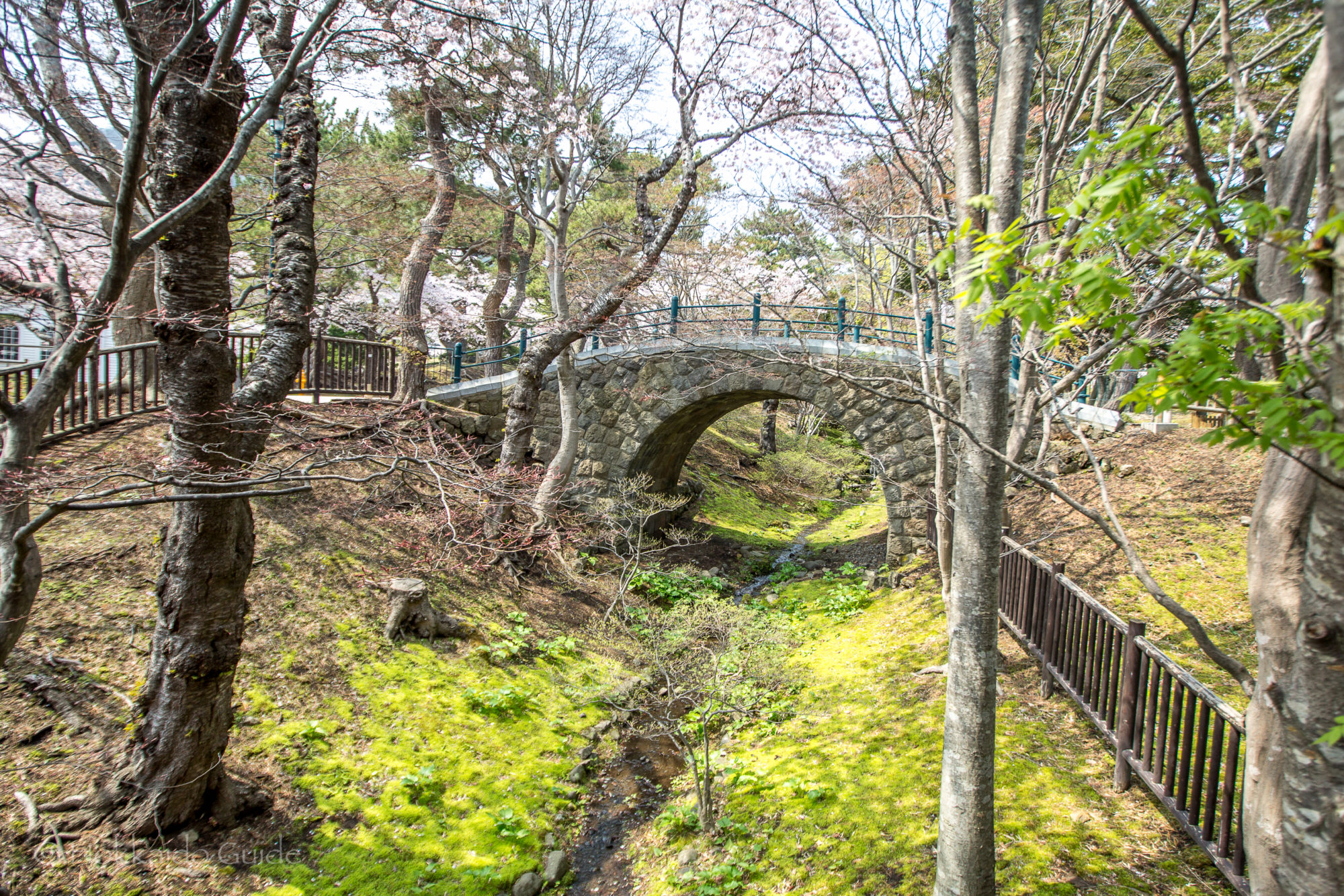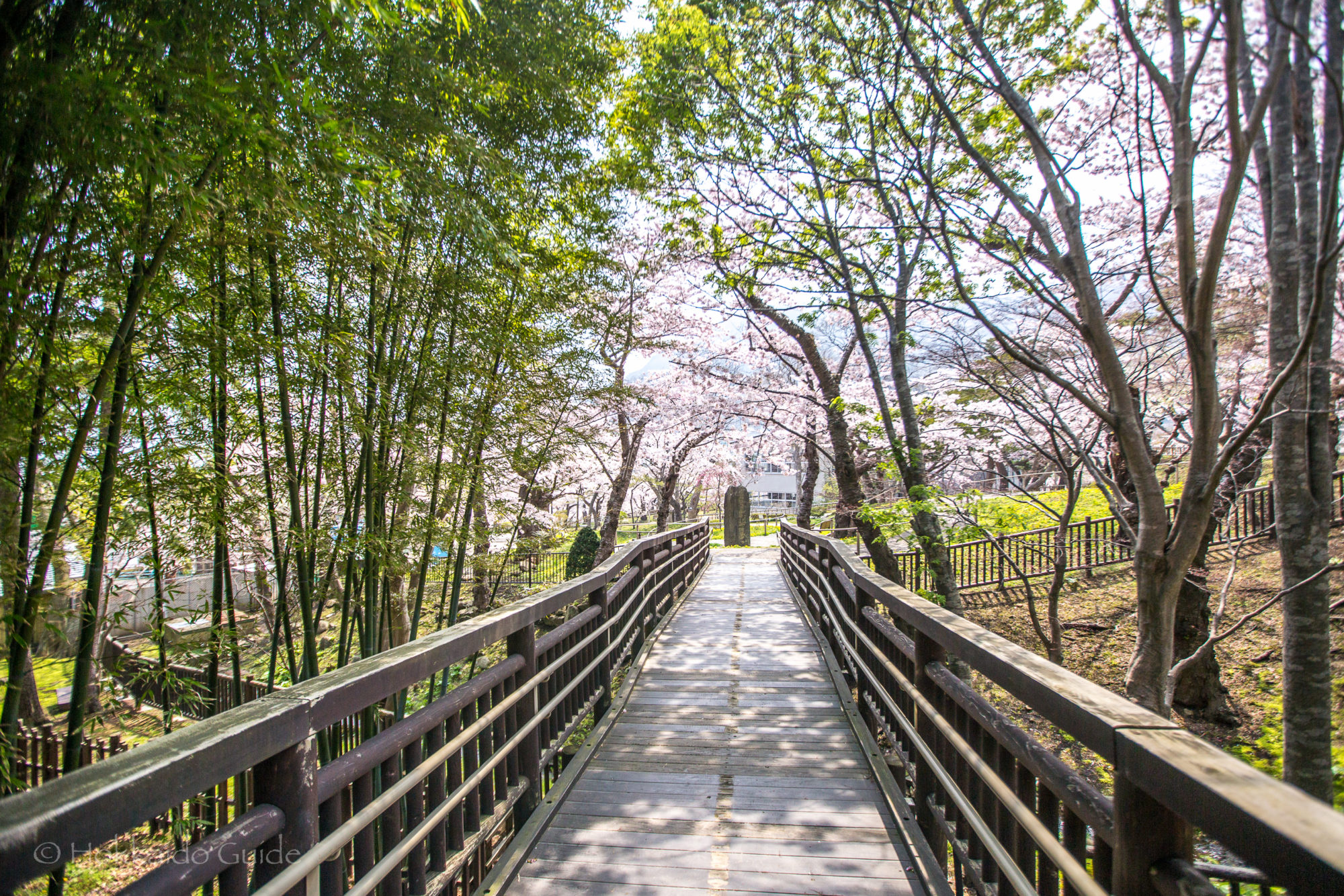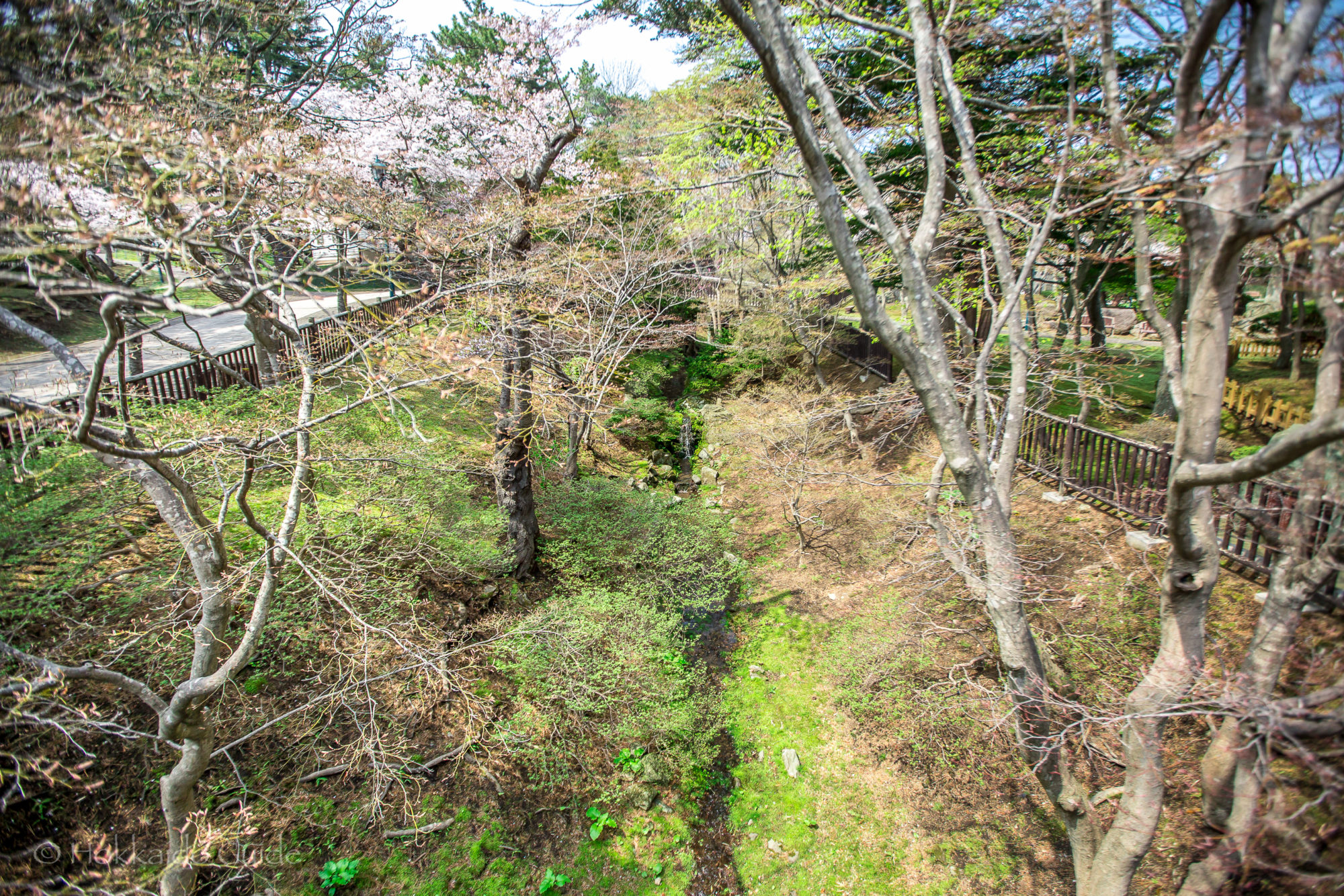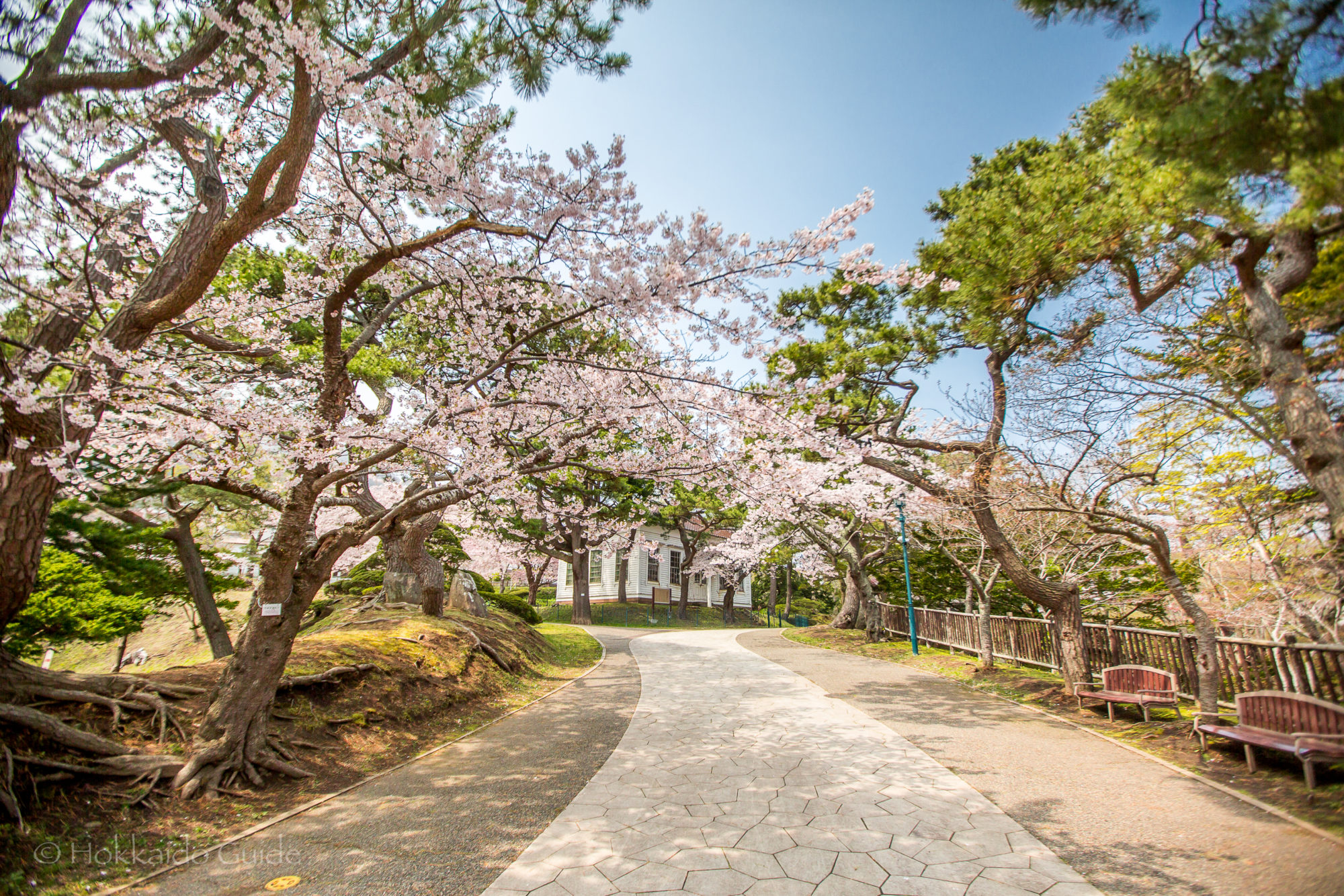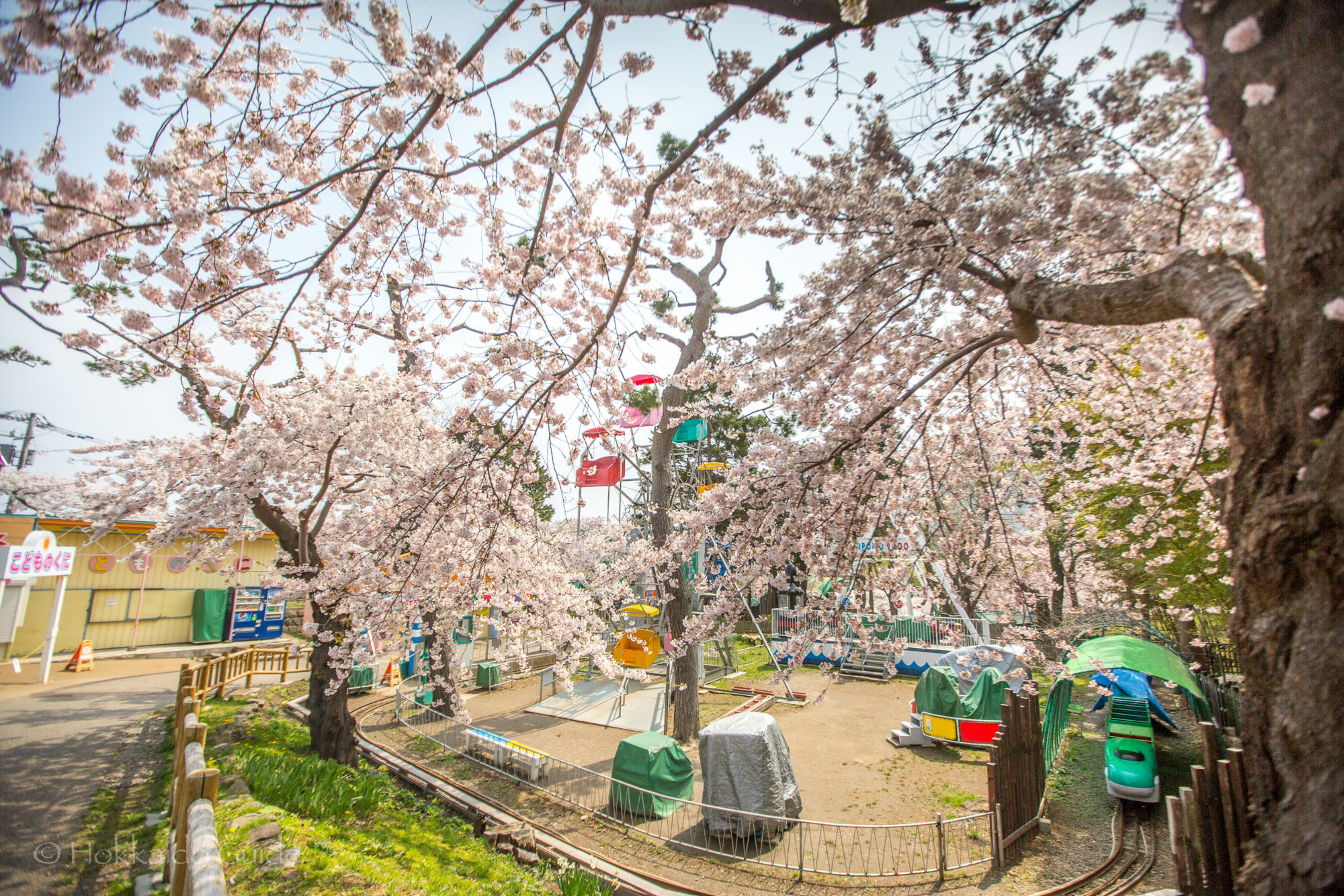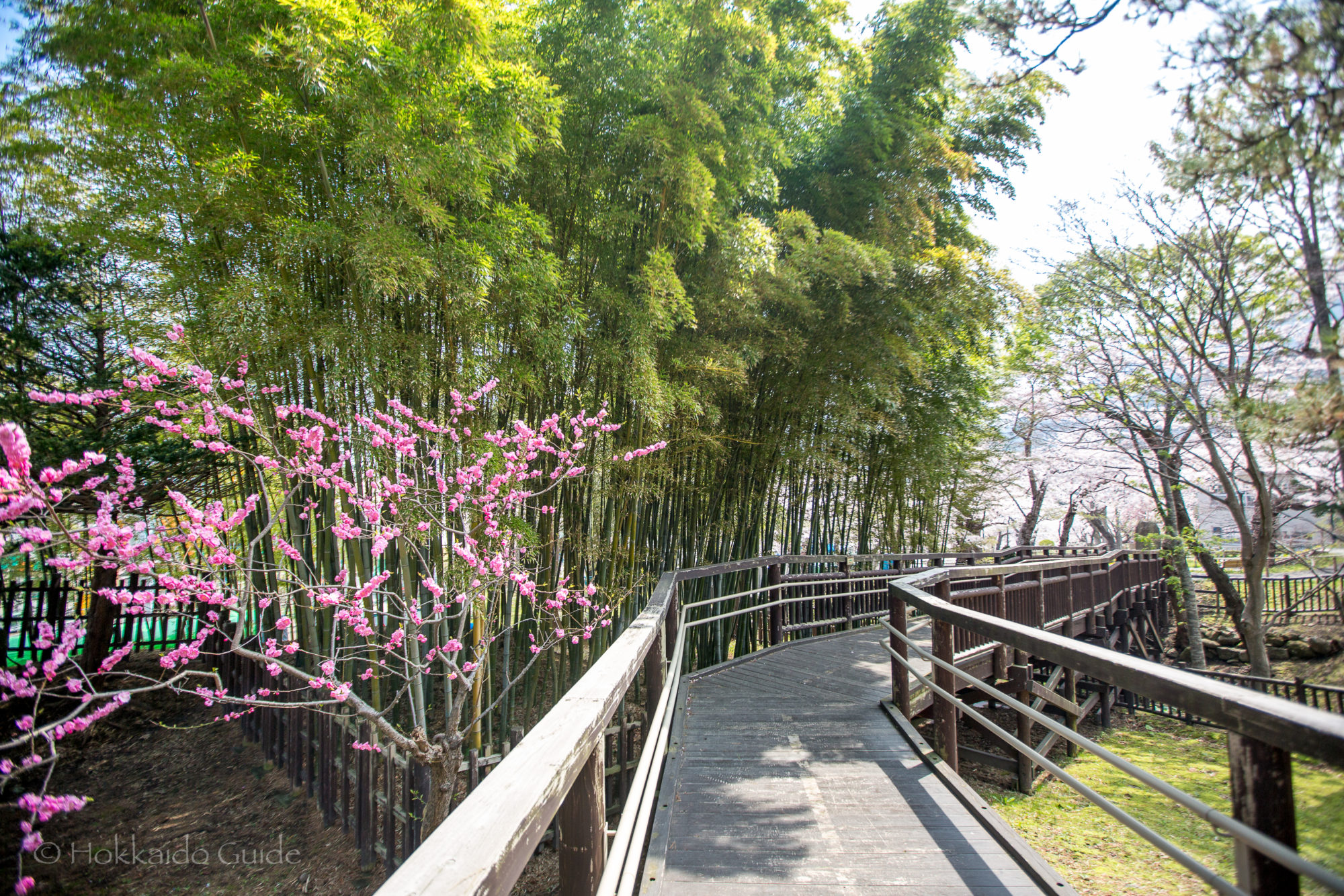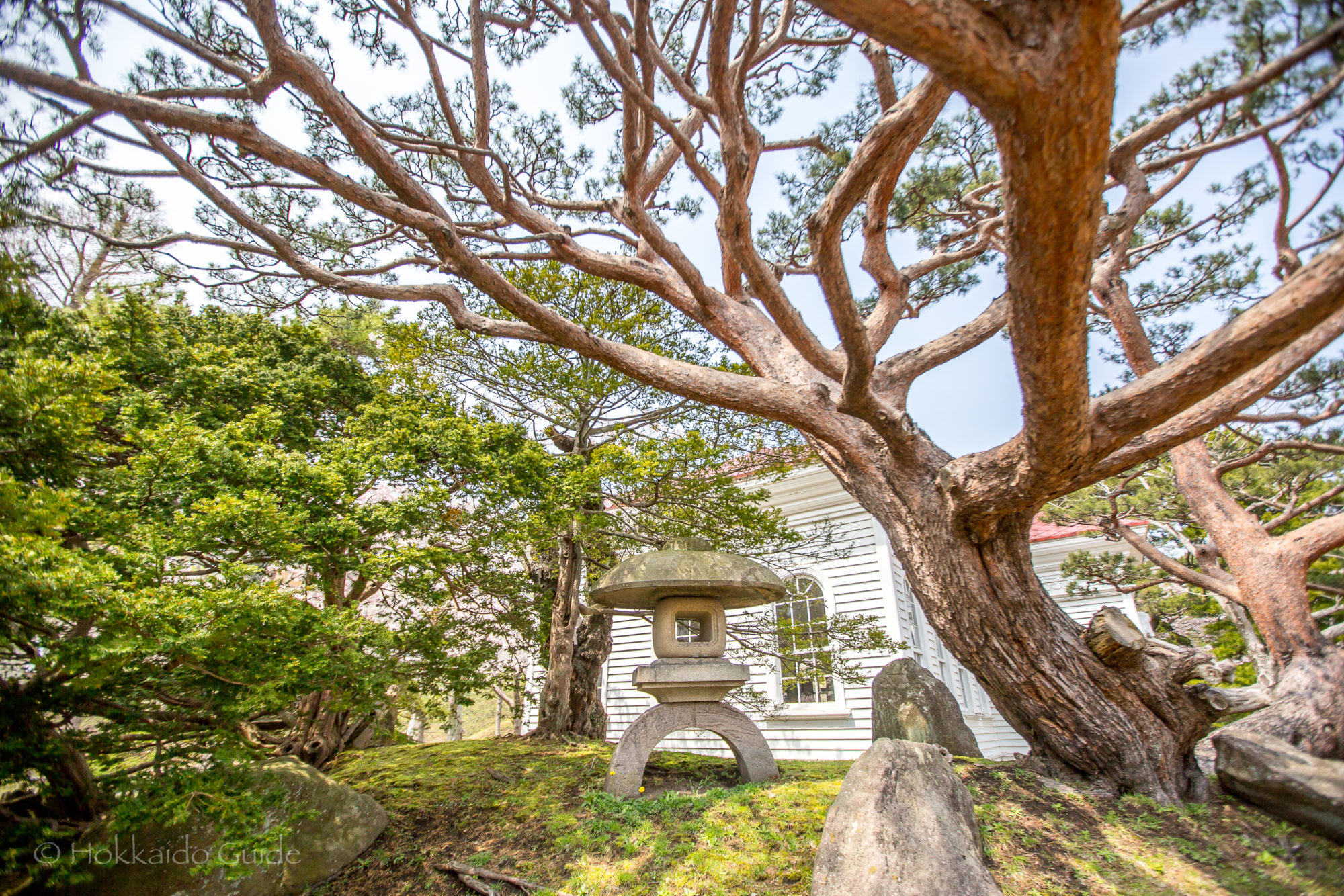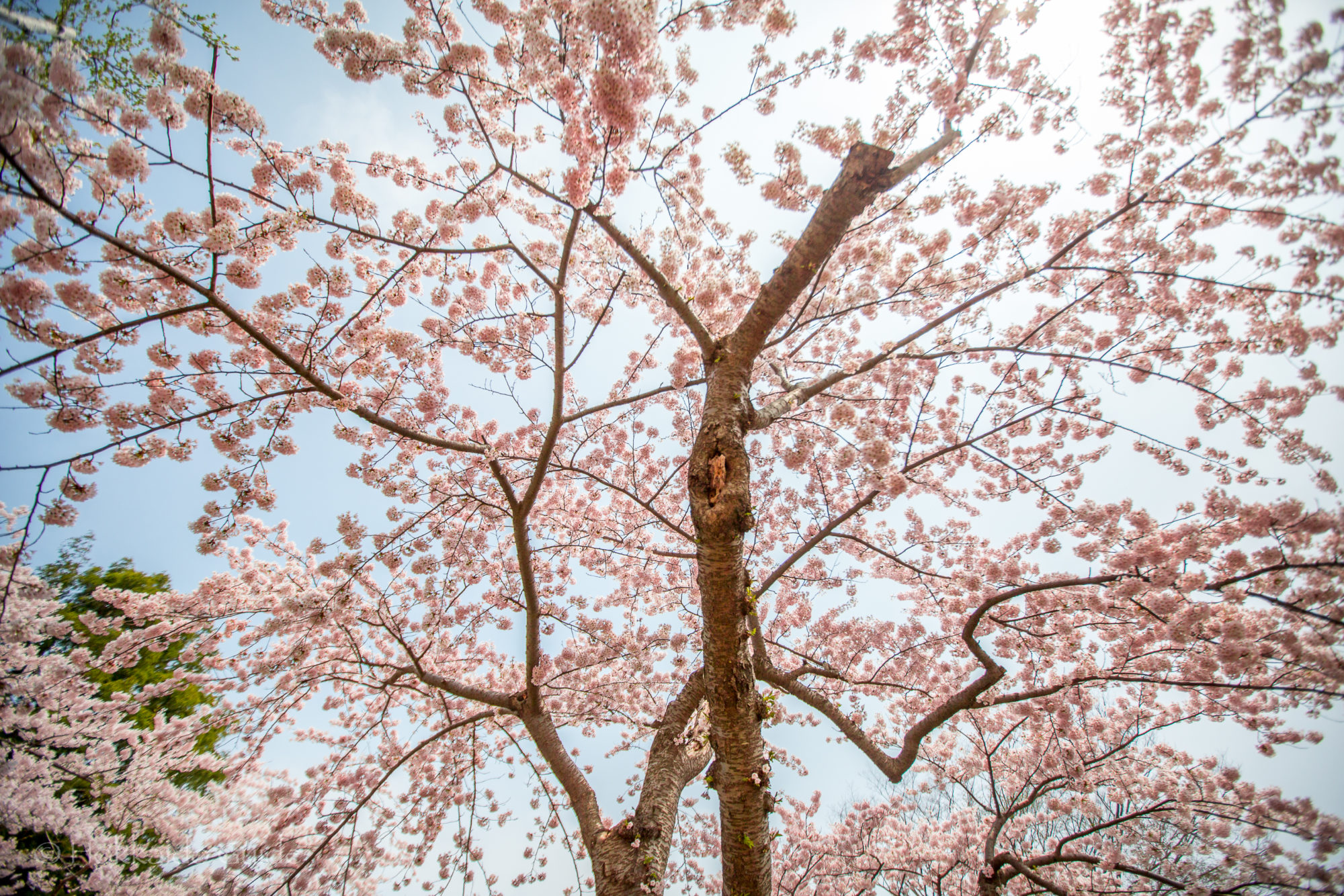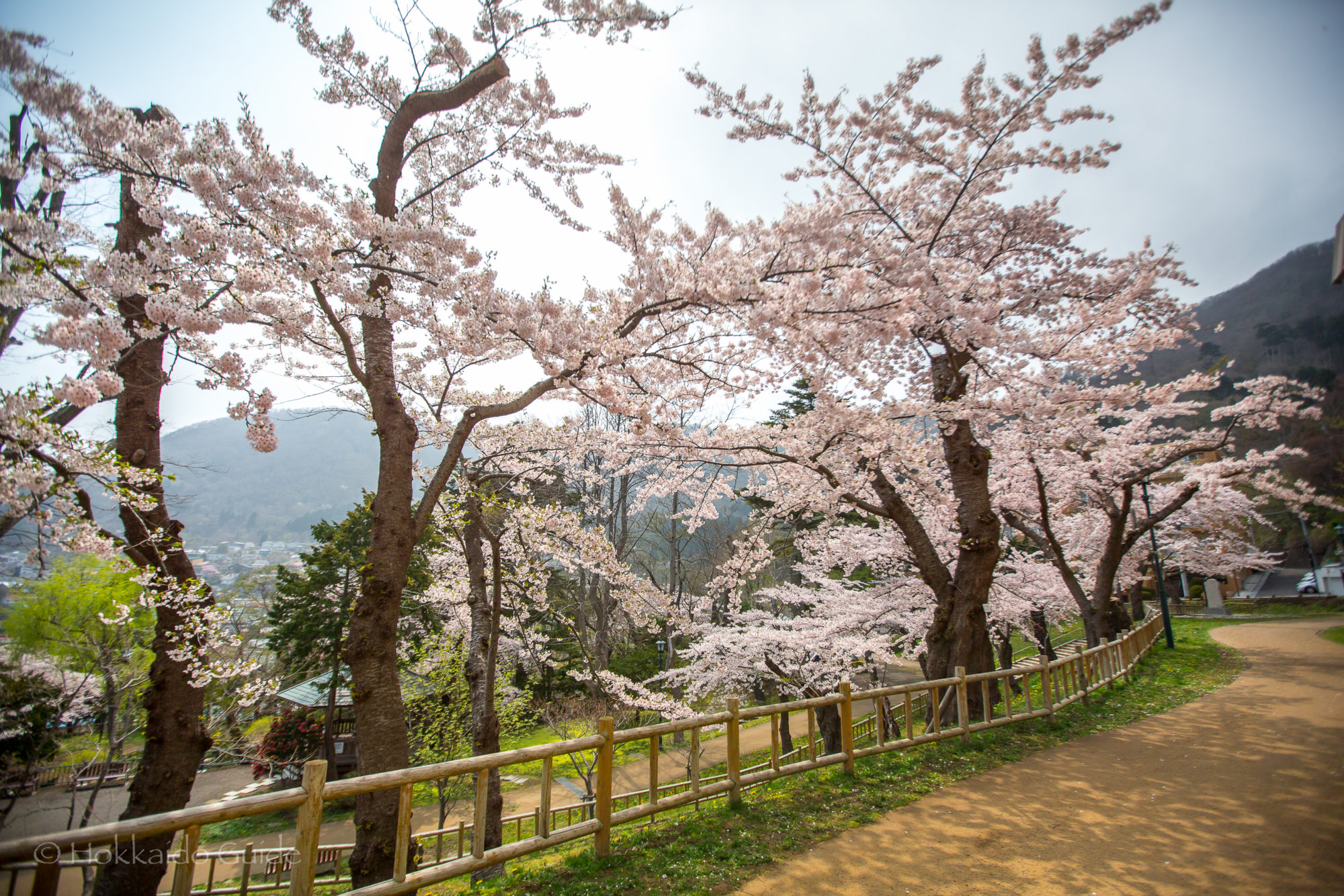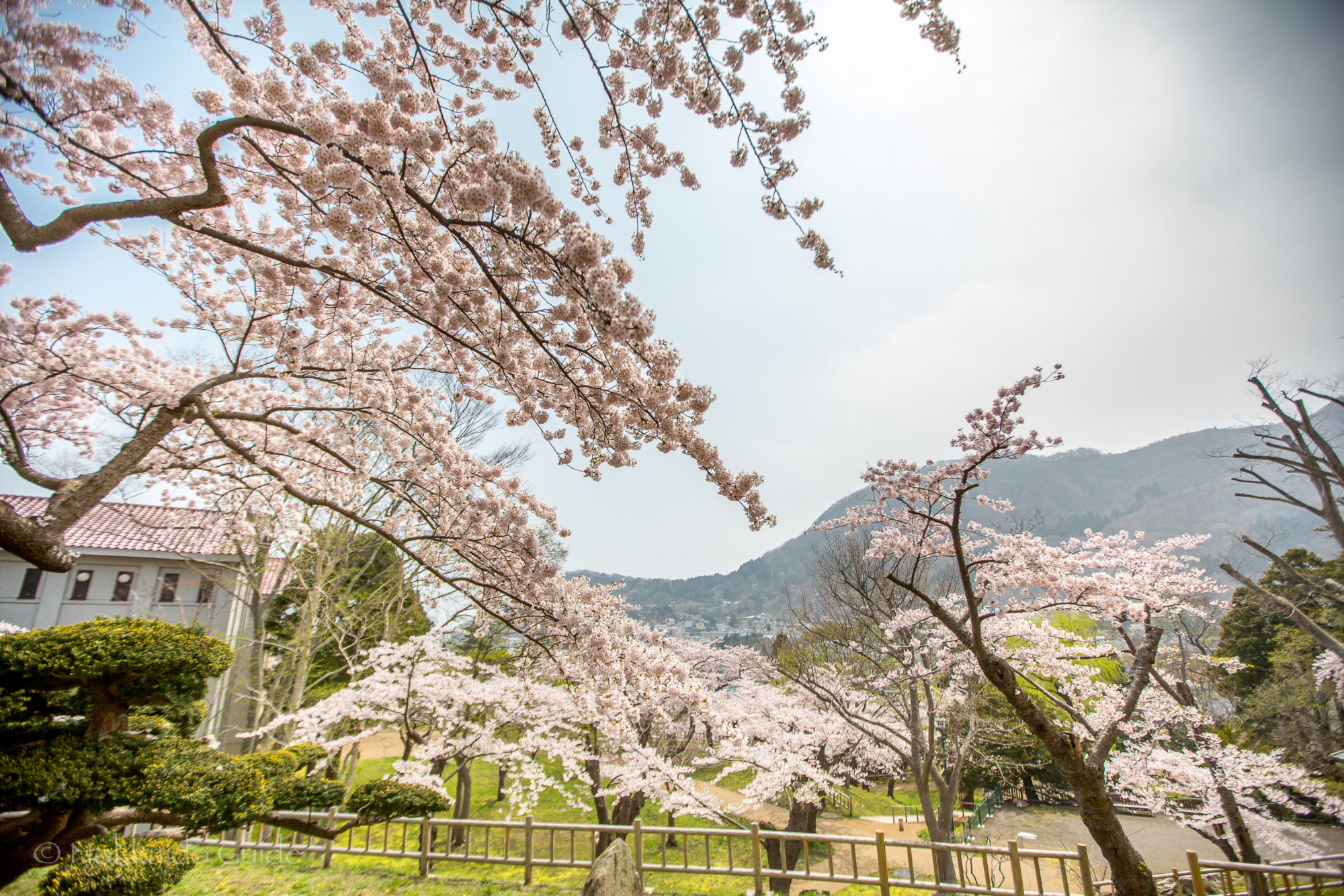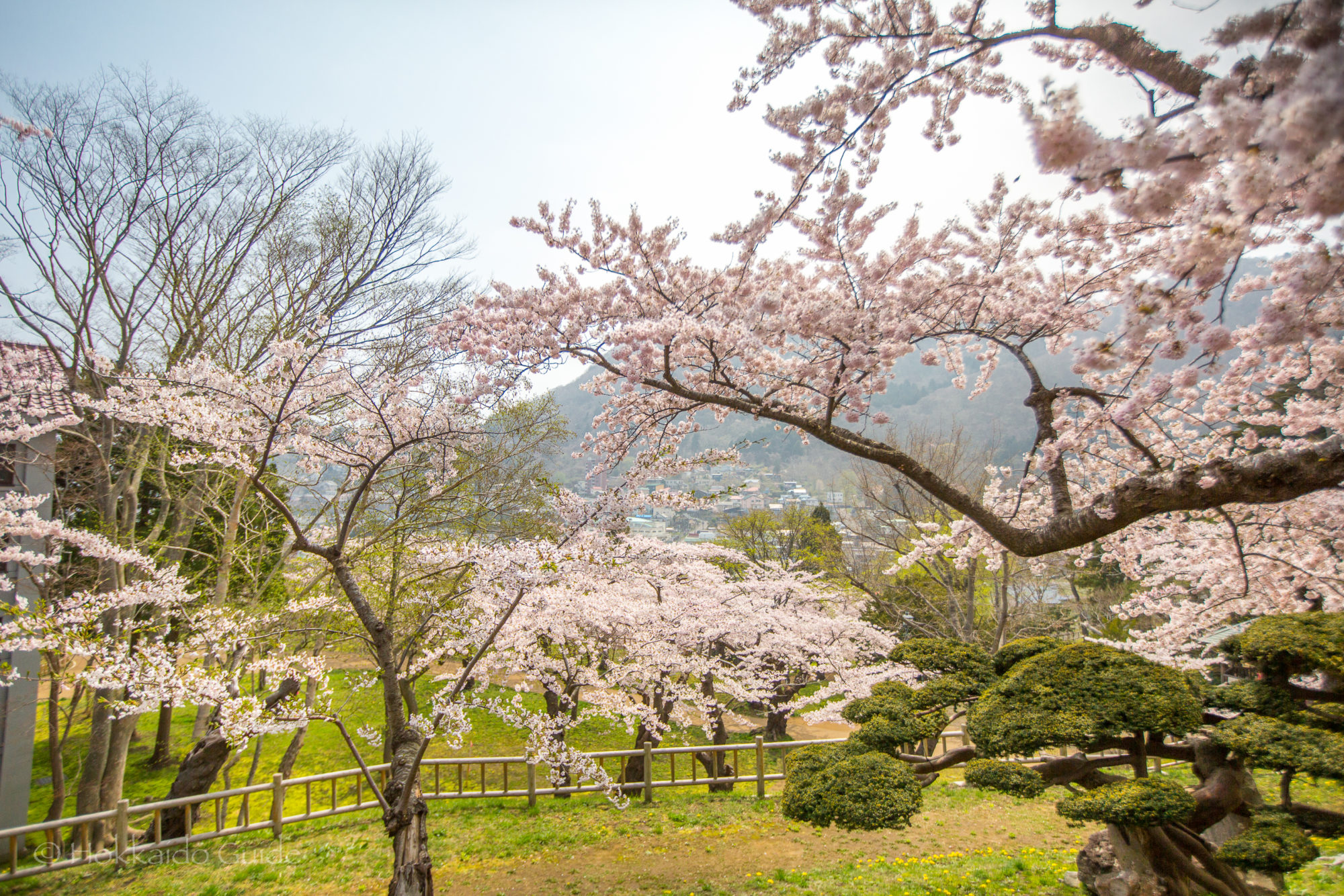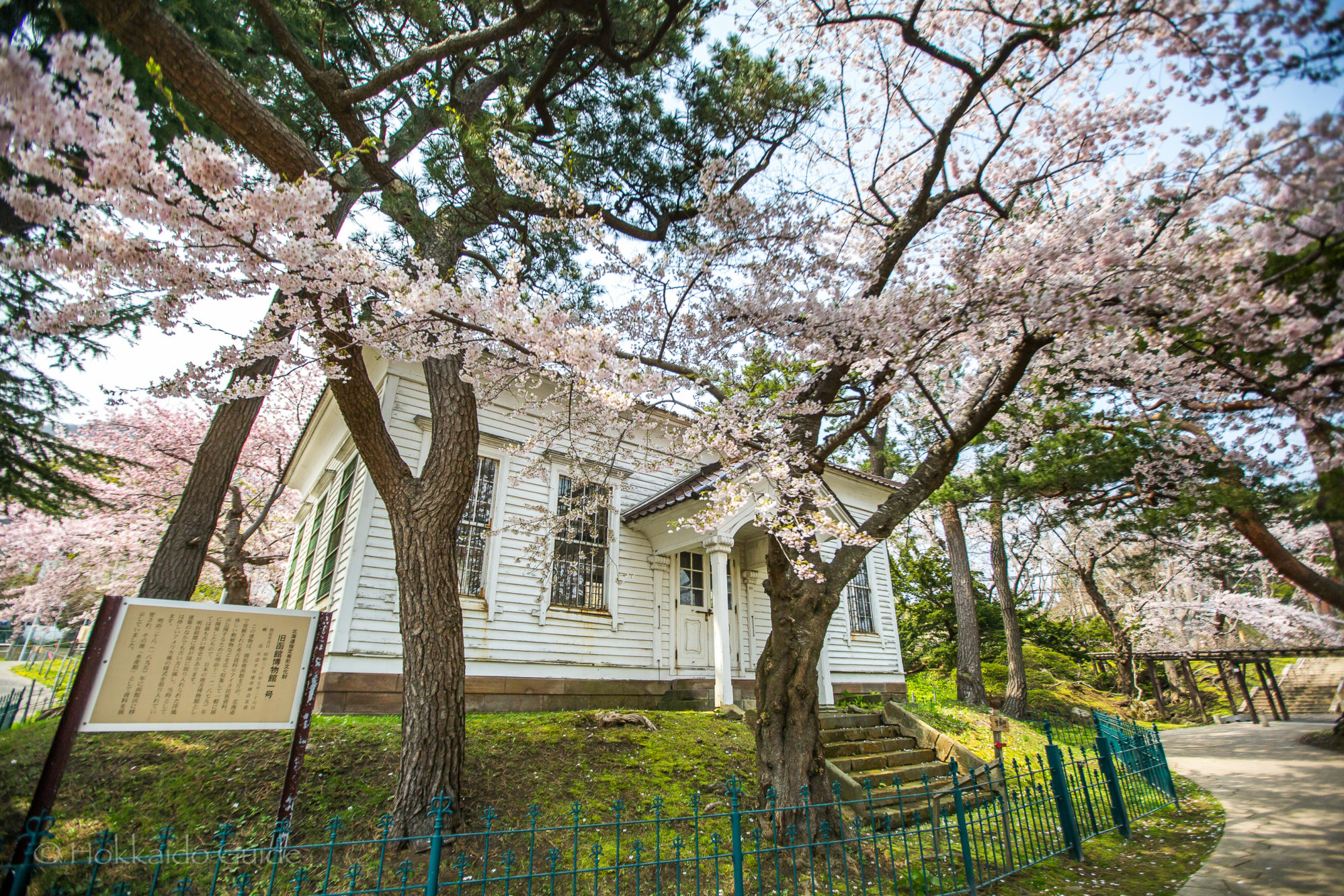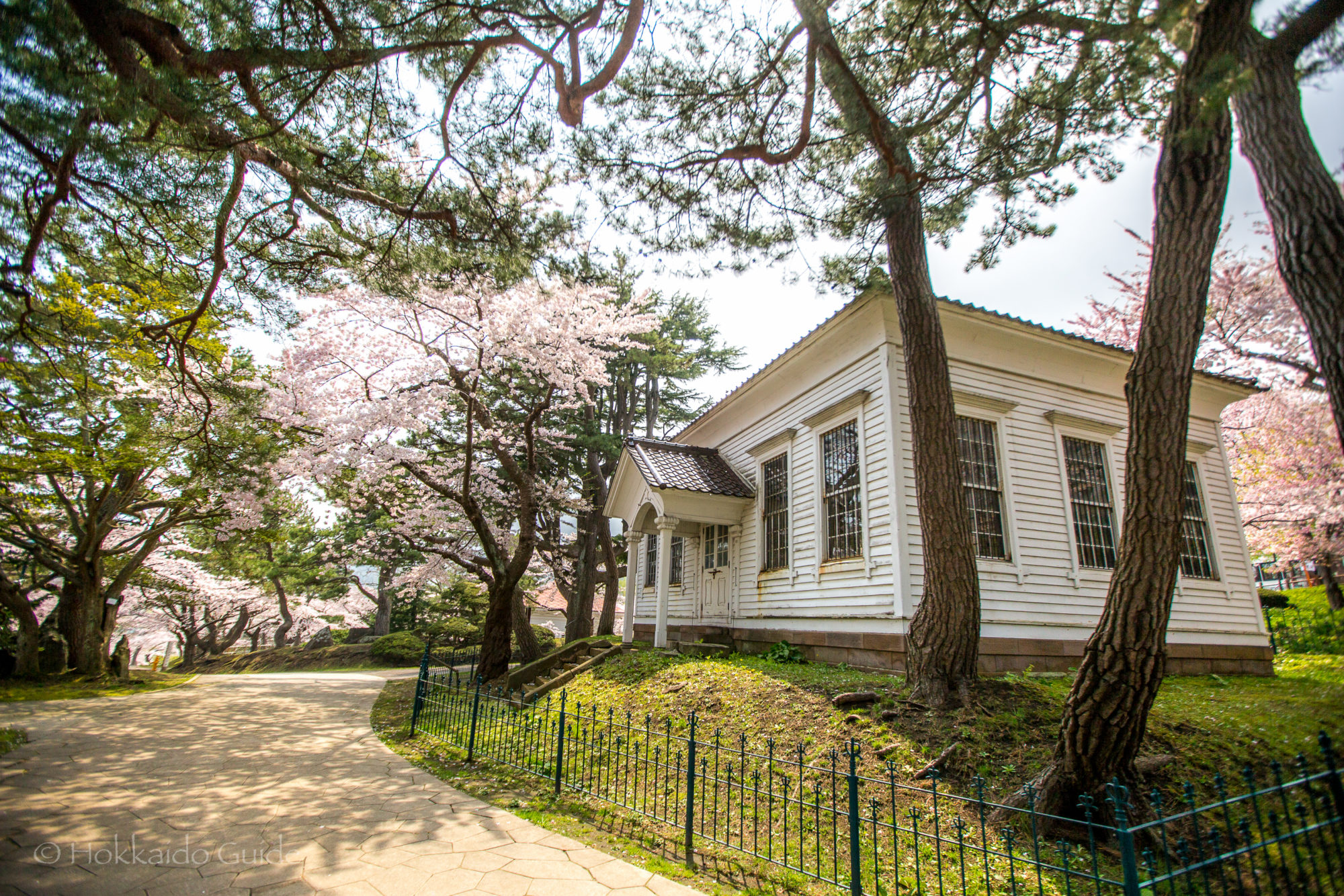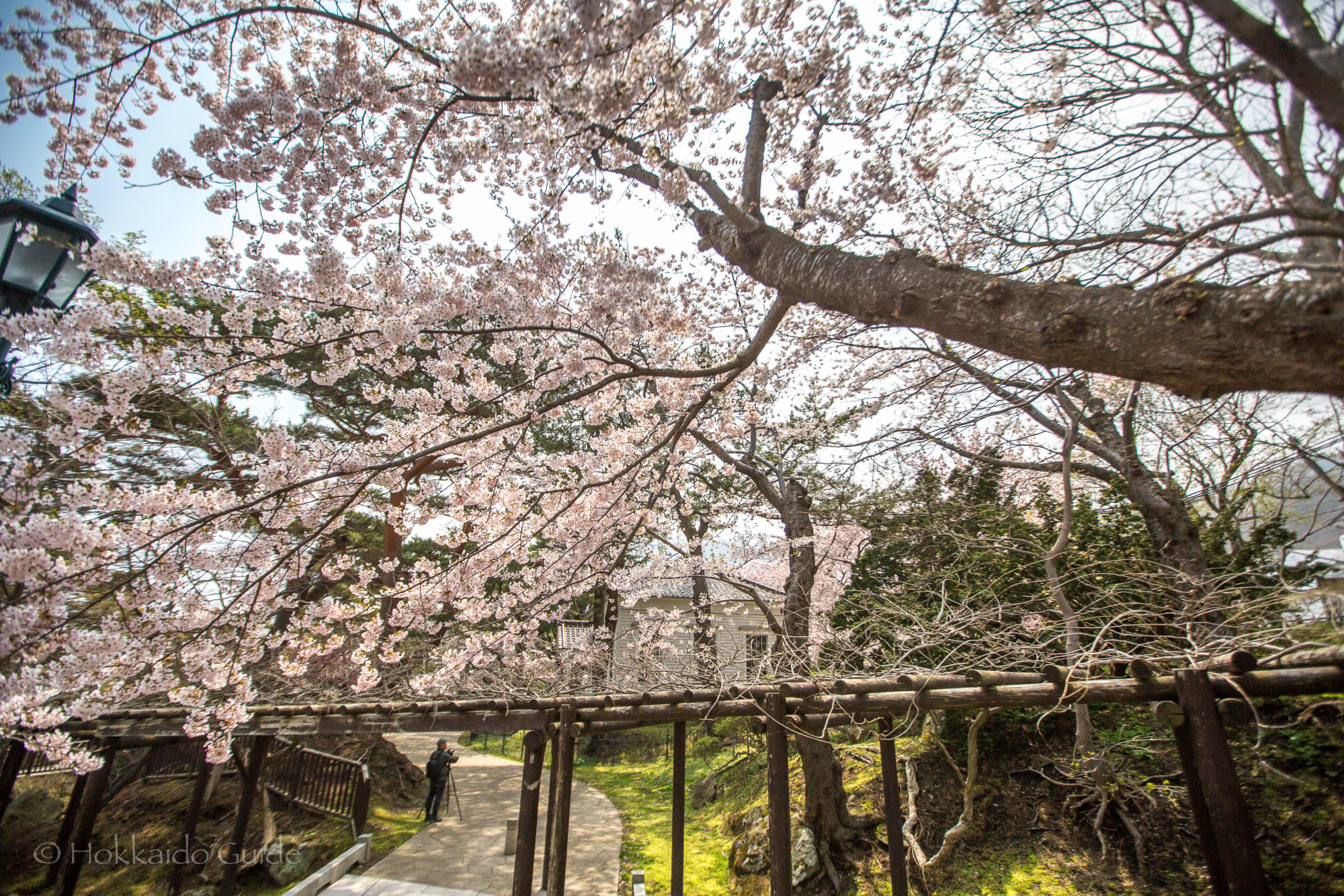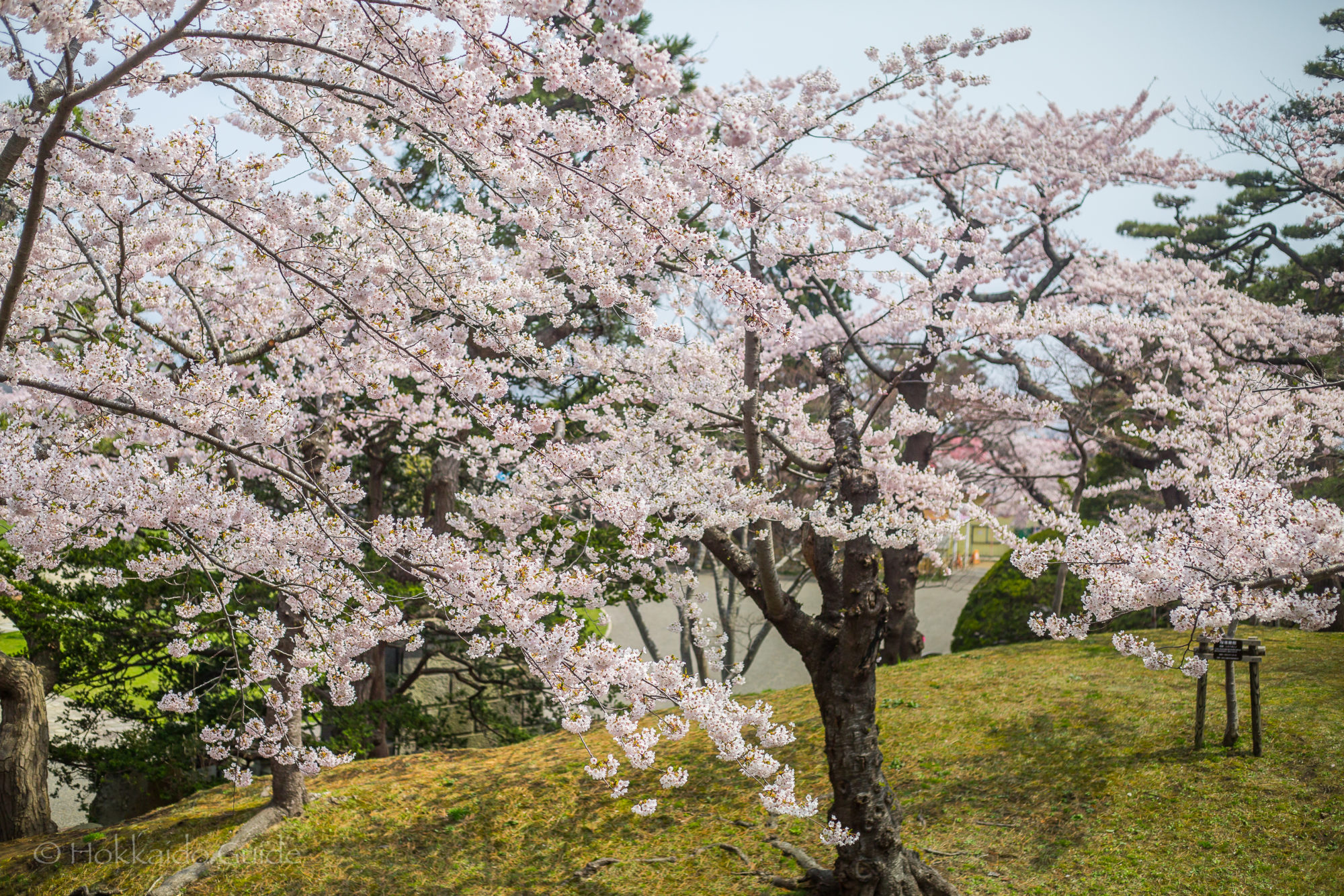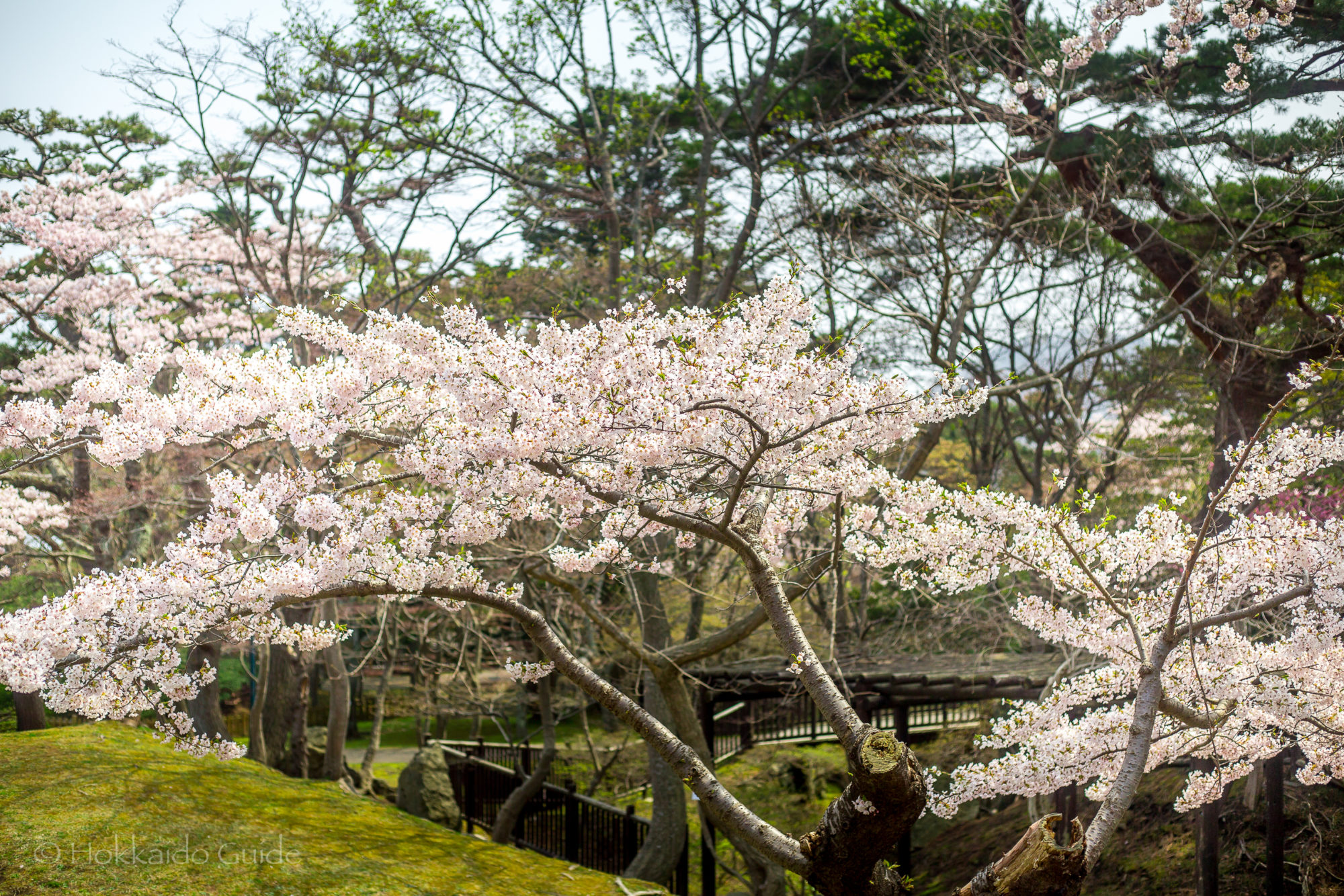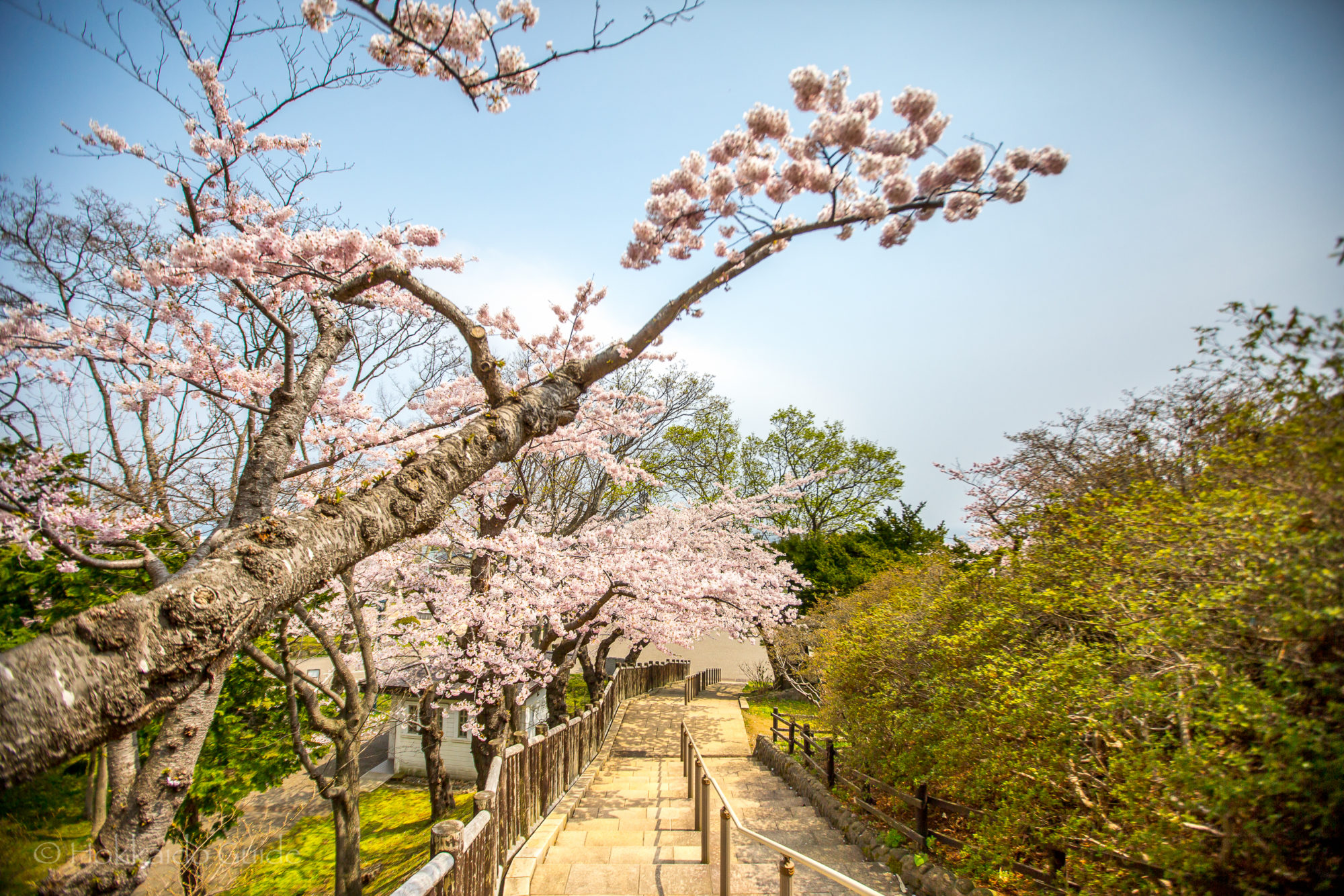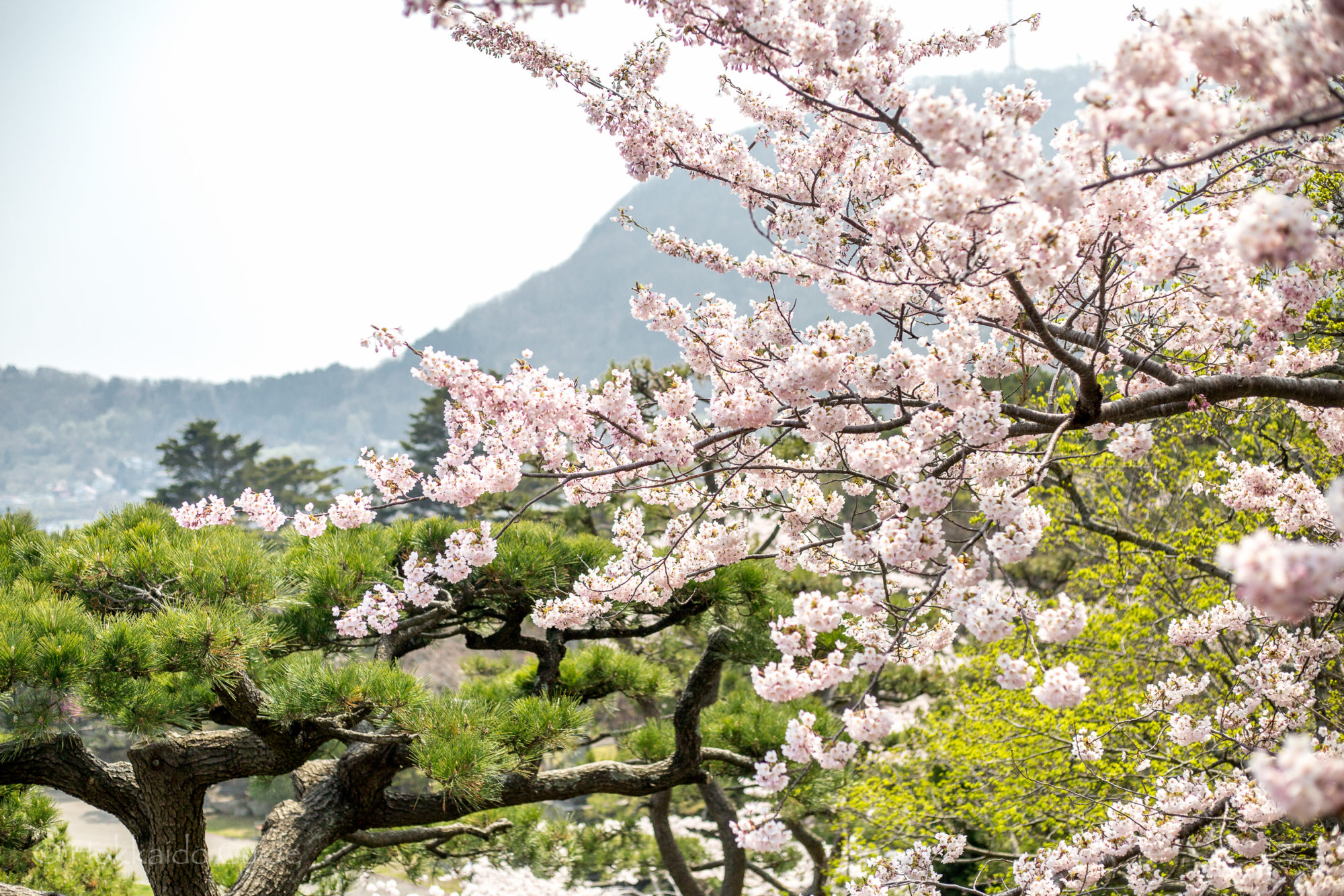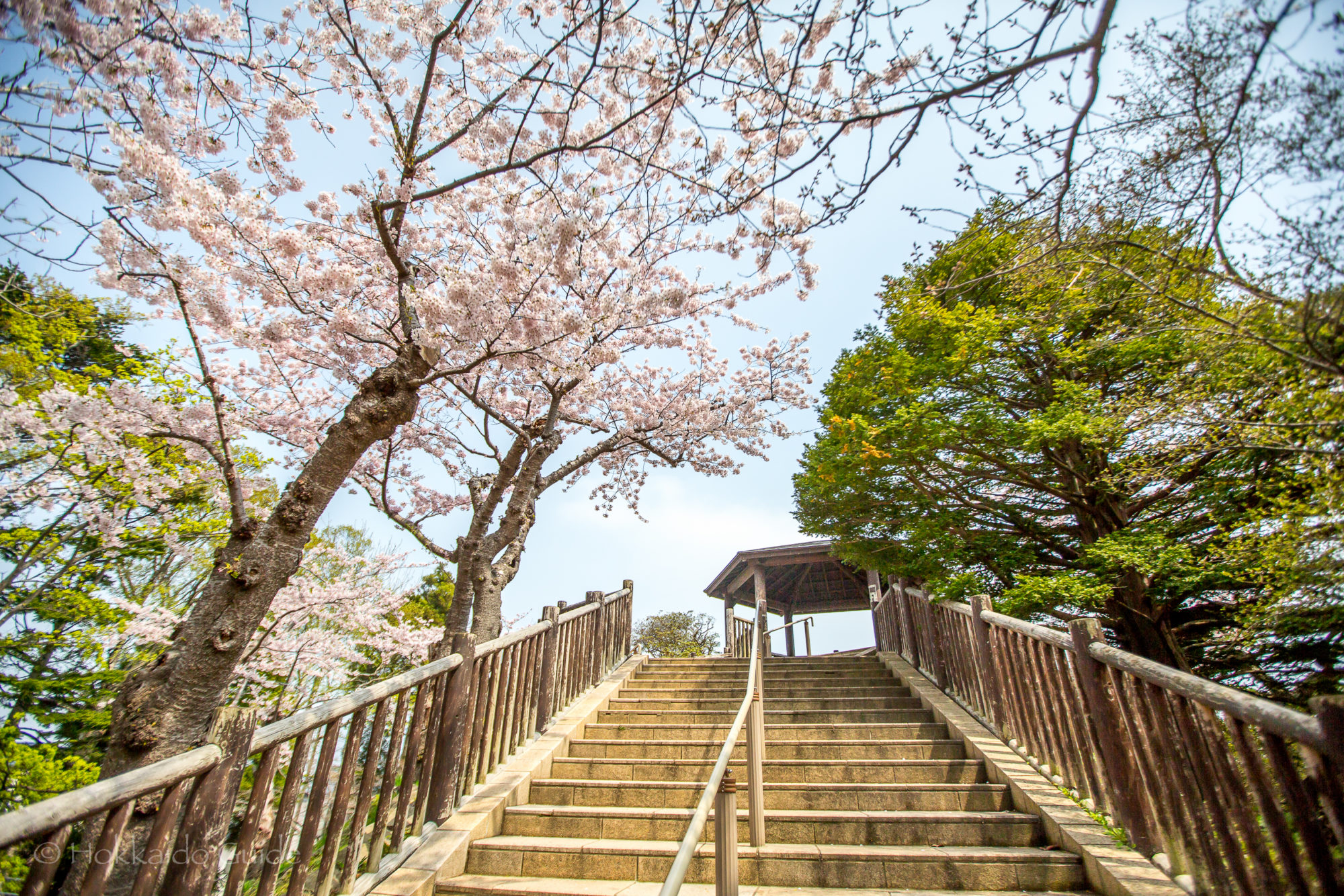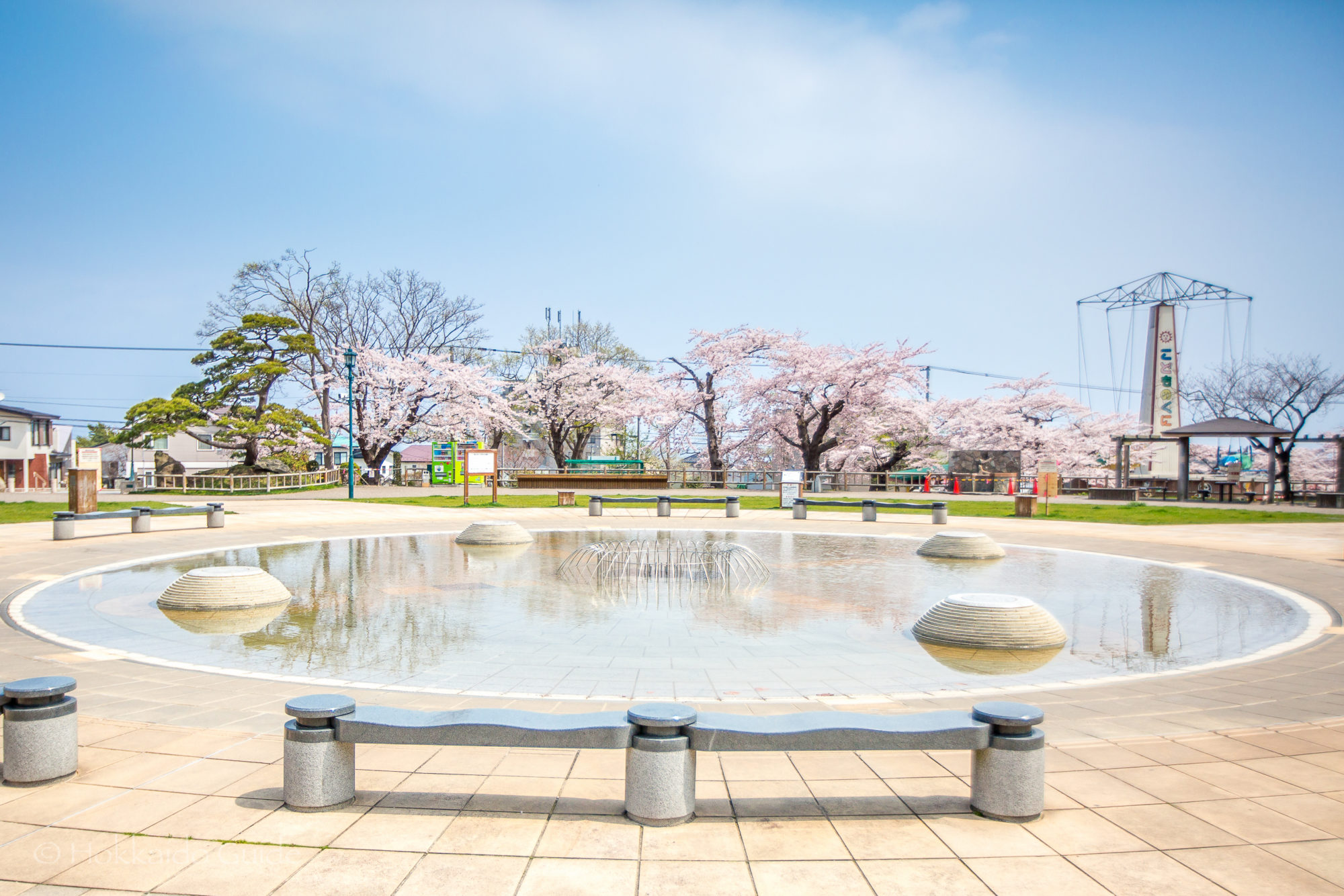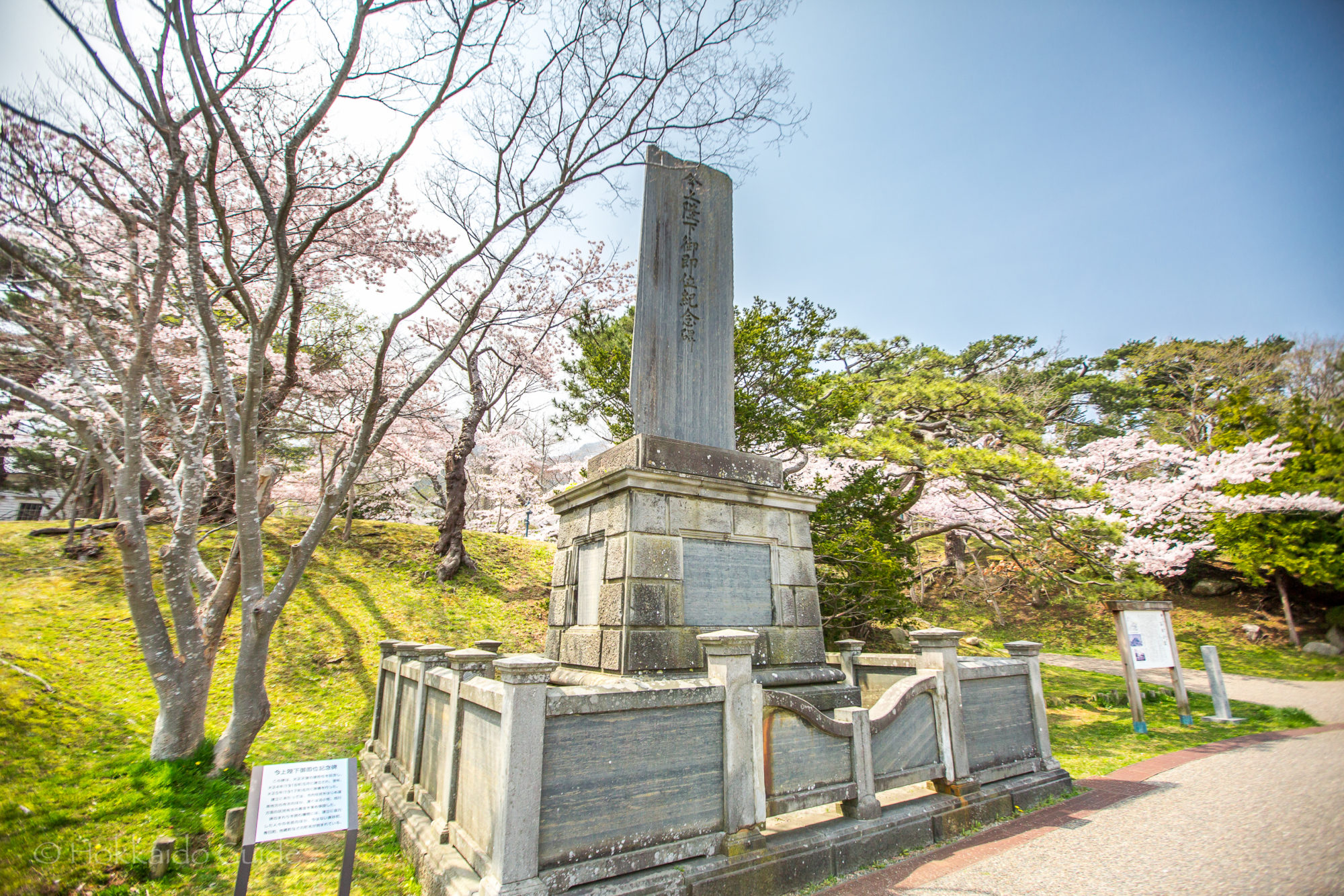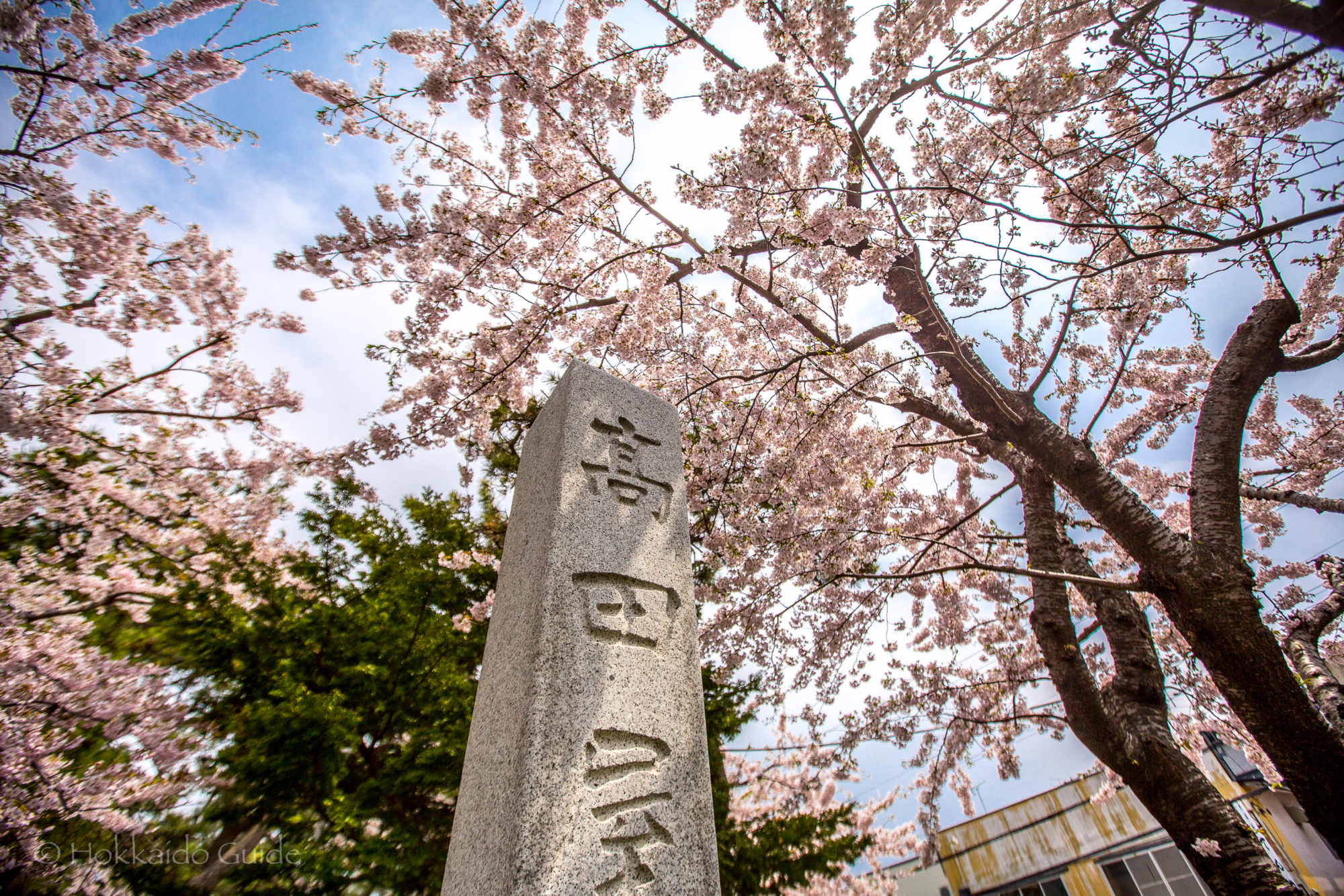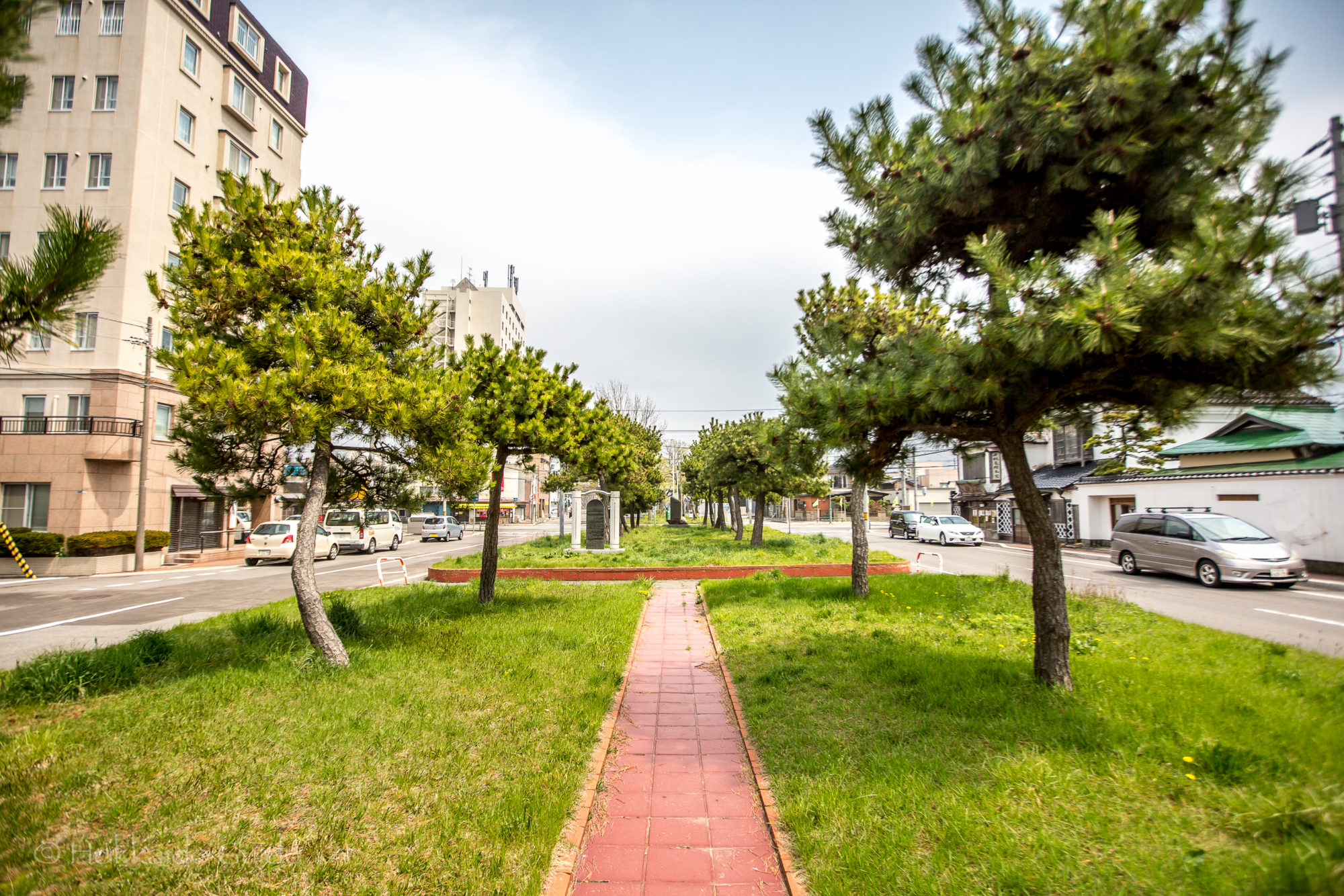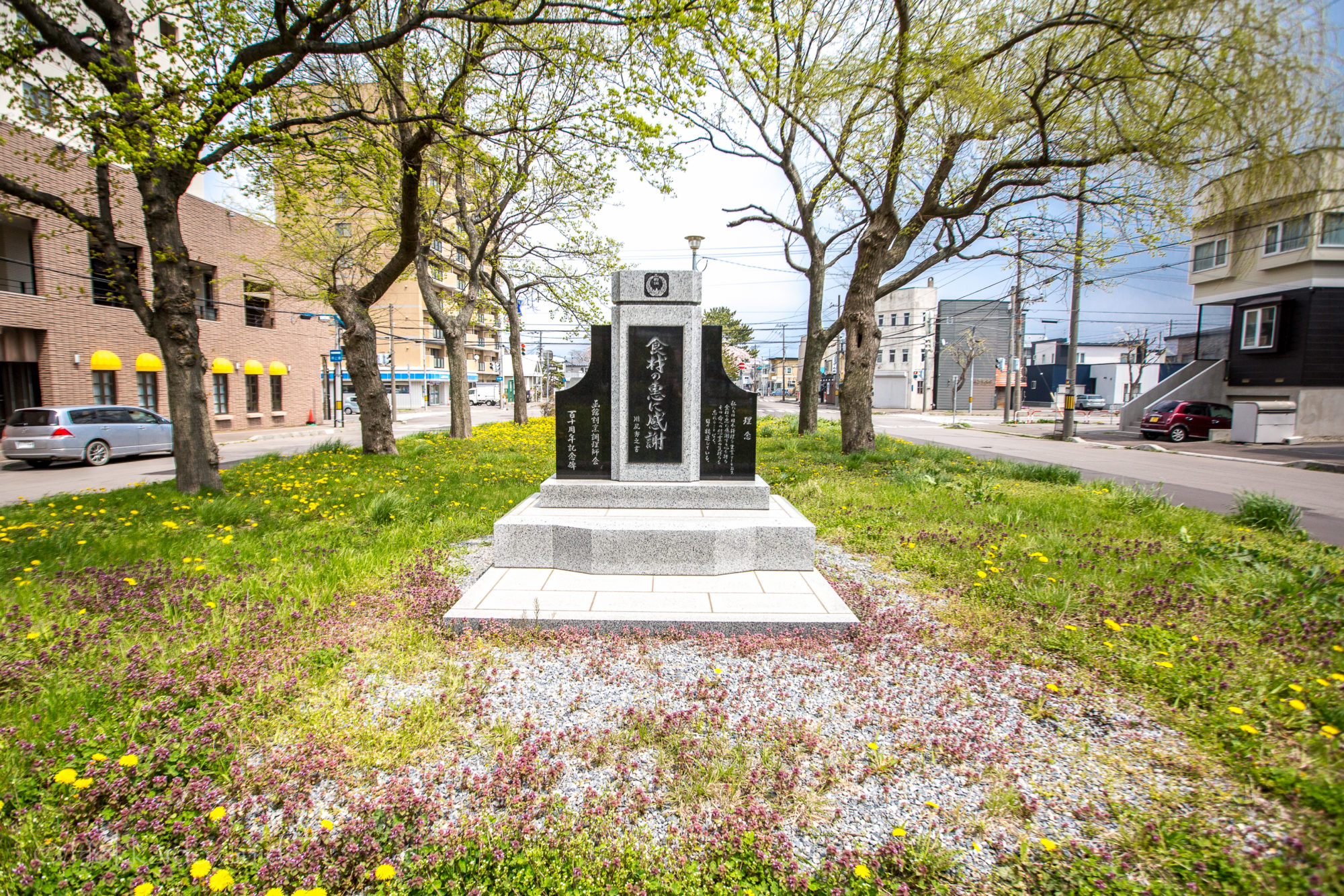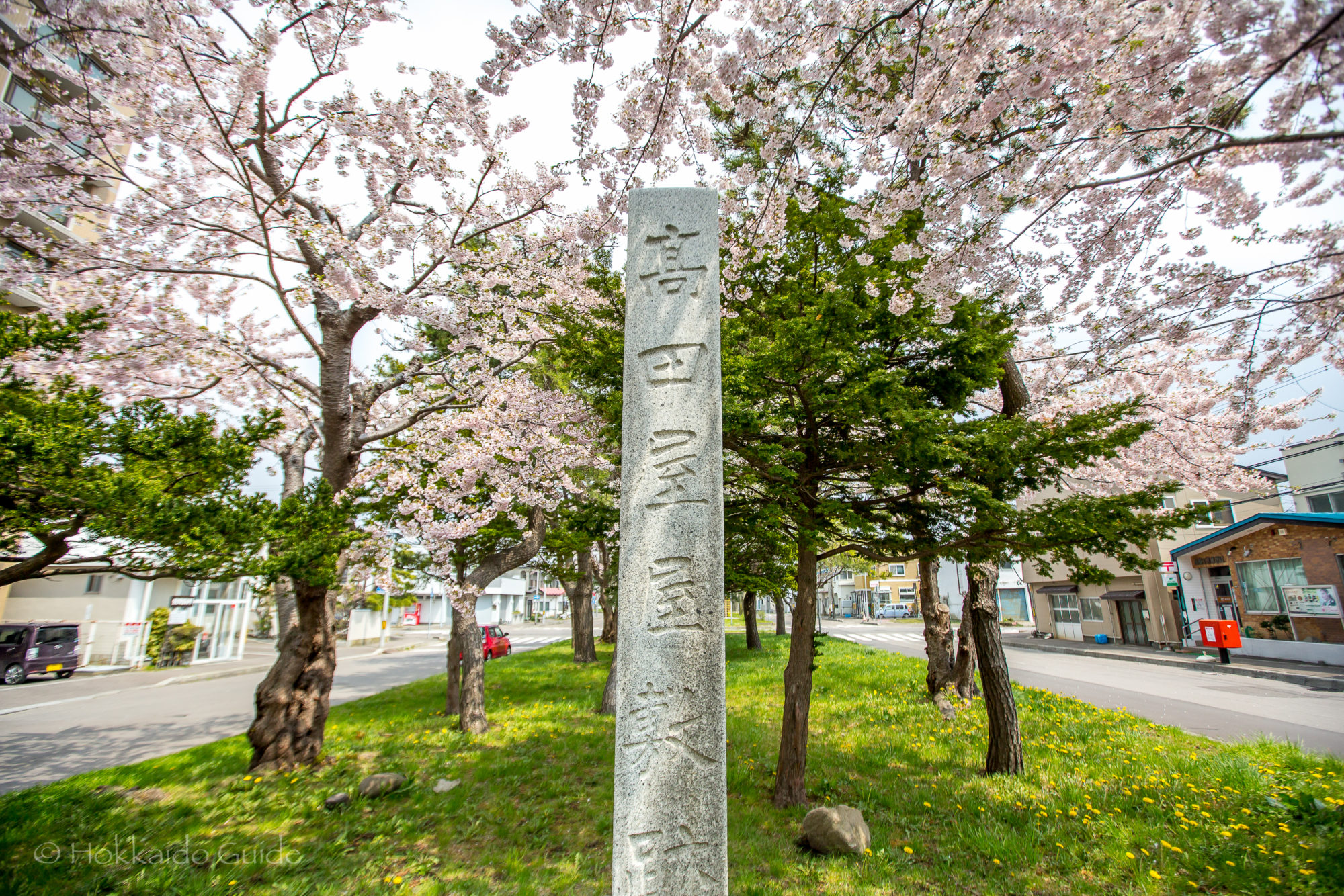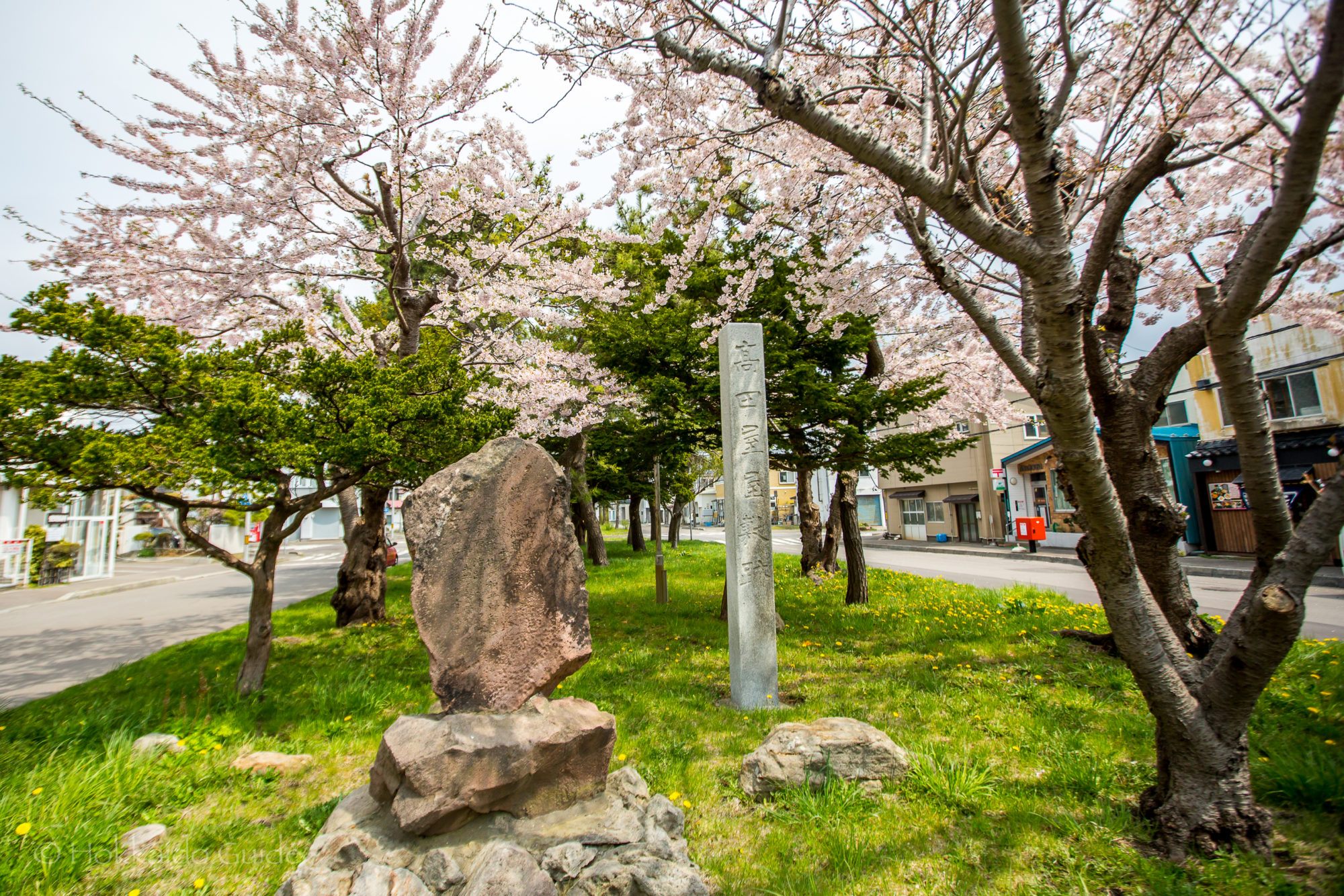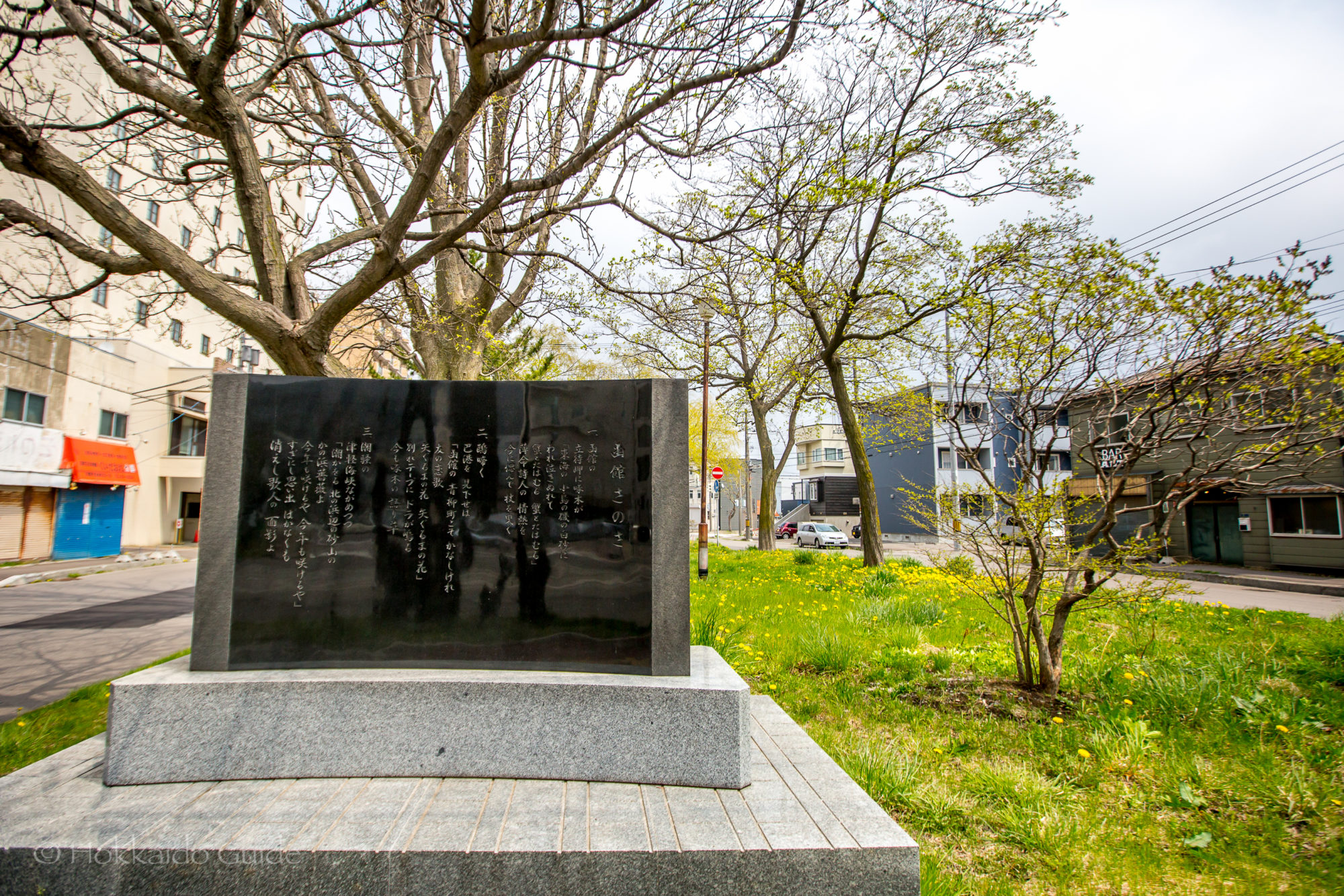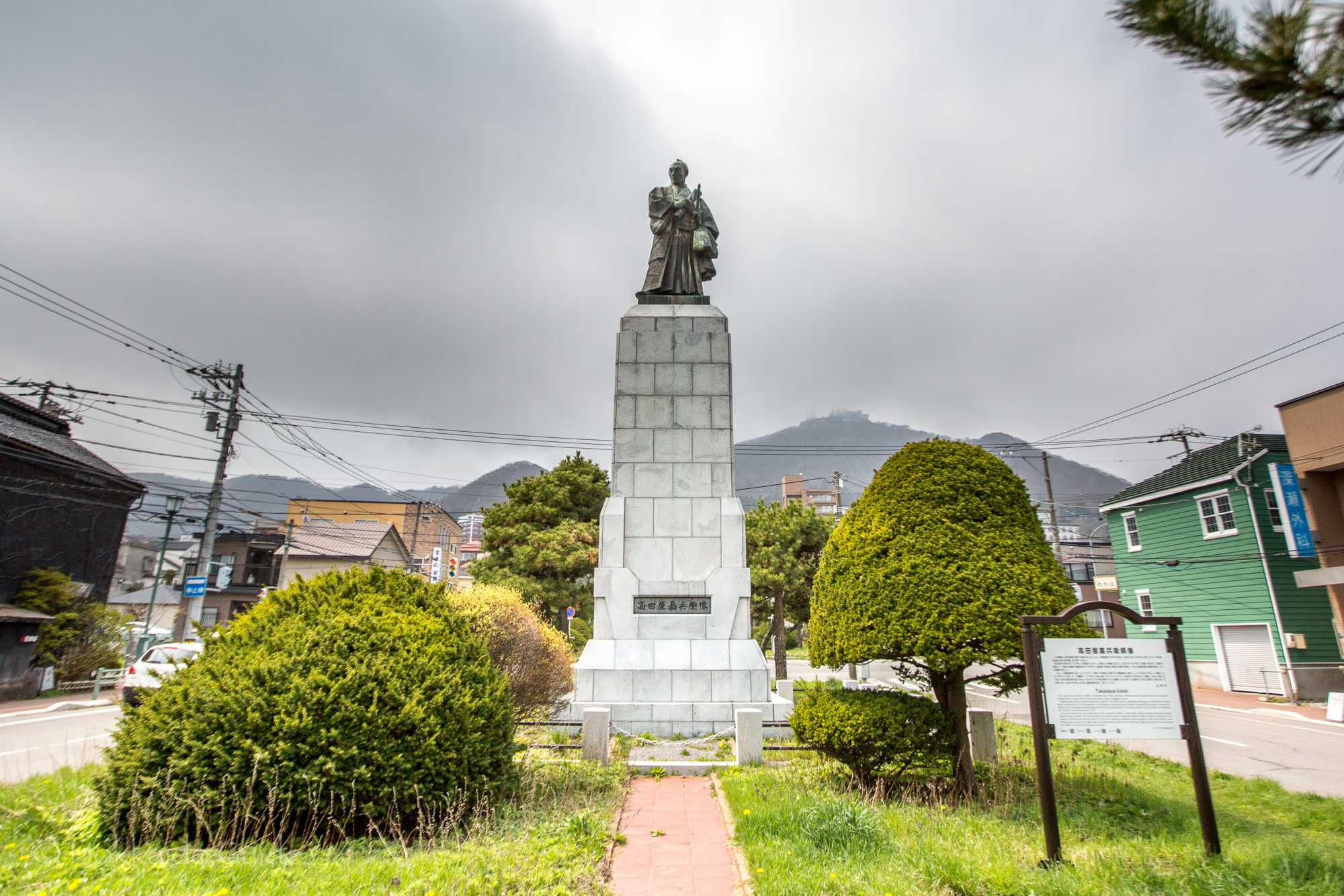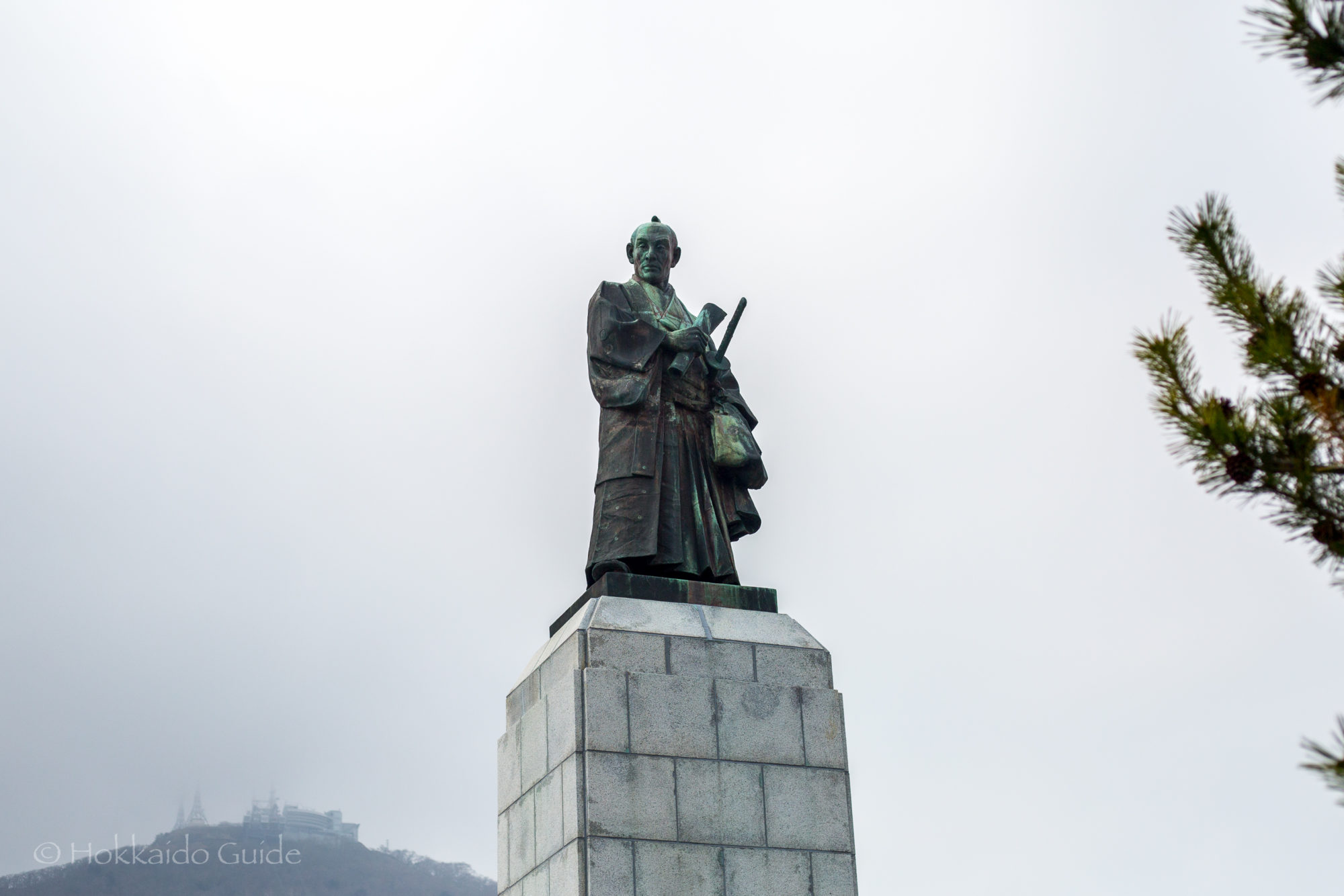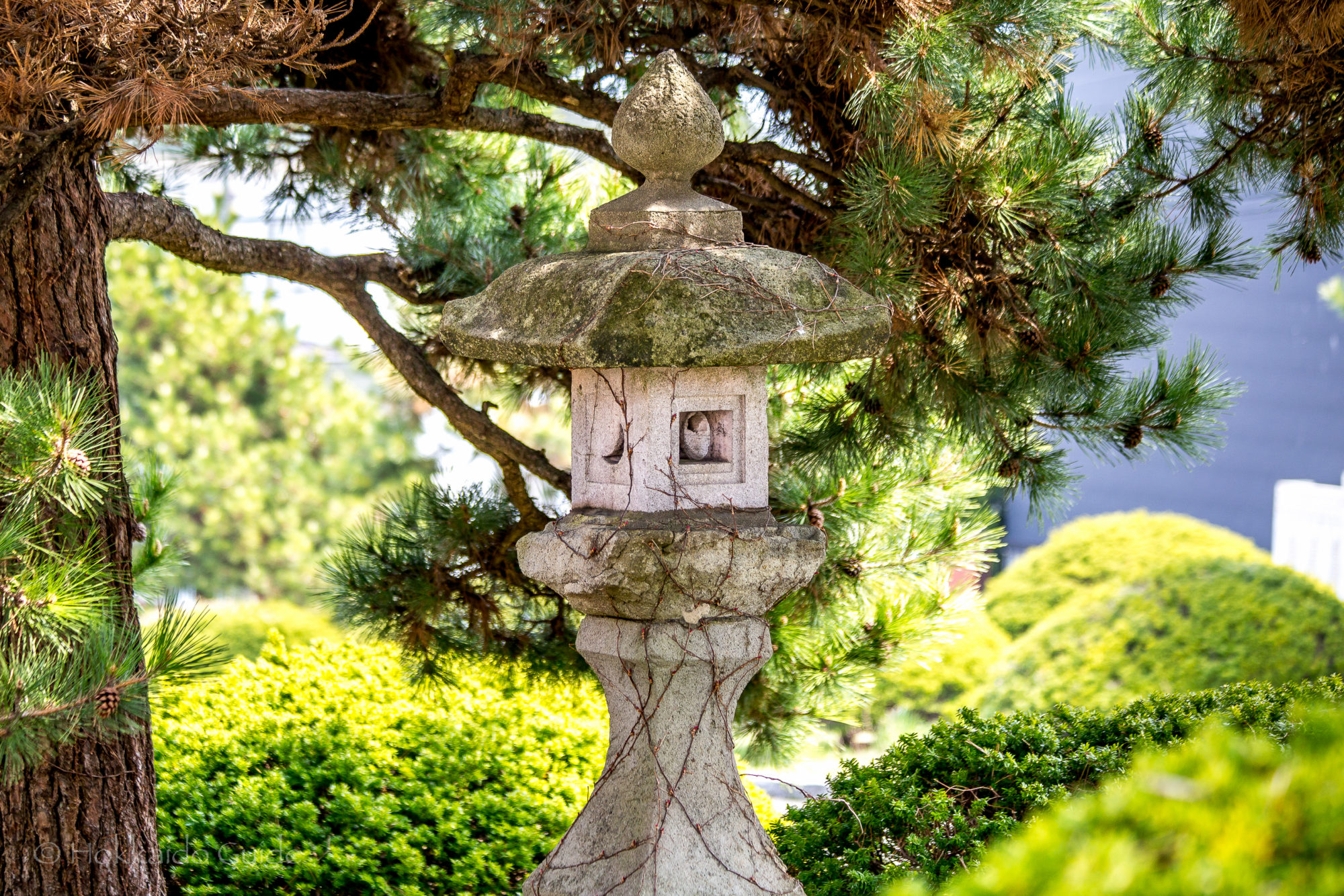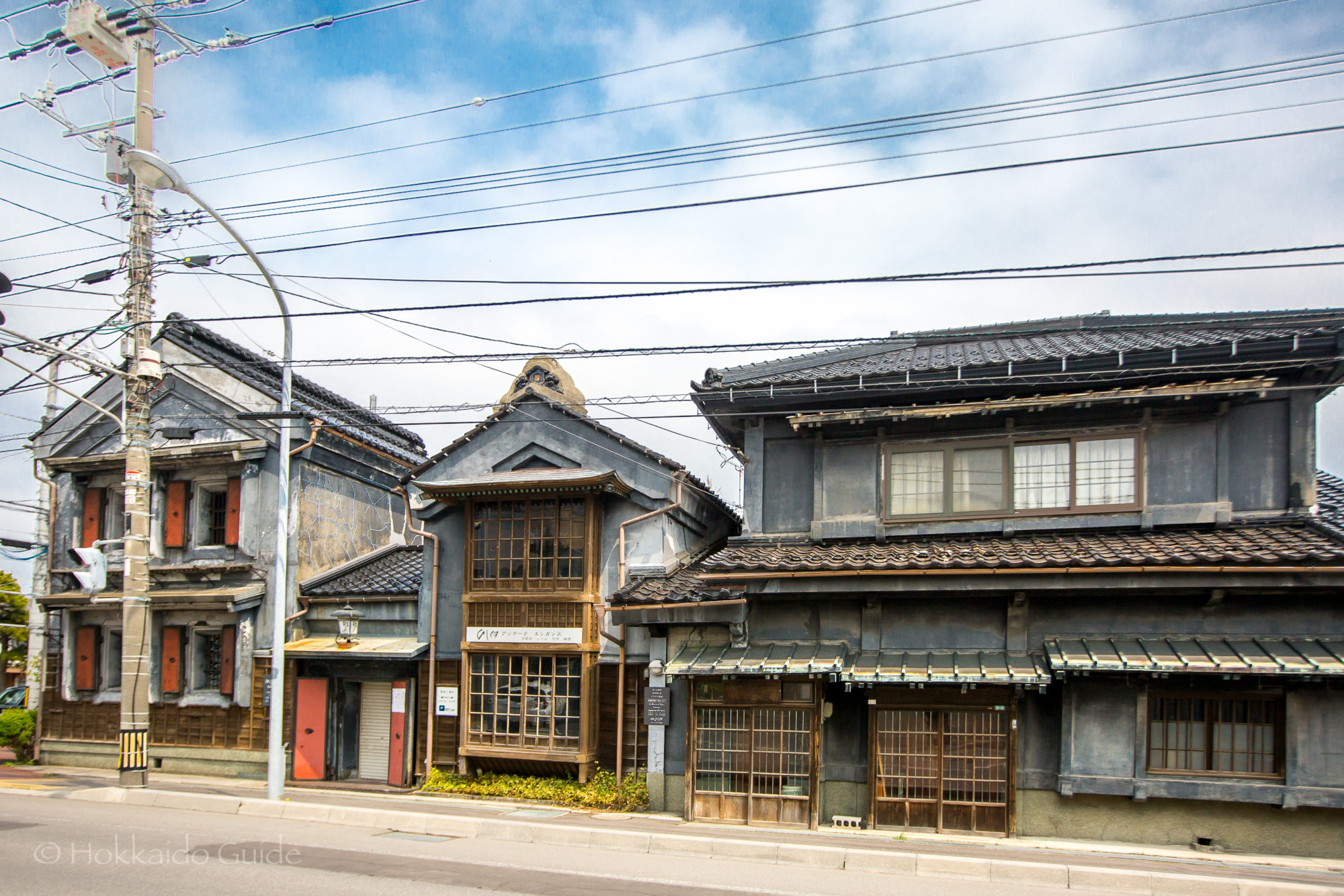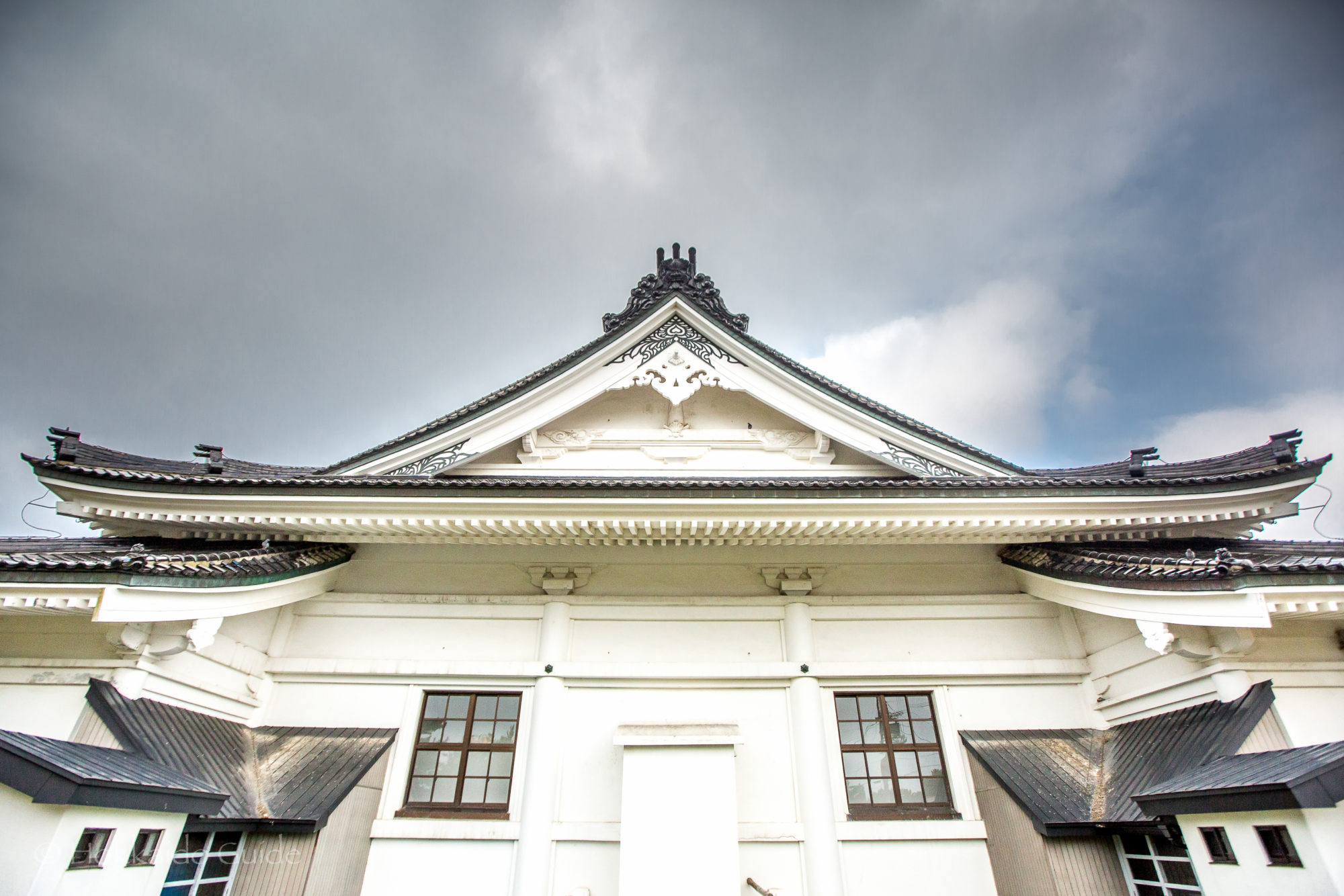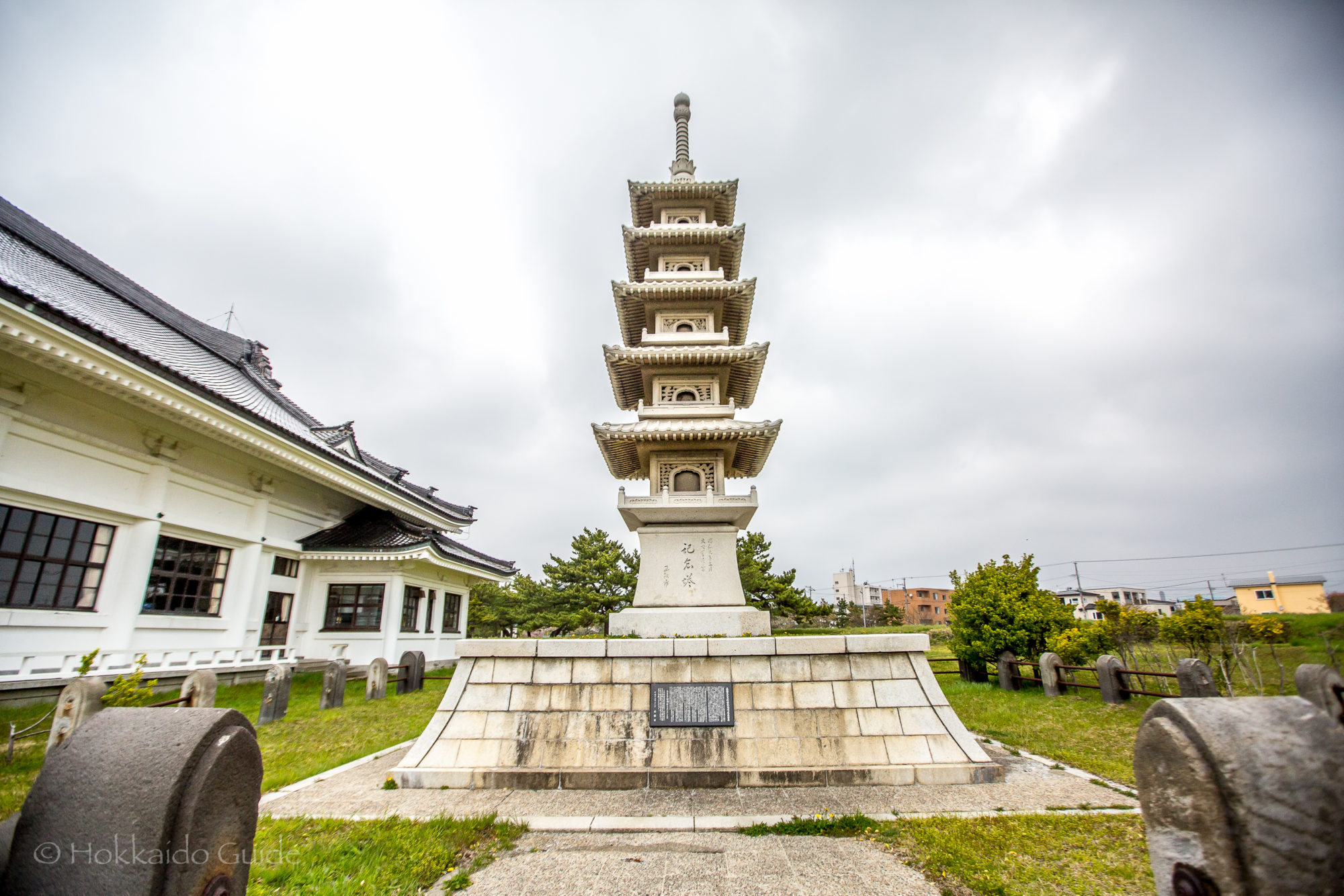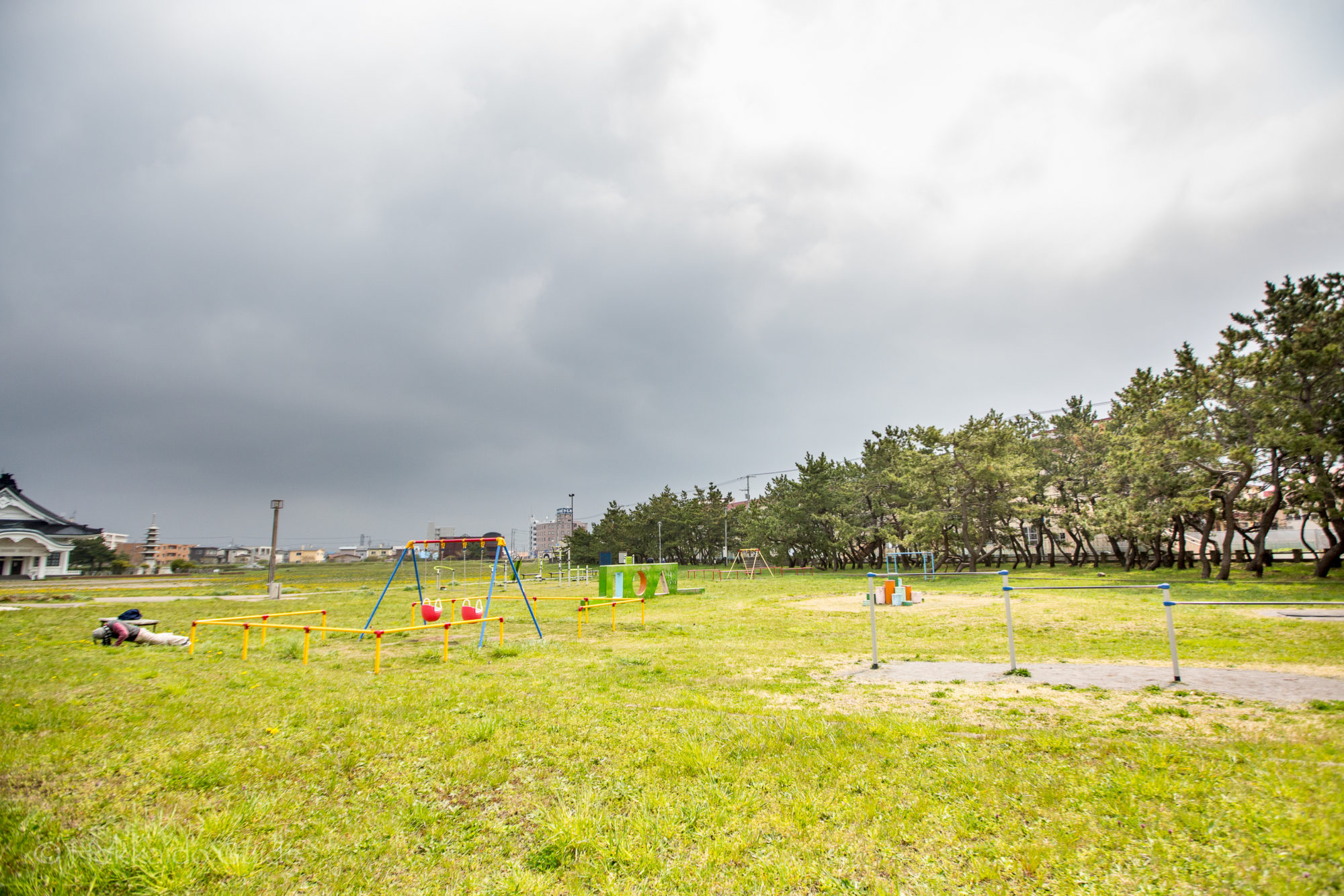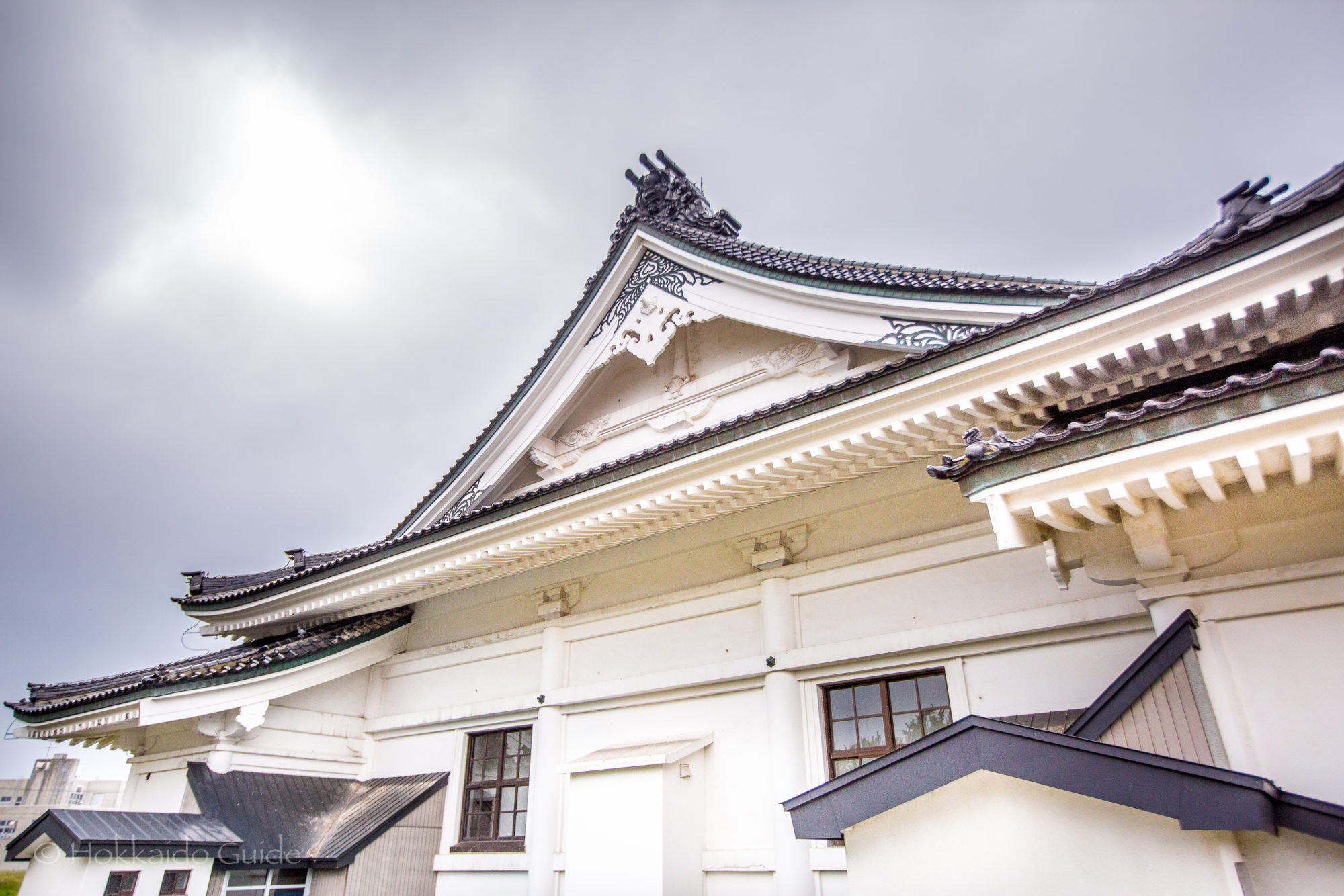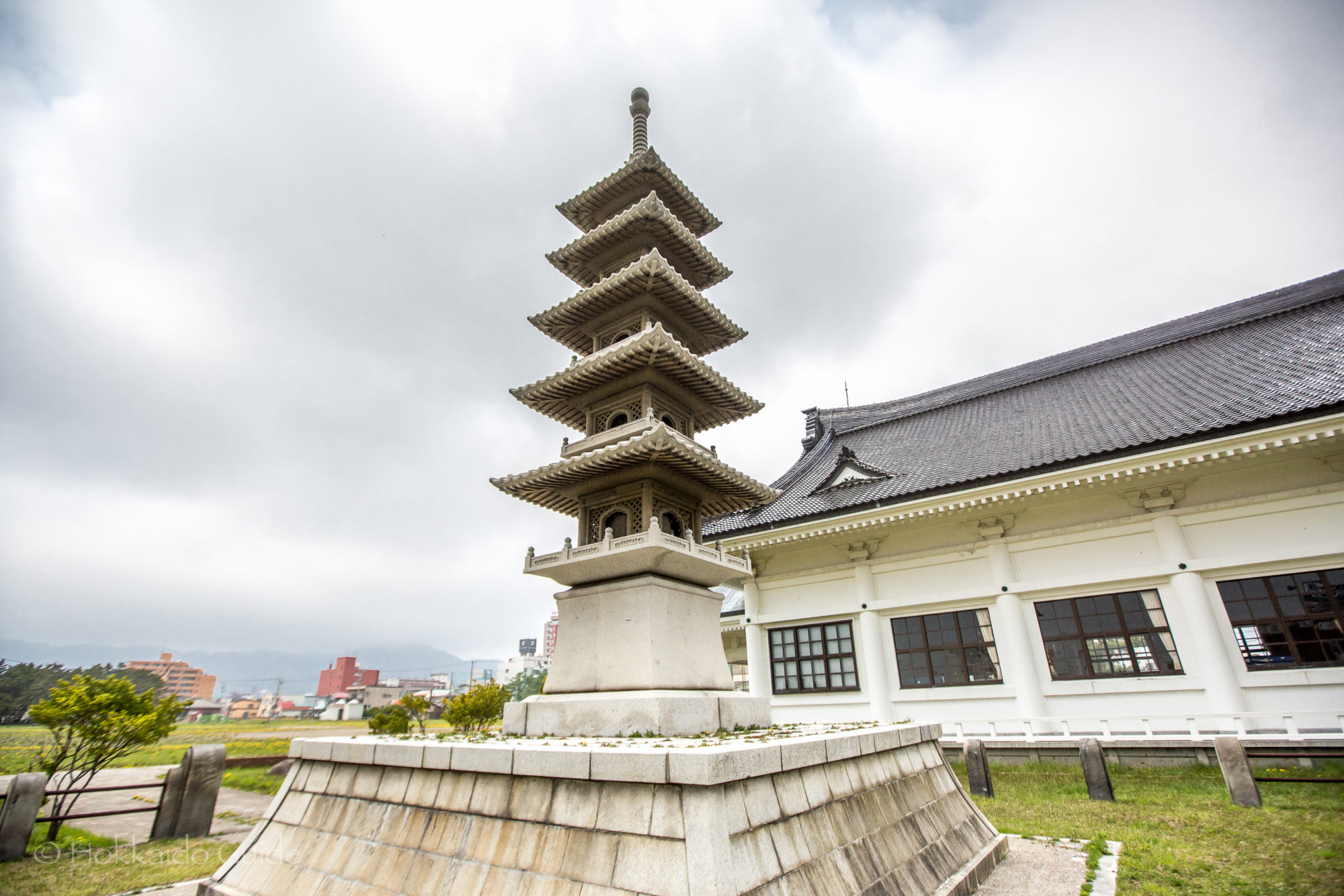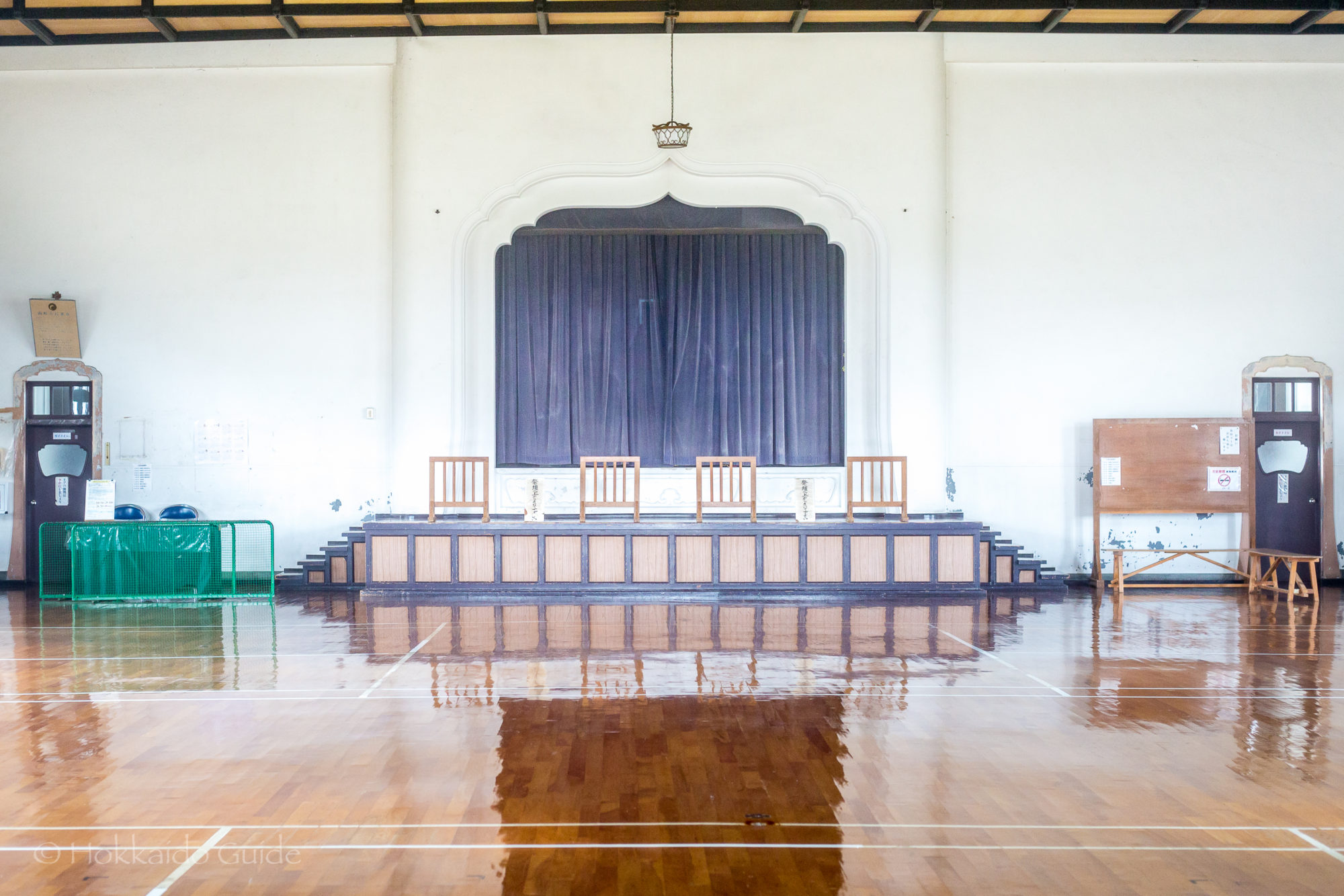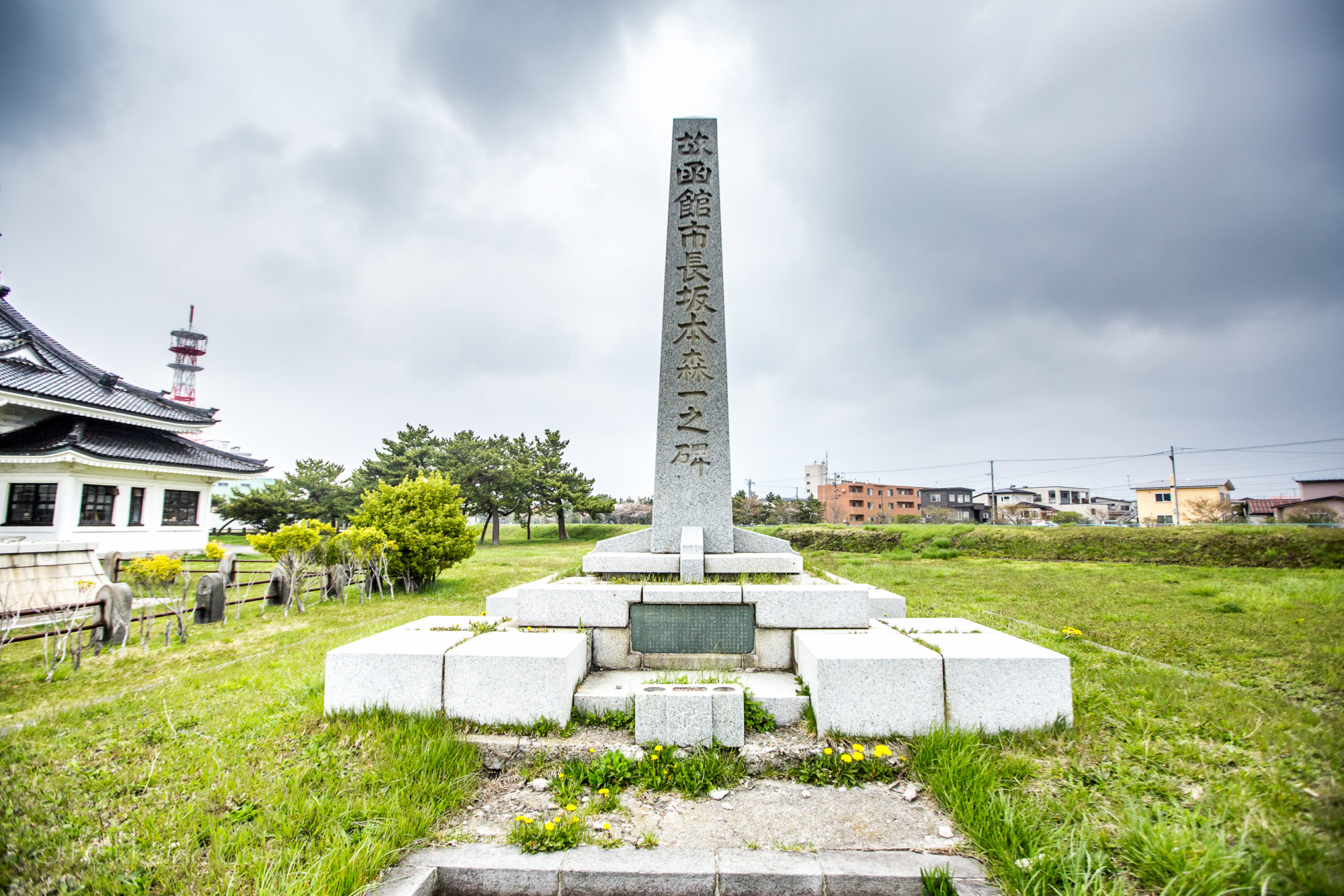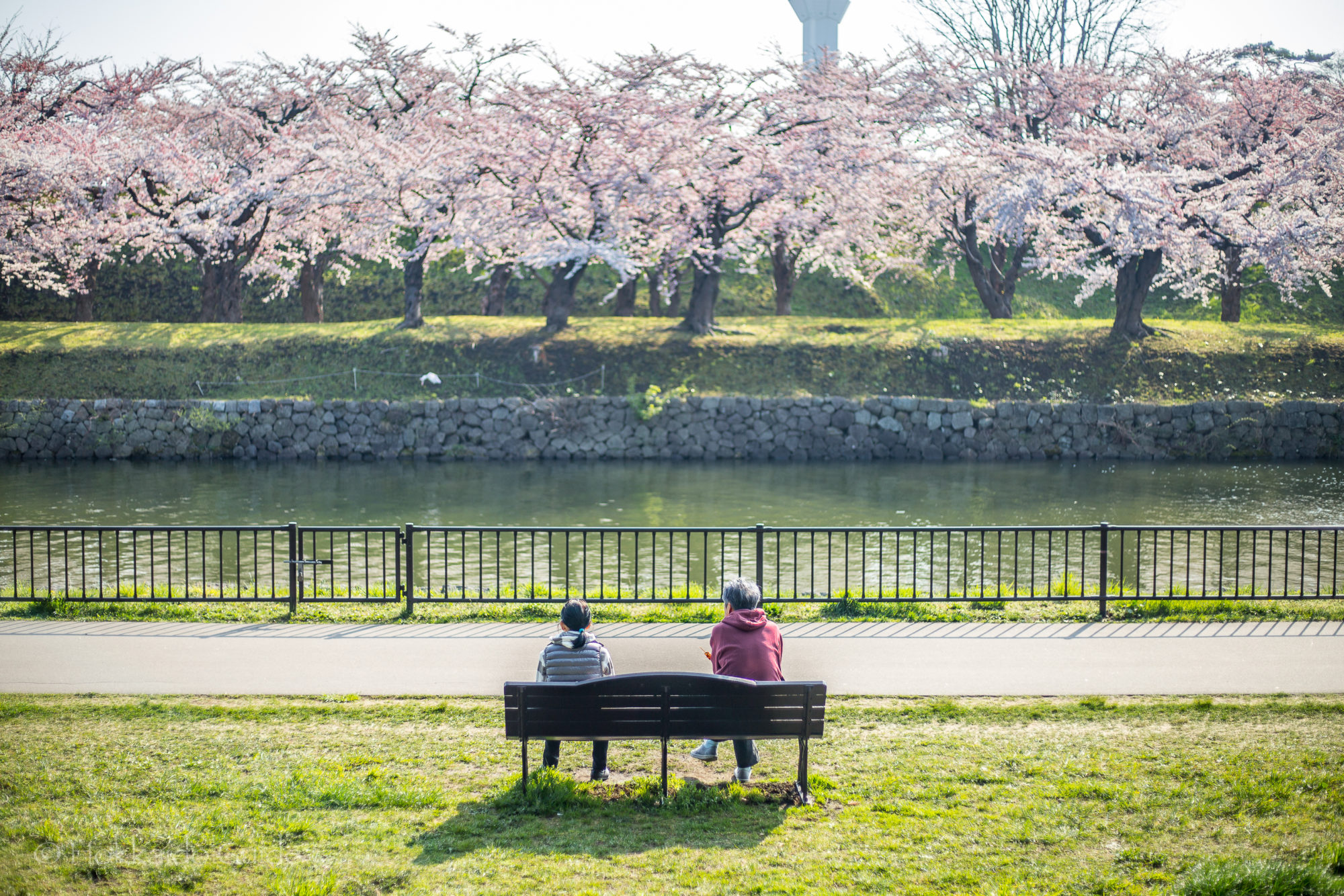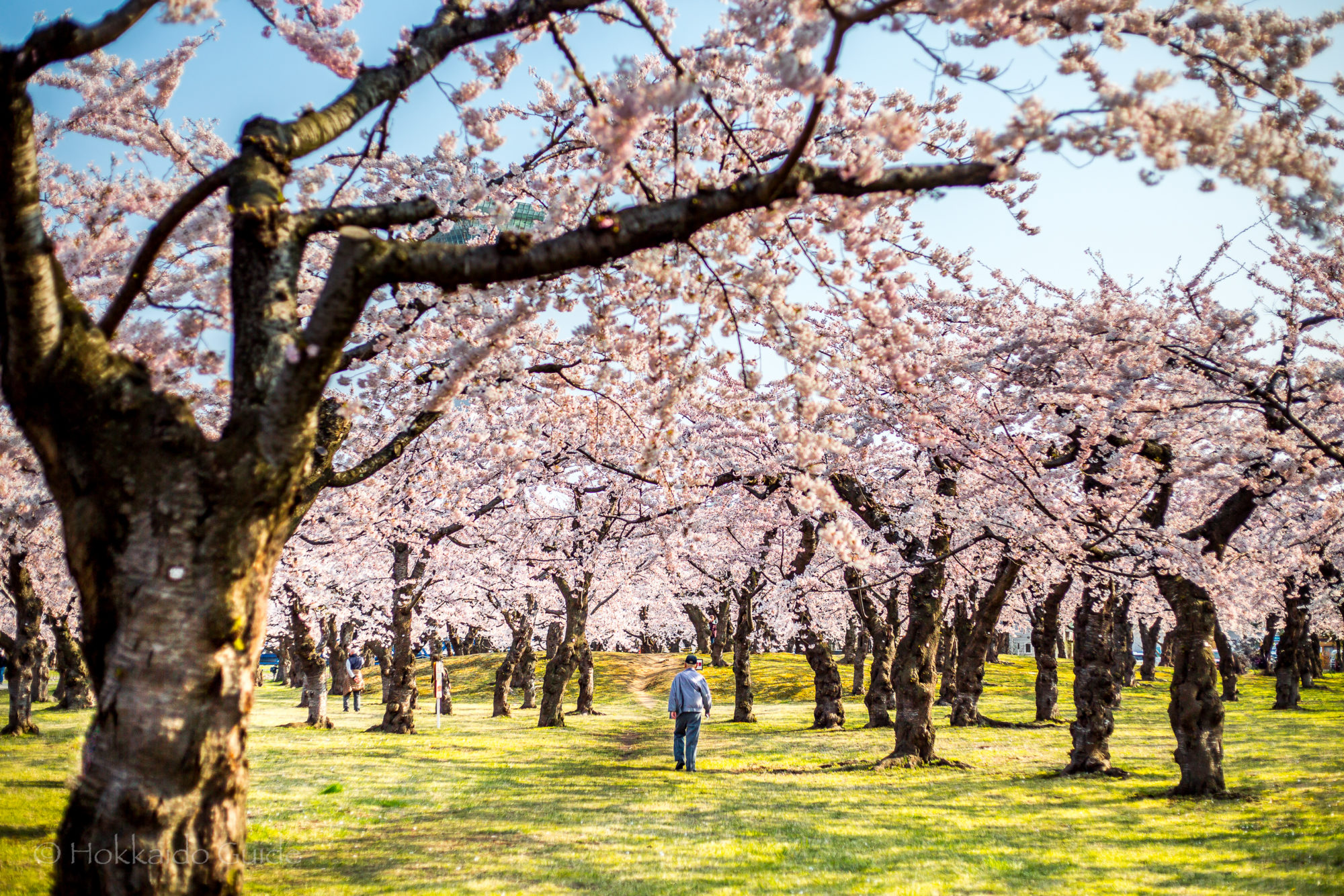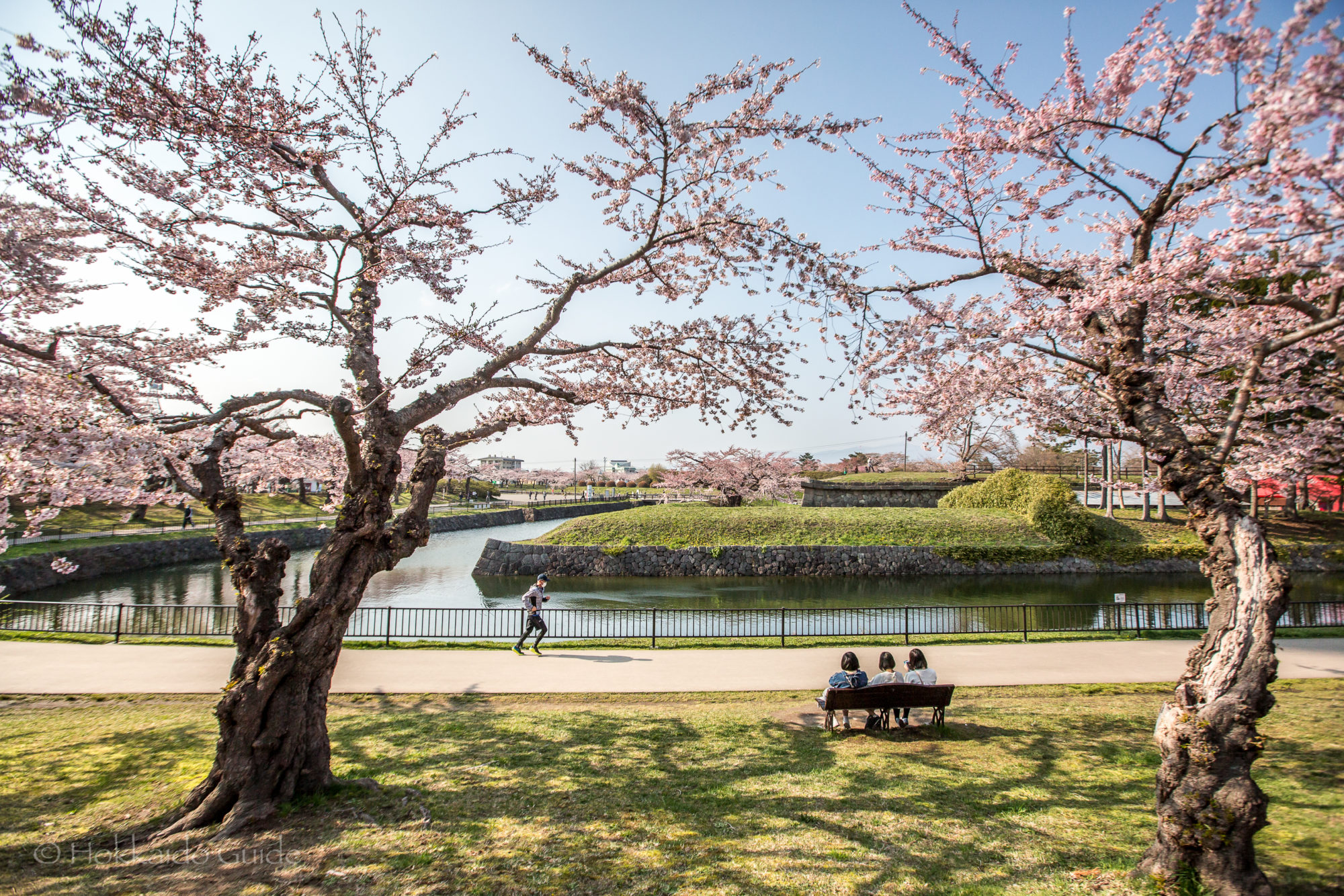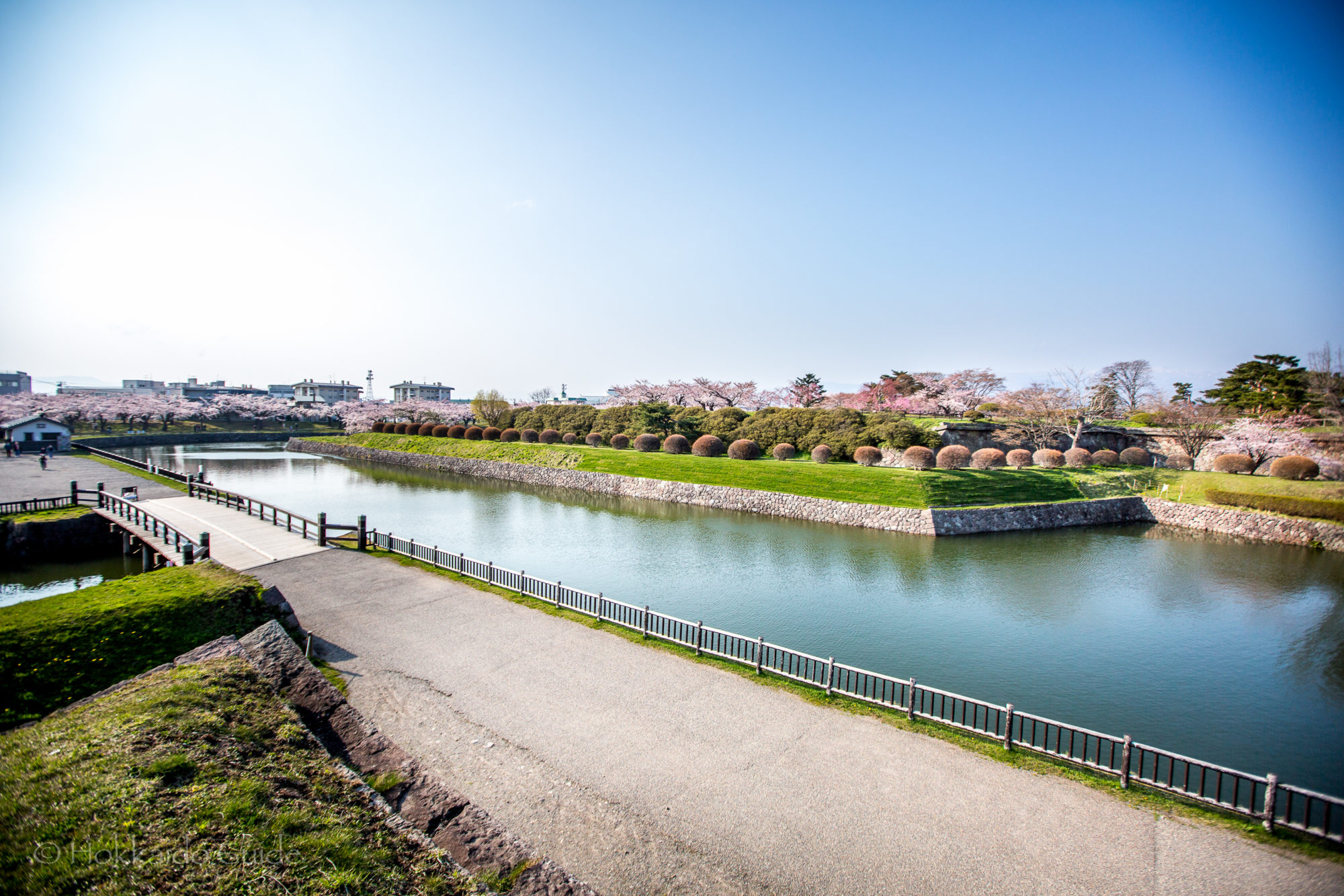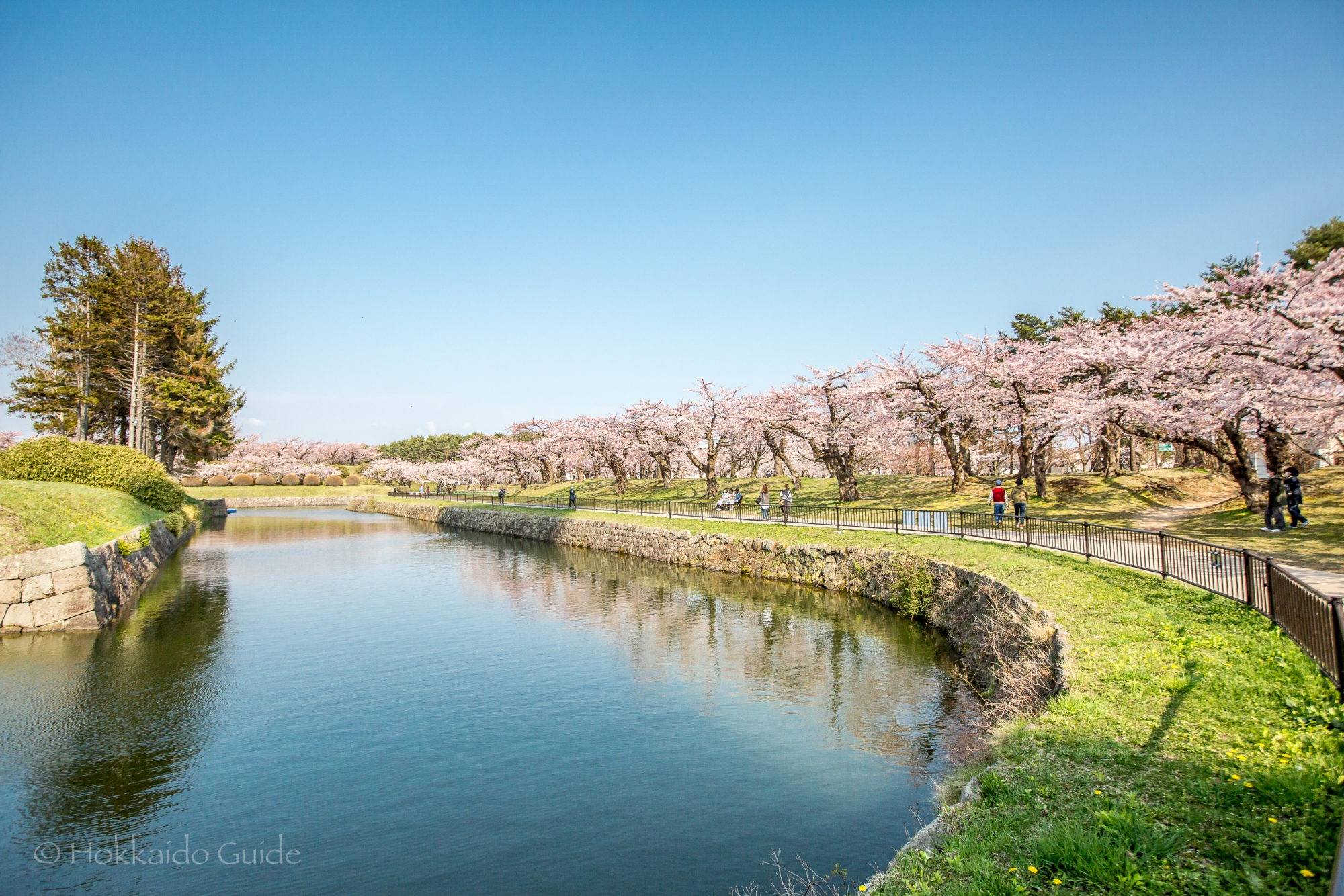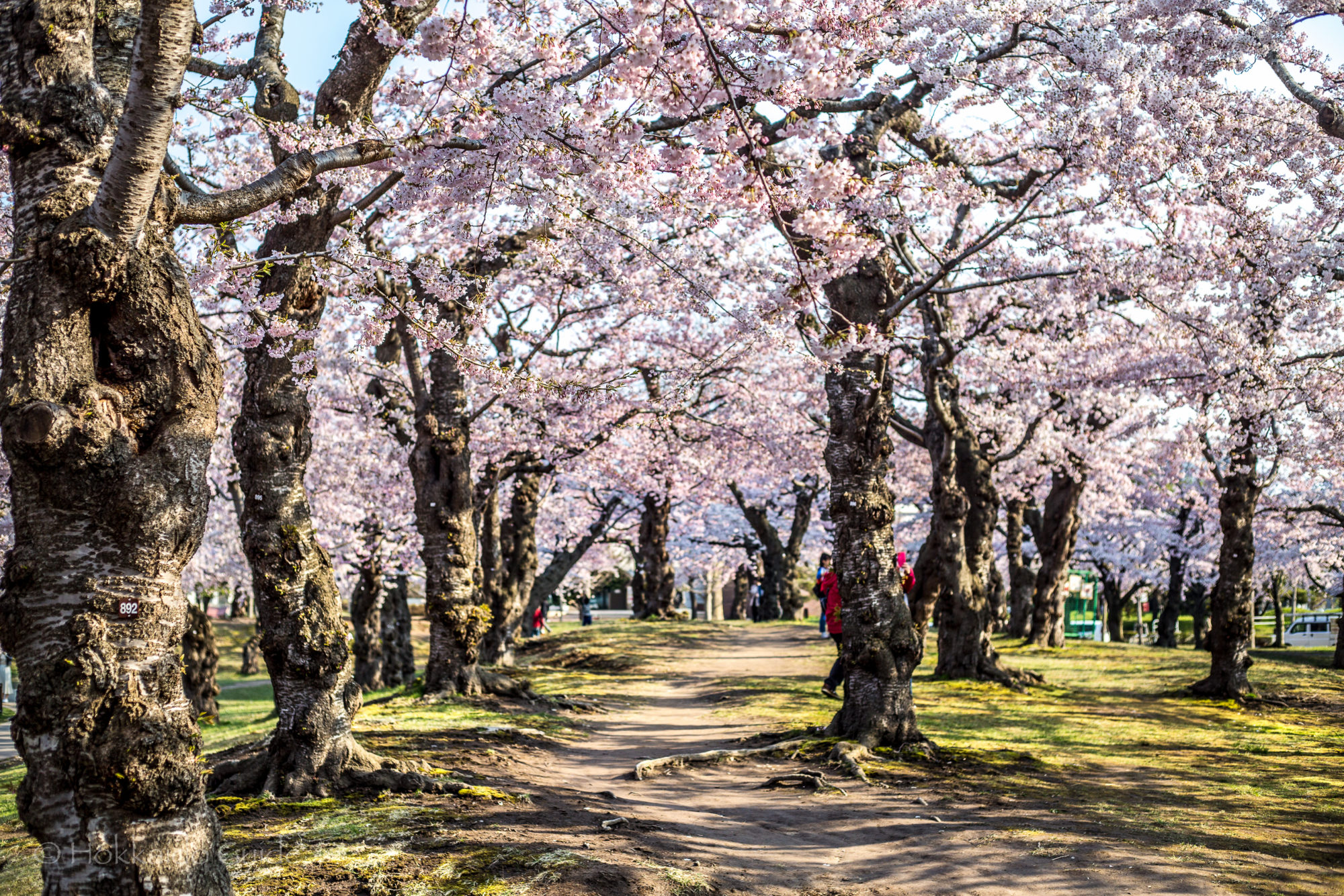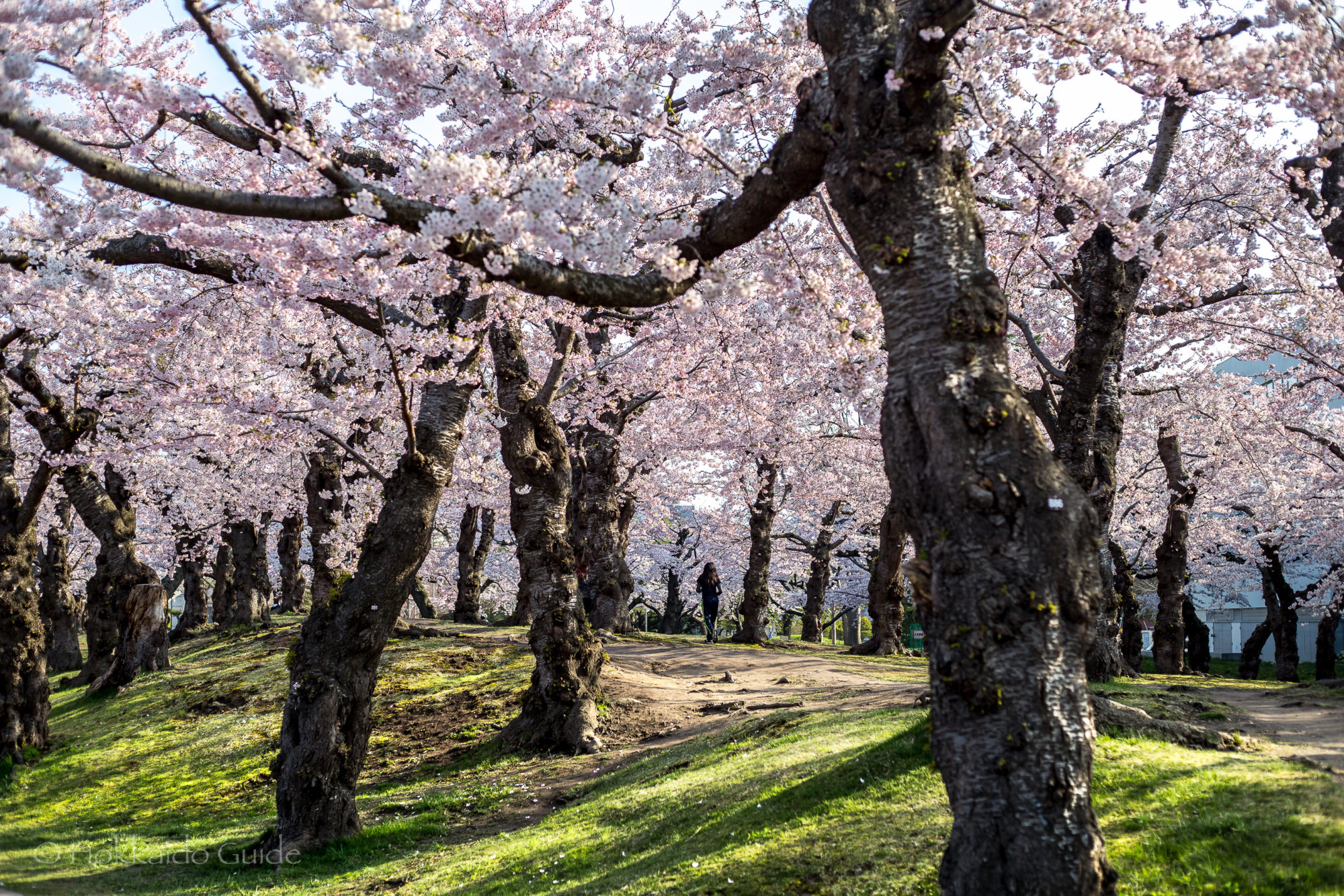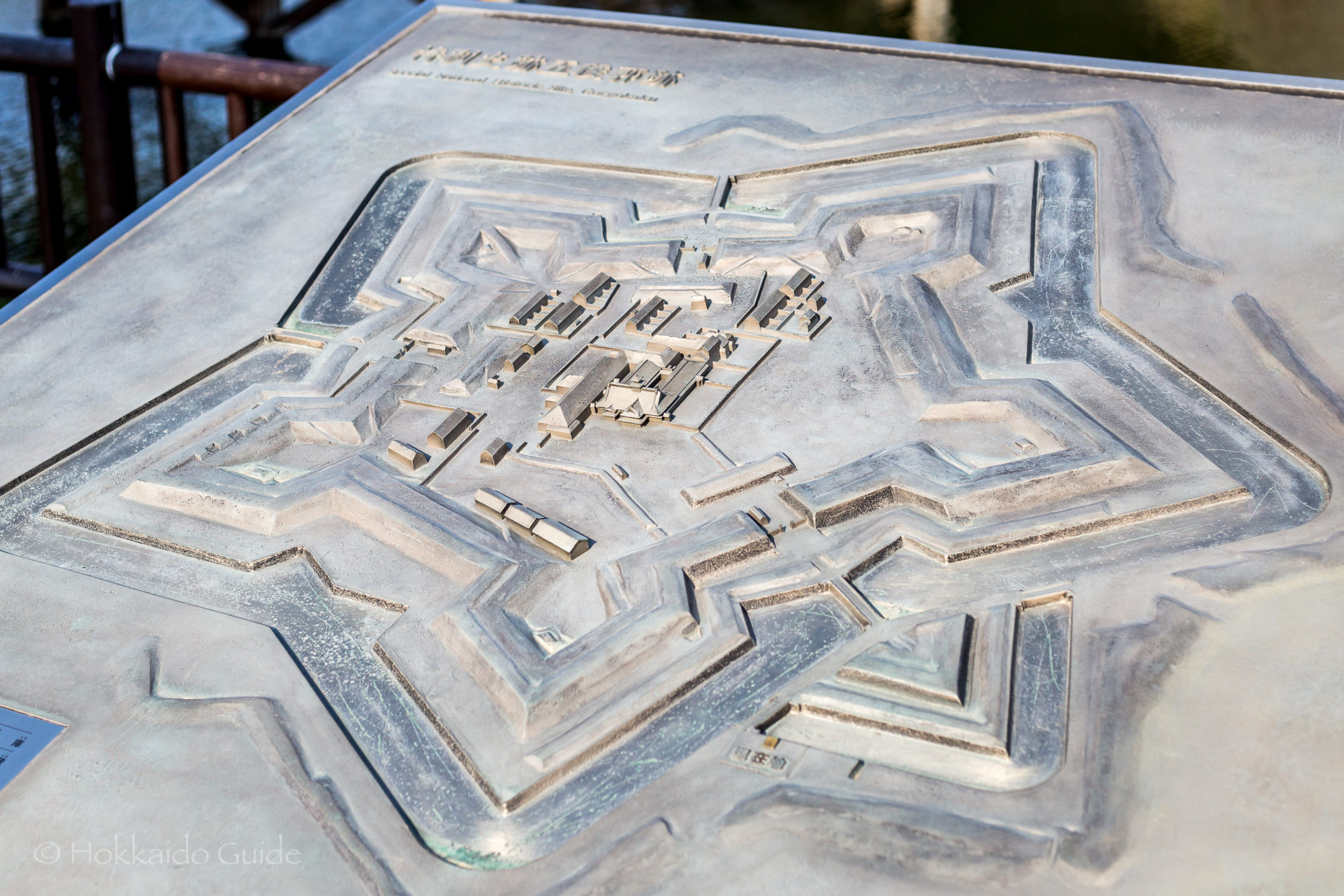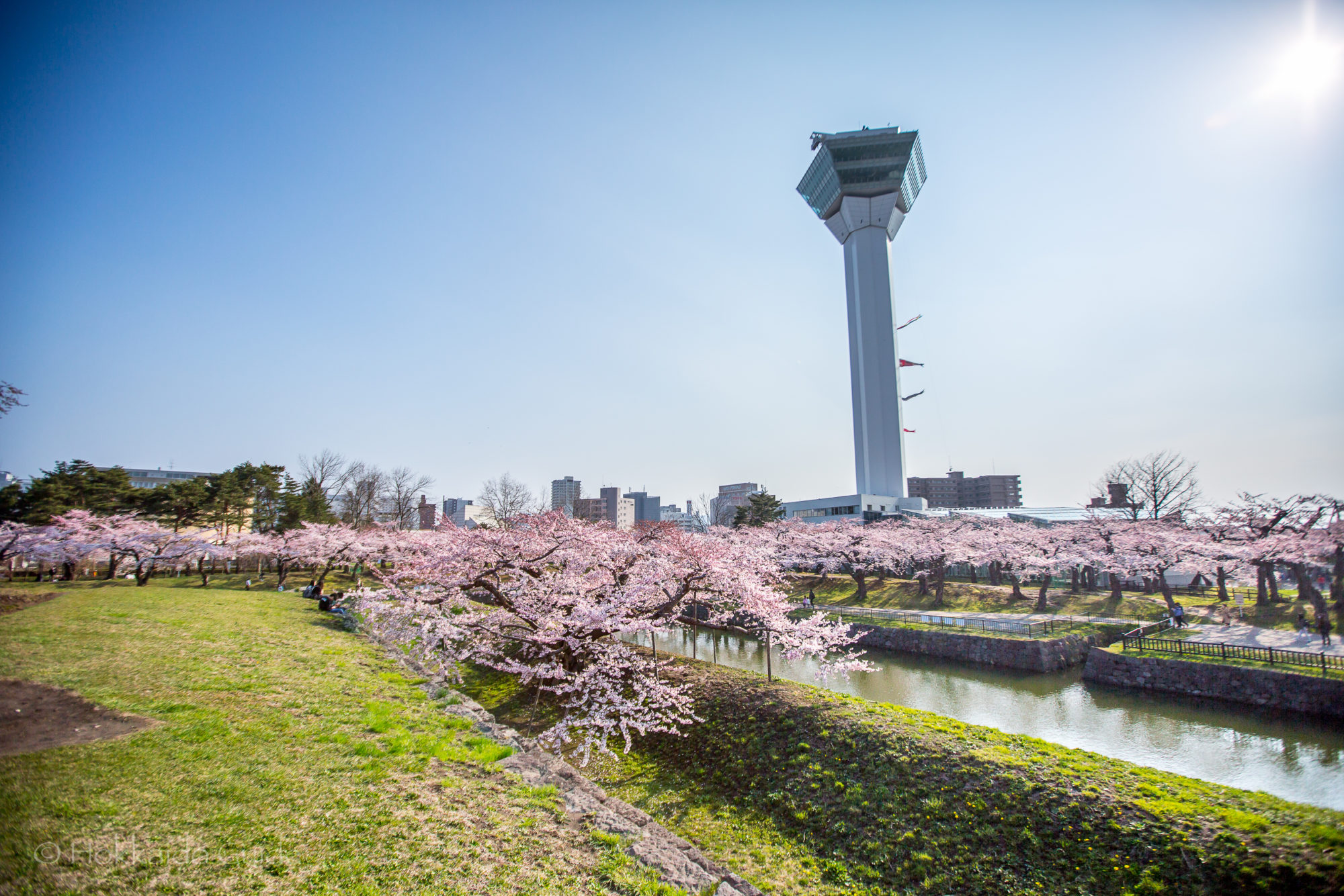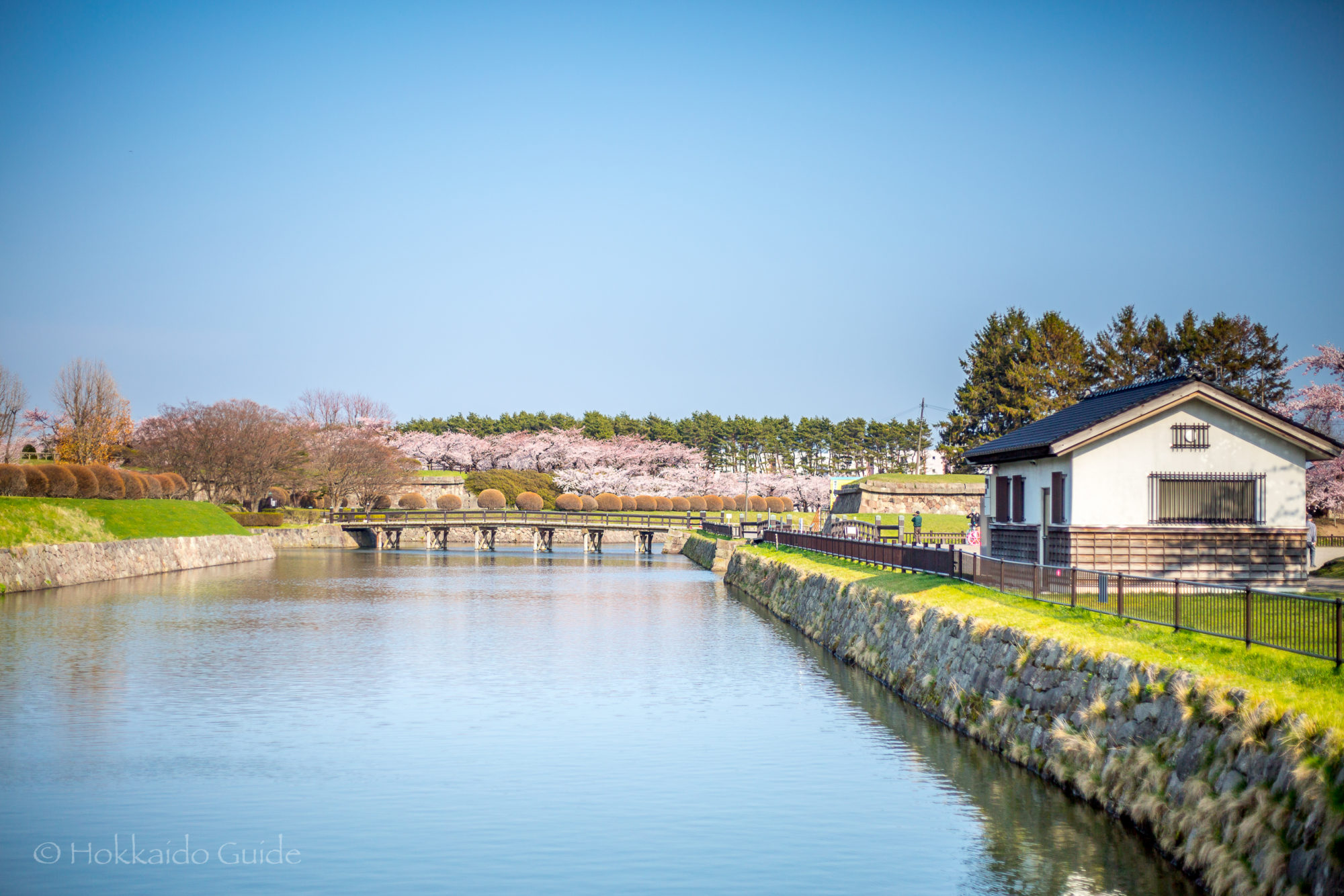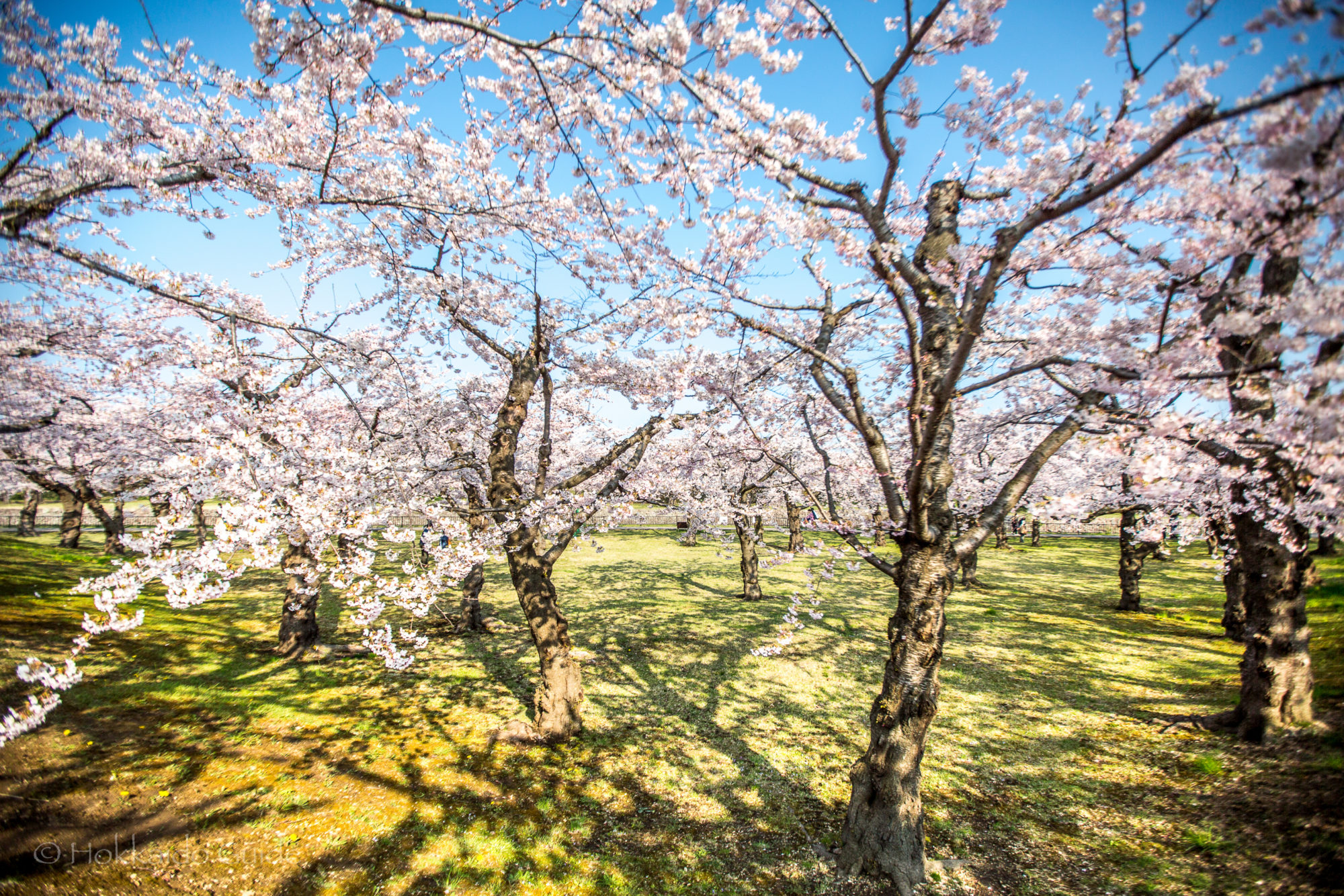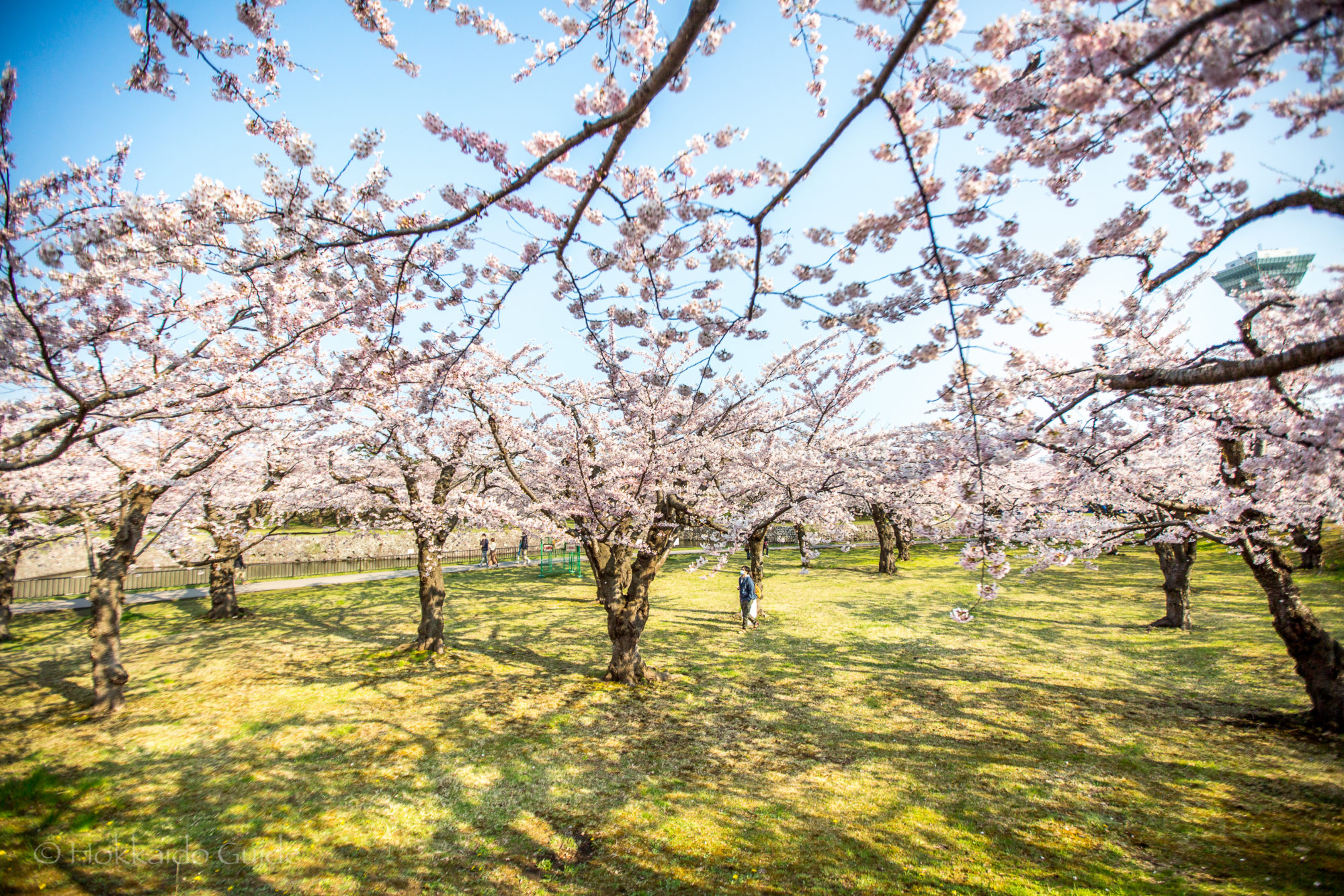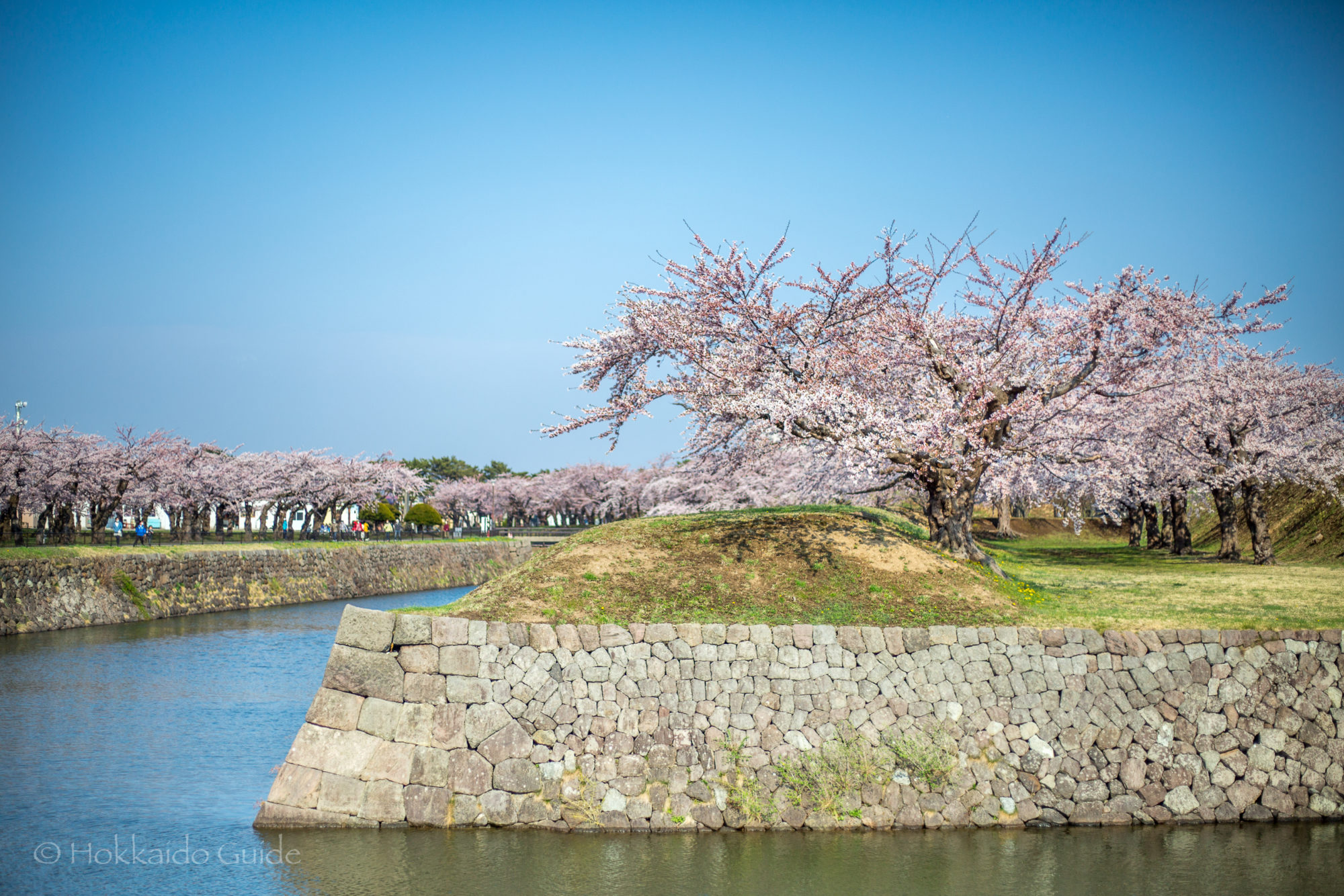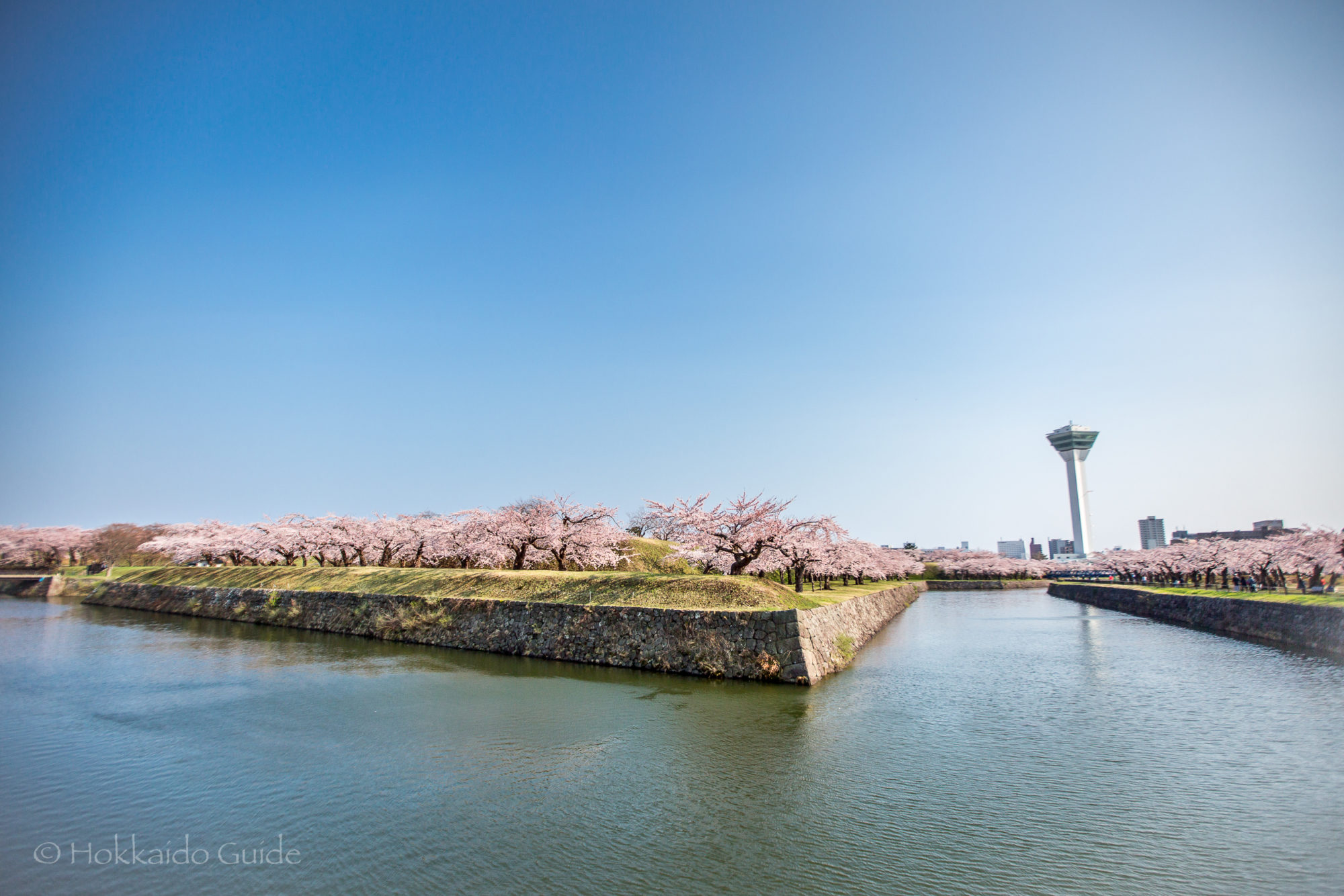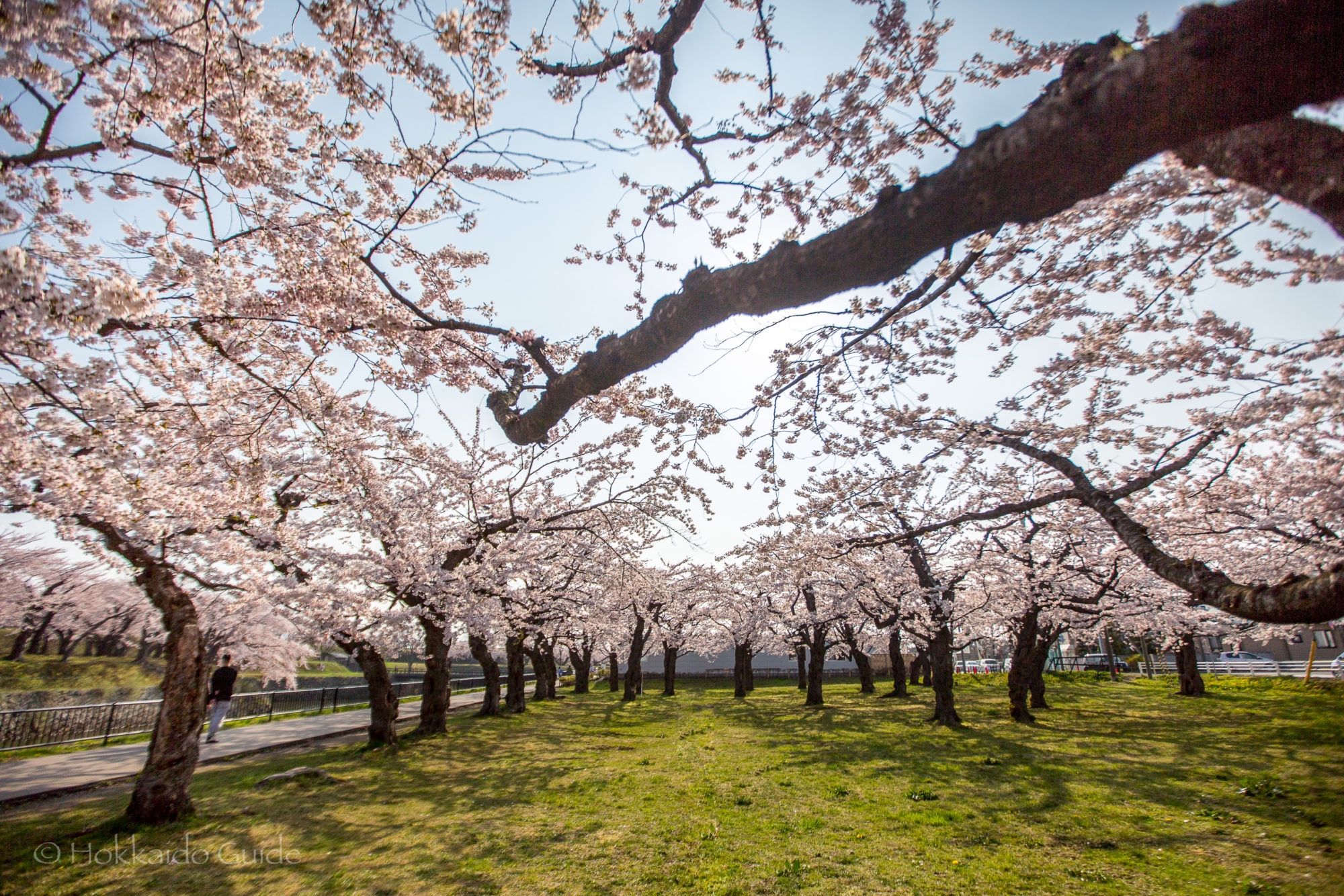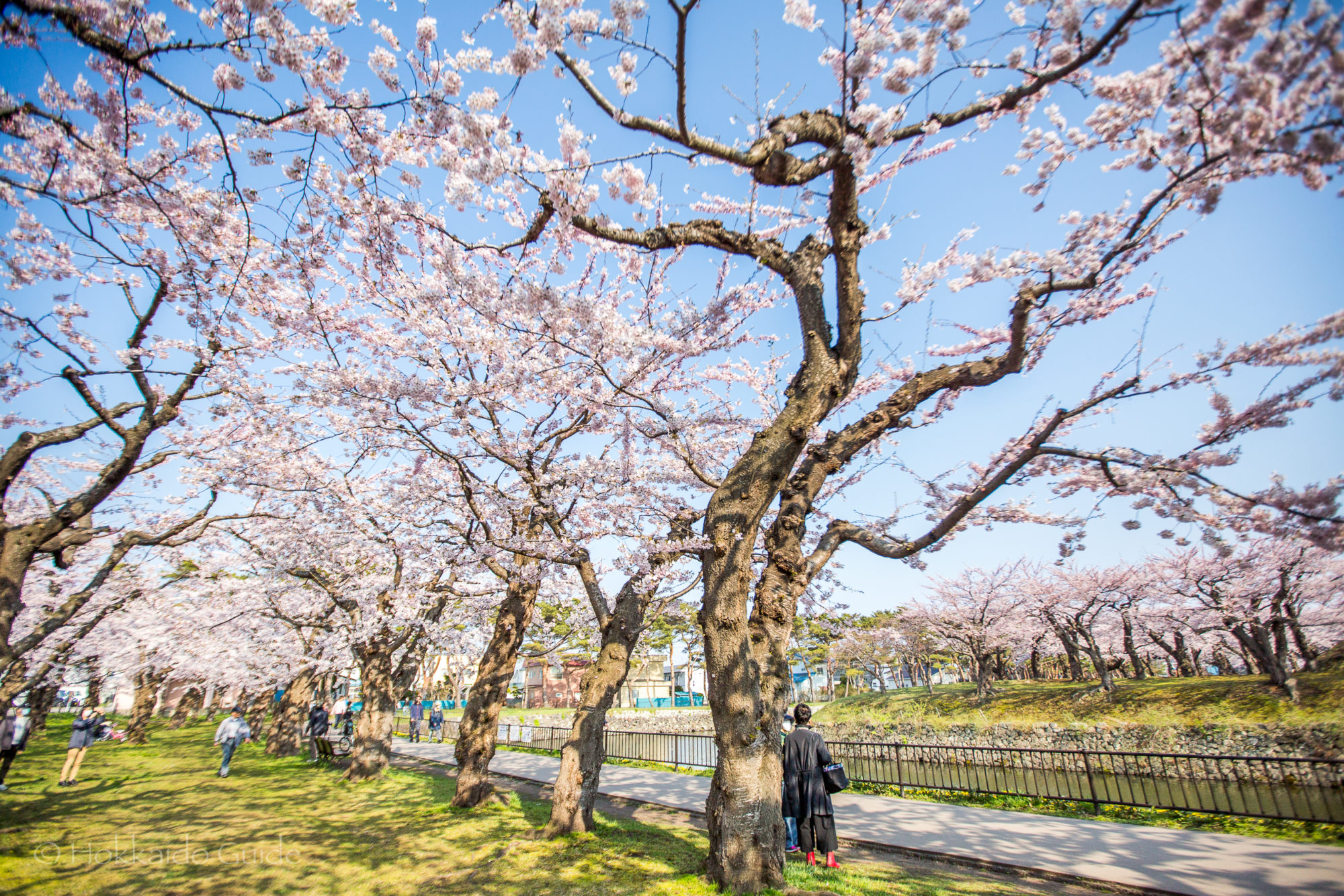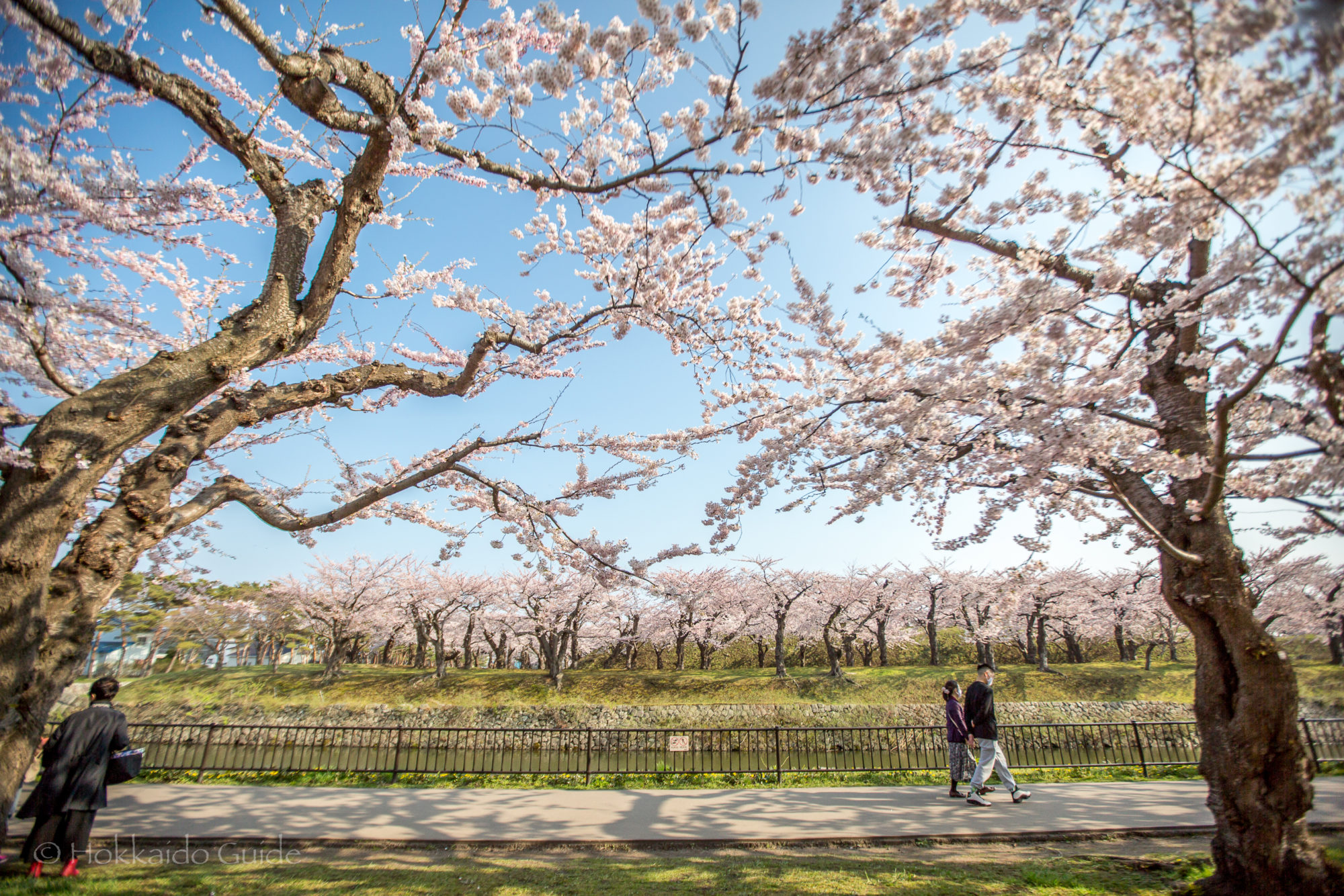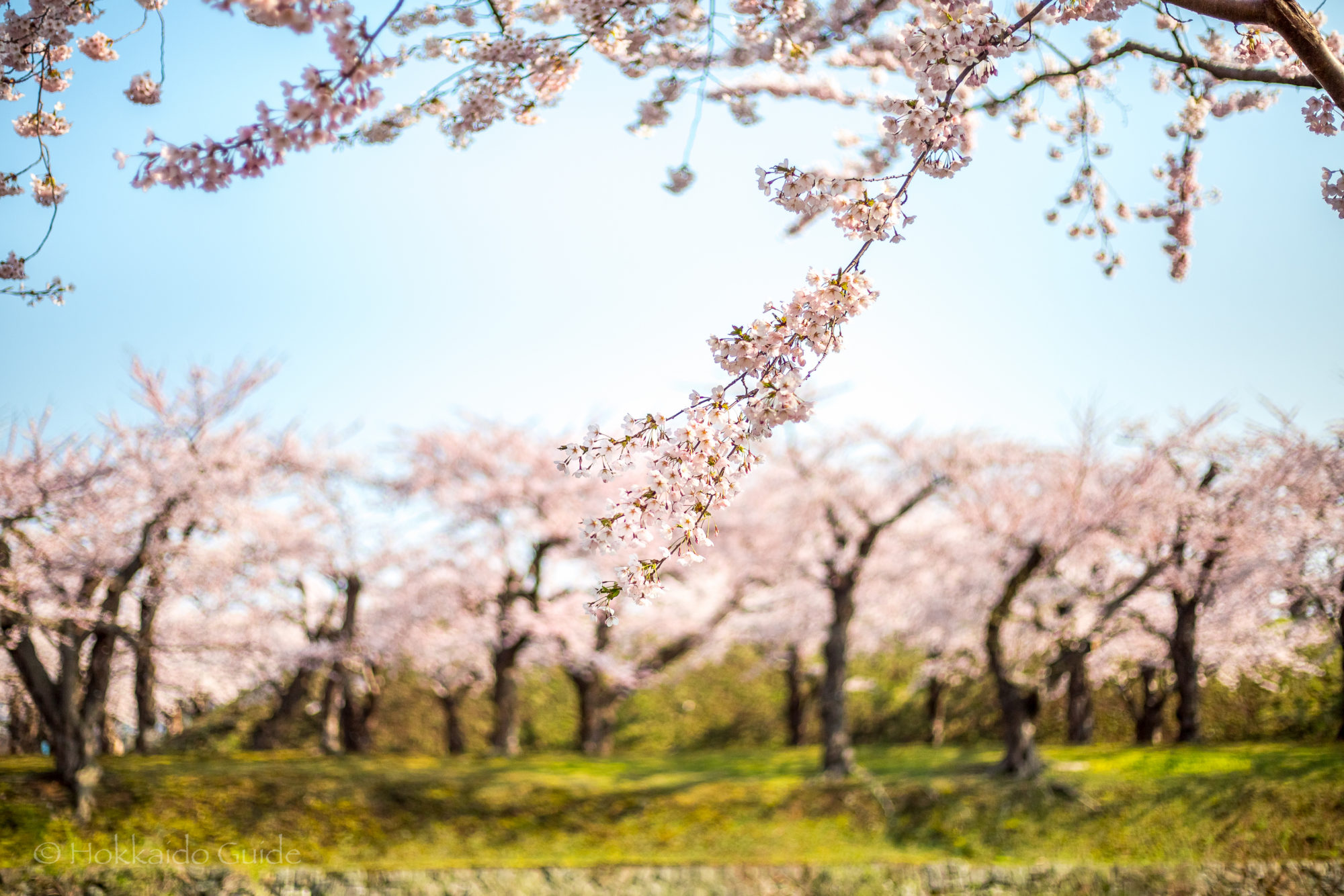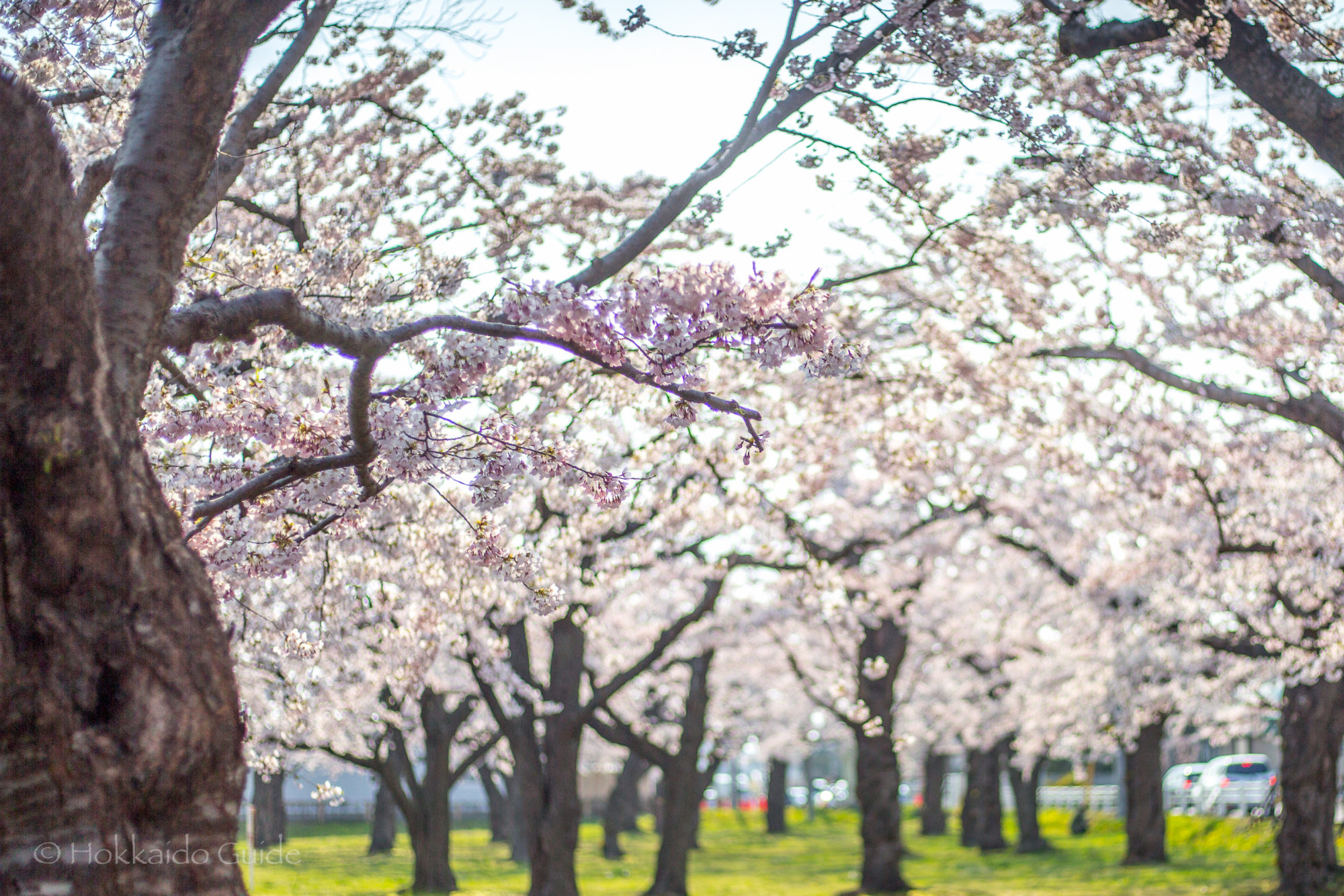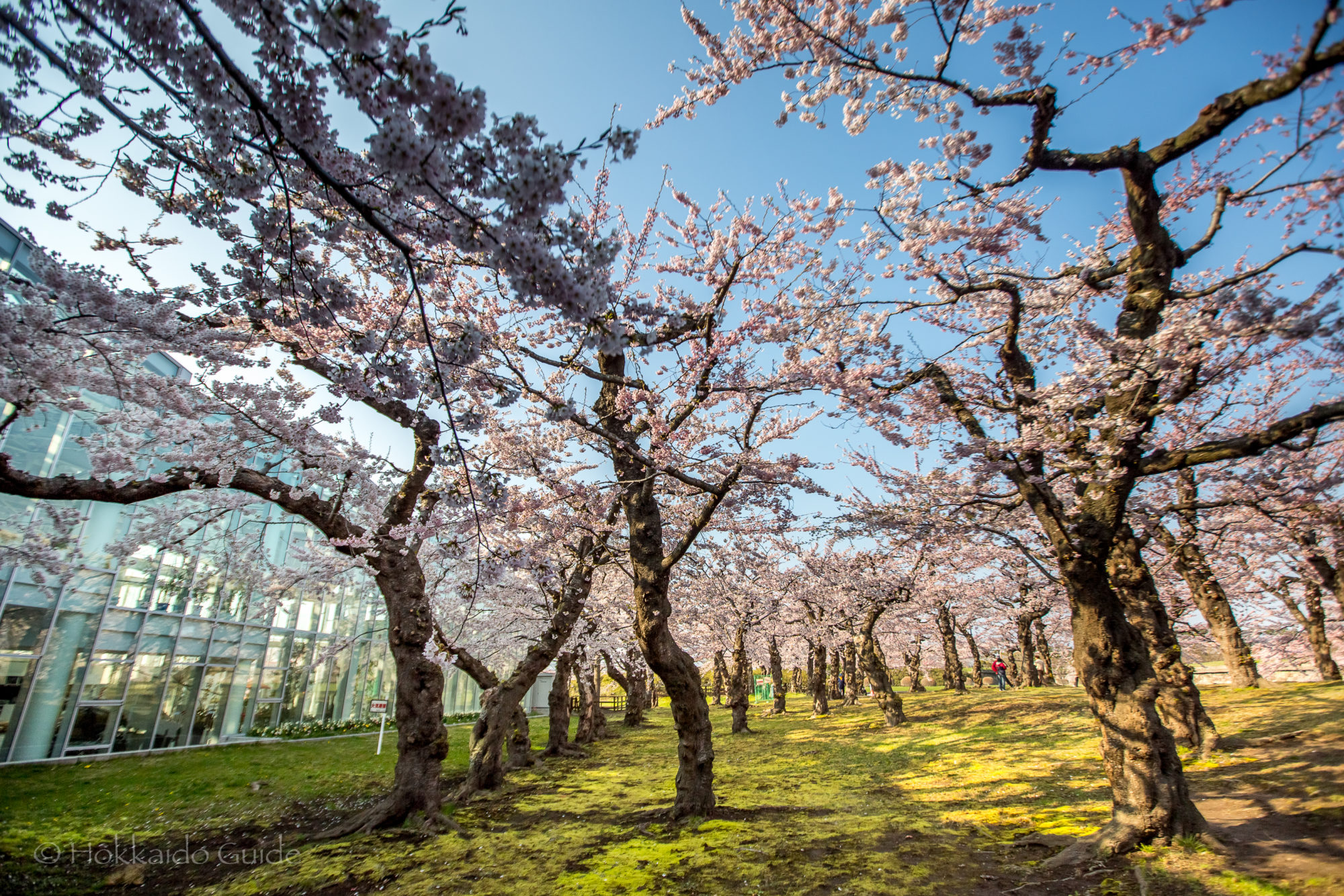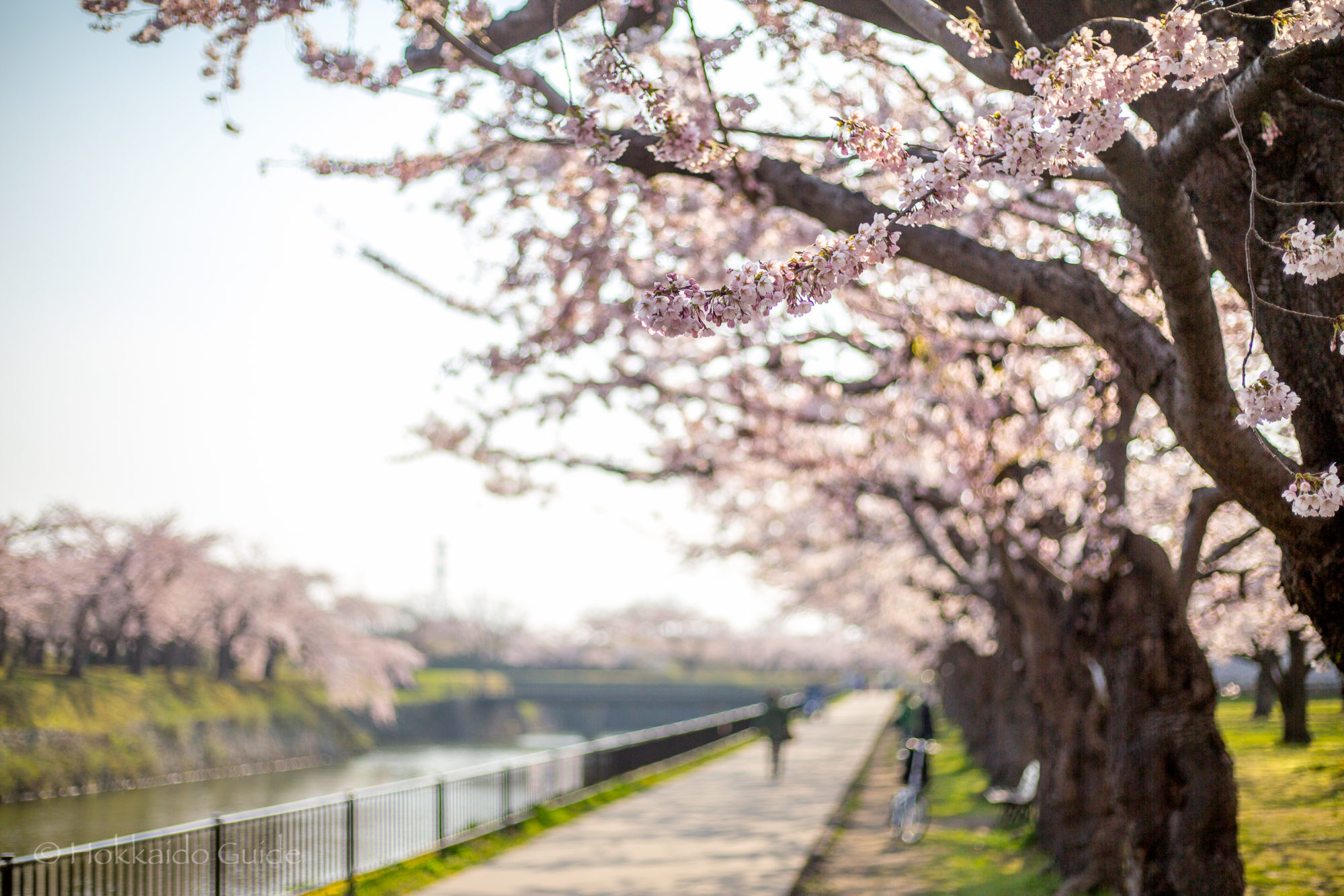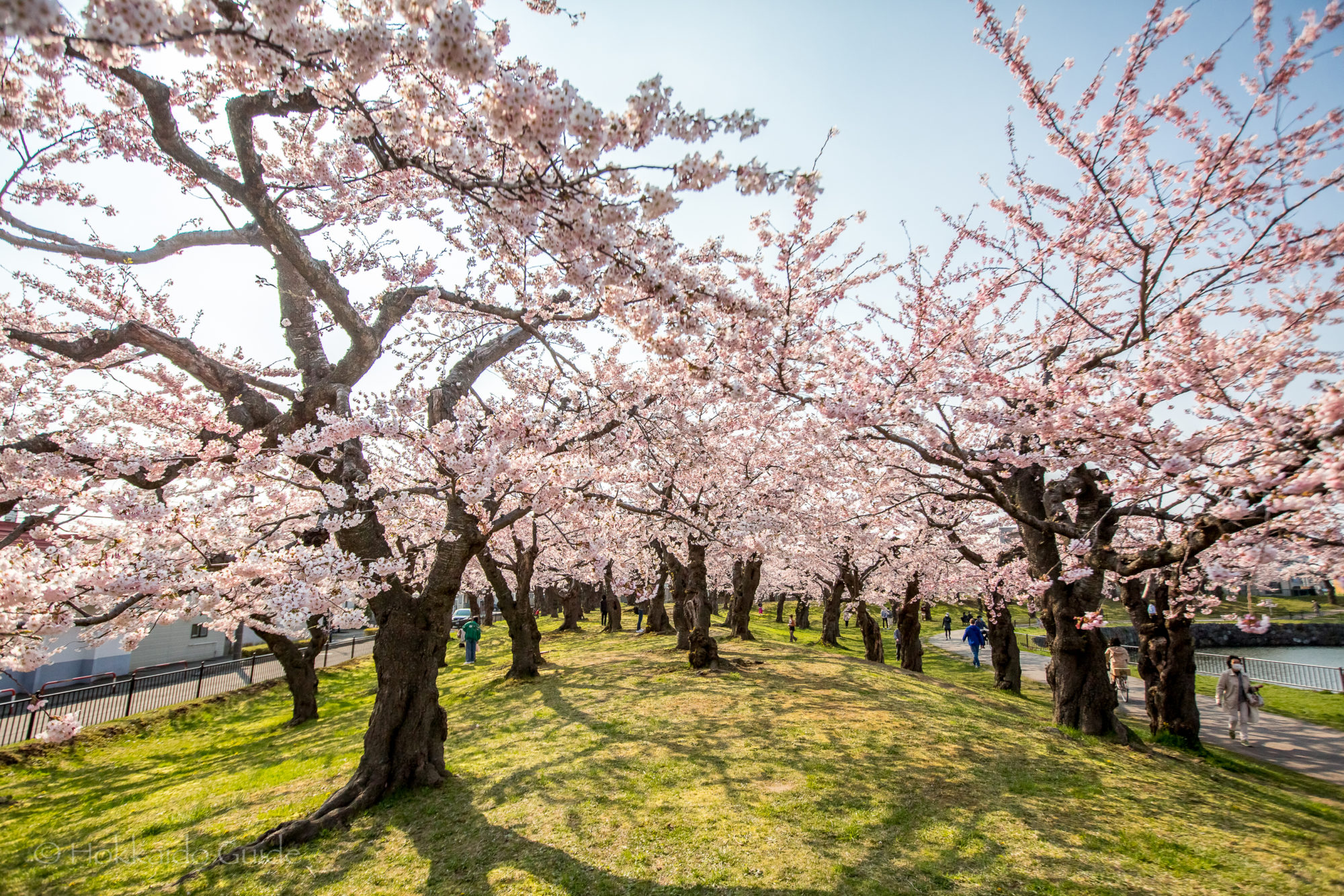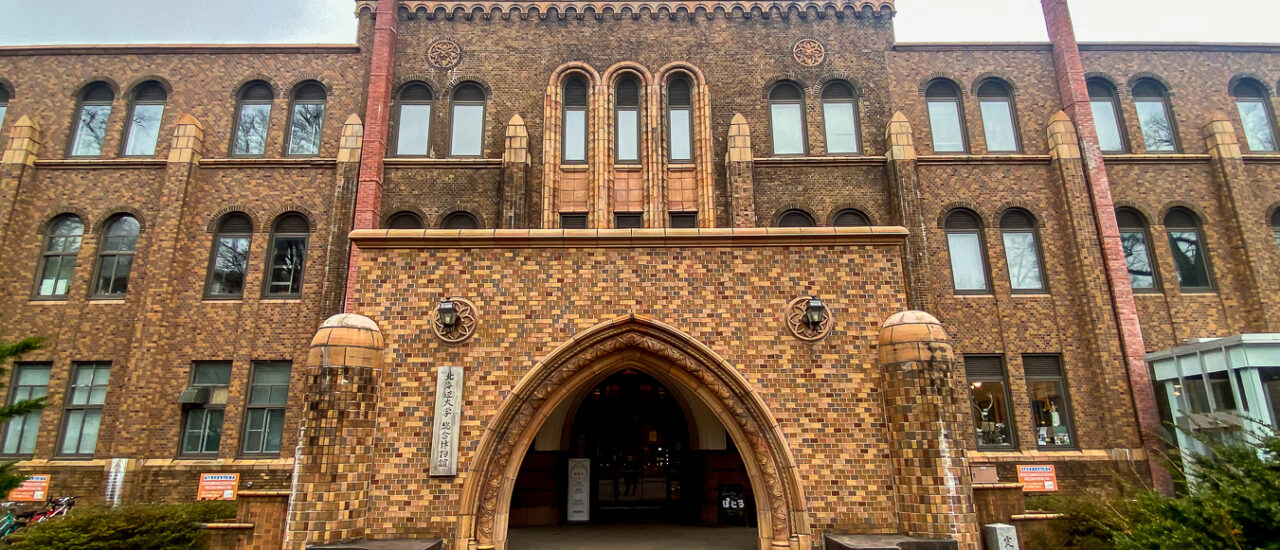
Tag: Historical landmark
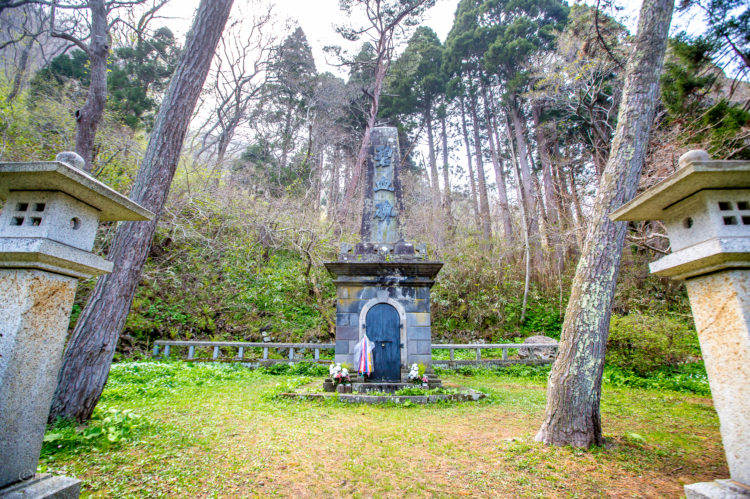
Hekketsu-hi Monument
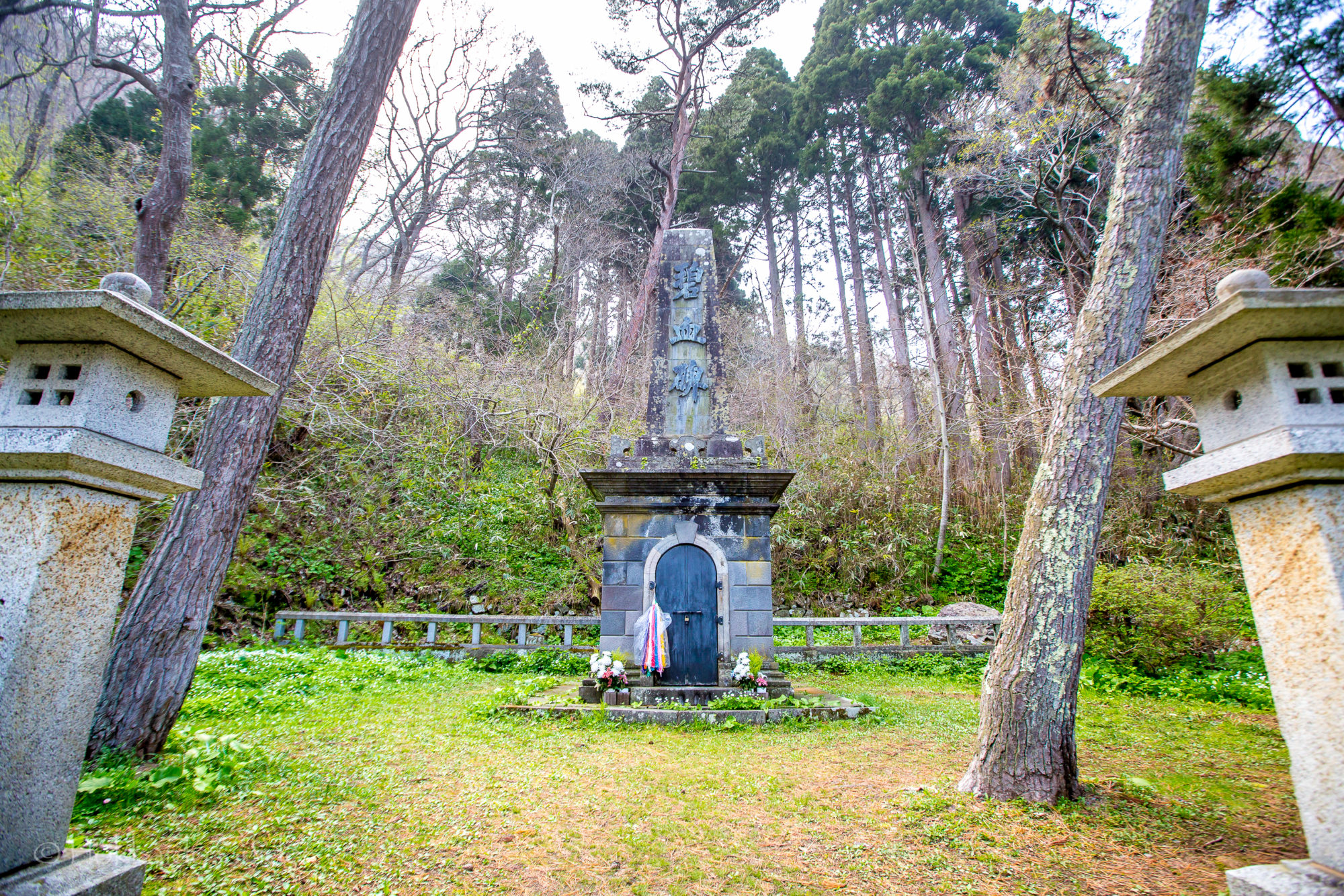
| Admission | Free |
| Opening Hours | - |
| Contact | - |
| Notes | Historical site, no parking |
| Location / Getting There | Located in the southern part of Hakodate city near the base of Mt. Hakodate. There is no parking here so it's a little tricky but you can find some parking around the shrines nearby and take the path up to the site. For public transport, it is a 15 minute walk uphill from Yachigashira tram station (seven stops from Hakodate tram station). 5-14 Yachigashiracho, Hakodate, Hokkaido 040-0046 |
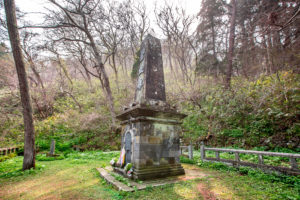 The Hekketsu Monument is the centre piece for the burial and tribute for the 800 samurai and their leaders who died fighting against government forces in the Boshin War. This war included, specifically, the Battle of Hakodate. This battle in 1869 was the samurai’s last stand. The government forces were intent on restoring the emperor to the throne and overthrowing the military rule of the Shogunate and the samurai. The monument here is made from stone brought up from Tokyo. The word ‘Hekketsu’ is derived from an old Chinese saying, “the blood of warriors who die for their lord turns blue after three years.”
The Hekketsu Monument is the centre piece for the burial and tribute for the 800 samurai and their leaders who died fighting against government forces in the Boshin War. This war included, specifically, the Battle of Hakodate. This battle in 1869 was the samurai’s last stand. The government forces were intent on restoring the emperor to the throne and overthrowing the military rule of the Shogunate and the samurai. The monument here is made from stone brought up from Tokyo. The word ‘Hekketsu’ is derived from an old Chinese saying, “the blood of warriors who die for their lord turns blue after three years.”
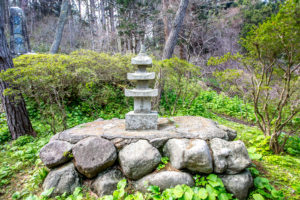 Toshizo Hijikata who led the samurai in the final Battle of Hakodate was killed during this fight. This monument is also erected in his memory. His death poem reads “though my body may decay on the island of Ezo, my spirit guards my lord in the East.” In the aftermath of the battle, the bodies of the Shogunate forces were originally left on the streets and any burial or religious service was prohibited. The bodies were eventually moved to this current site. The government forces dead were buried at Hakodate Gokoku Shrine, which is not a far walk from here. This grassland in the forest is a peaceful and relaxing spot with a quiet stillness and is worth a visit. This site is not far from the shrines lower down on the hill and is better accessed from Gagyusan Myoshin Temple or the shrine of Hachiman-gu.
Toshizo Hijikata who led the samurai in the final Battle of Hakodate was killed during this fight. This monument is also erected in his memory. His death poem reads “though my body may decay on the island of Ezo, my spirit guards my lord in the East.” In the aftermath of the battle, the bodies of the Shogunate forces were originally left on the streets and any burial or religious service was prohibited. The bodies were eventually moved to this current site. The government forces dead were buried at Hakodate Gokoku Shrine, which is not a far walk from here. This grassland in the forest is a peaceful and relaxing spot with a quiet stillness and is worth a visit. This site is not far from the shrines lower down on the hill and is better accessed from Gagyusan Myoshin Temple or the shrine of Hachiman-gu.
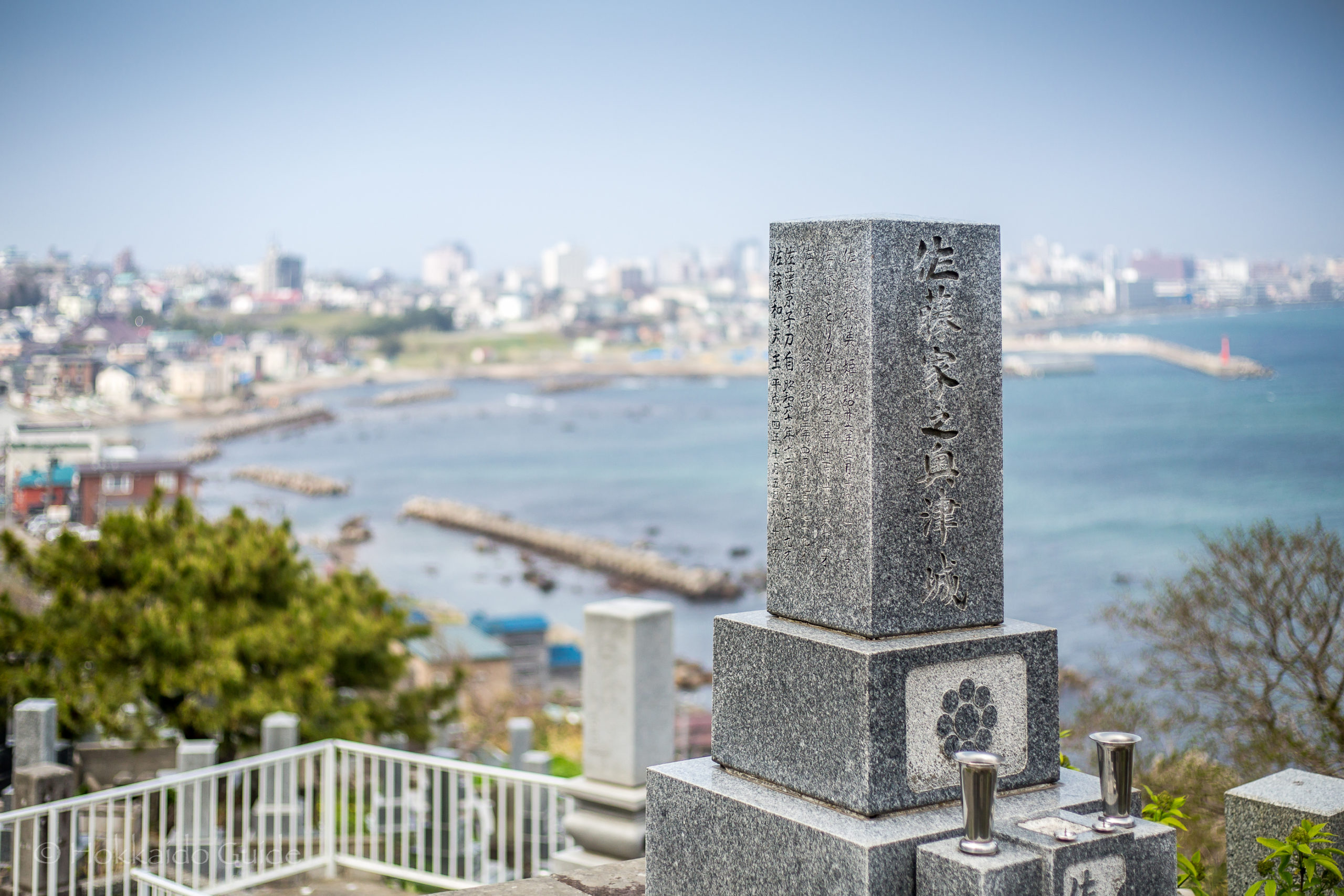
Grave of Ishikawa Takuboku

| Admission | Free |
| Opening Hours | - |
| Contact | 013-821-3453 |
| Notes | Cemetery, historical site, no parking |
| Location / Getting There | Located in the southern part of Hakodate city on the headland near Mt. Hakodate. There is street parking around if you are driving. For public transport, the closest station is Yachigashira tram station (seven stops from Hakodate tram station). From here it is a 9 minute walk south. 16-1 Sumiyoshicho, Hakodate, Hokkaido 040-0045 |
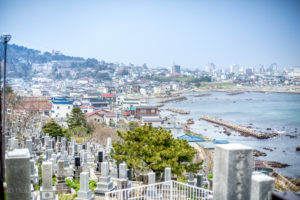 The cemetery of Hakodate Shiei Sumiyoshimachi Kyodo can be found on the headland in Hakodate. It is a very captivating place as it has views overlooking southern Hakodate and being on the edge of the bluff, it has great views overlooking the ocean. The ocean breeze and the peacefulness of this quiet place is home to a couple of sightseeing spots within the cemetery. These include the graves of Ishikawa Takuboku and his family, and monuments to Miyazaki Iku & Sunayama Kage Ji. These spots have plaques about the lives of these famous people.
The cemetery of Hakodate Shiei Sumiyoshimachi Kyodo can be found on the headland in Hakodate. It is a very captivating place as it has views overlooking southern Hakodate and being on the edge of the bluff, it has great views overlooking the ocean. The ocean breeze and the peacefulness of this quiet place is home to a couple of sightseeing spots within the cemetery. These include the graves of Ishikawa Takuboku and his family, and monuments to Miyazaki Iku & Sunayama Kage Ji. These spots have plaques about the lives of these famous people.
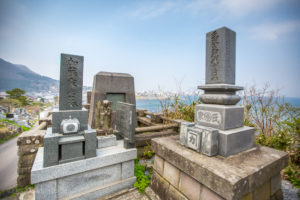 The graves here of note are to do with prominent literary figures of the Meiji era. Ishikawa Takuboku was a prominent poet. Although he only spent a short time Hakodate, he is buried here. During his short stay in Hakodate, he enjoyed the support from a literary group called ‘Bokushukusha’ and was quoted as saying “I’d like to die here.” After succumbing to tuberculosis his brother constructed this grave in 1926. Miyazaki Iku was a poet and member of the Bokushukusha and supporter of Ishikawa Takuboku. The other monument is for Sunayama Kage Ji (real name Nakano Tarao). He was actively engaged in the literary magazine “Gin No Tsubo” which translates to “The Silver Pot”.
The graves here of note are to do with prominent literary figures of the Meiji era. Ishikawa Takuboku was a prominent poet. Although he only spent a short time Hakodate, he is buried here. During his short stay in Hakodate, he enjoyed the support from a literary group called ‘Bokushukusha’ and was quoted as saying “I’d like to die here.” After succumbing to tuberculosis his brother constructed this grave in 1926. Miyazaki Iku was a poet and member of the Bokushukusha and supporter of Ishikawa Takuboku. The other monument is for Sunayama Kage Ji (real name Nakano Tarao). He was actively engaged in the literary magazine “Gin No Tsubo” which translates to “The Silver Pot”.
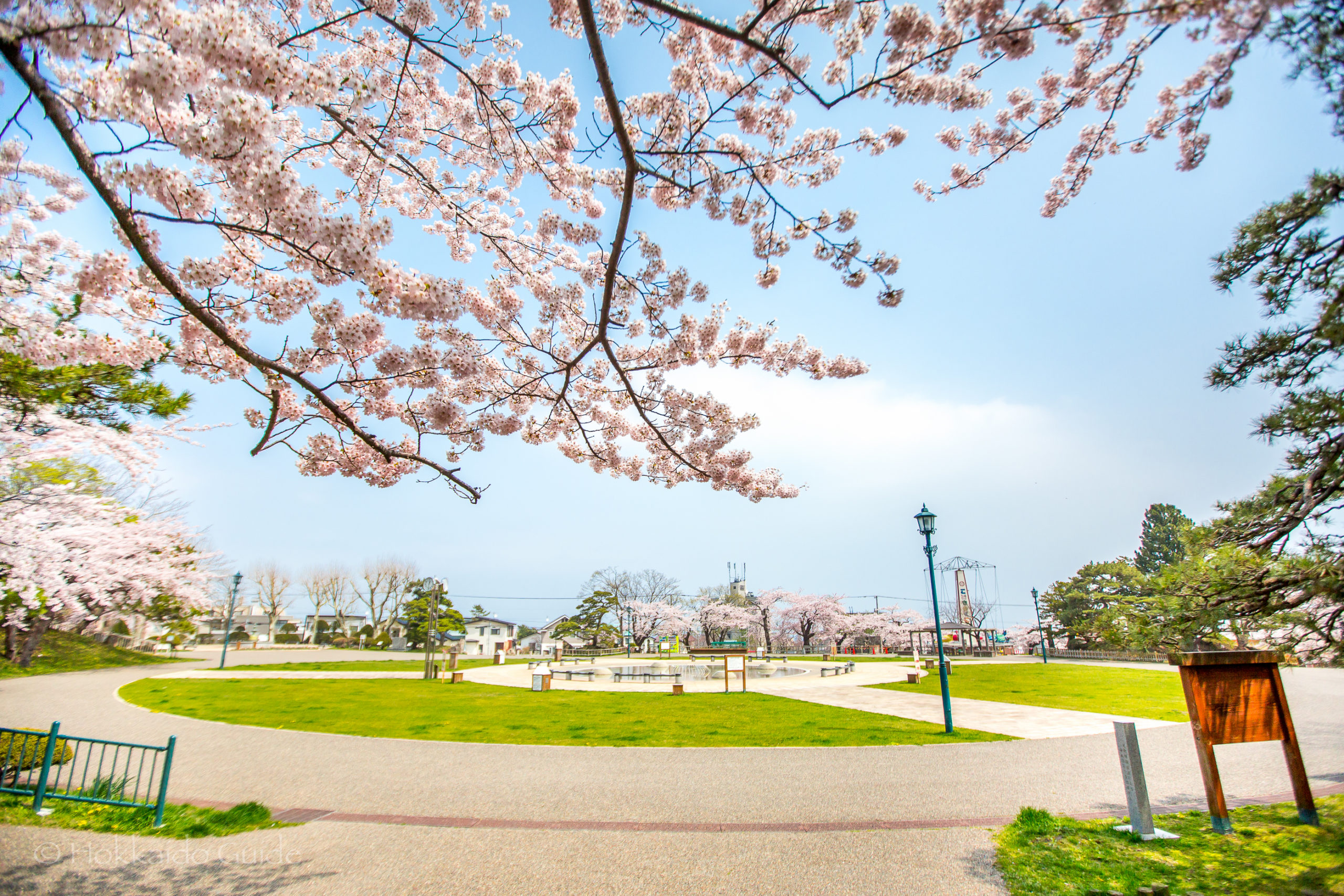
Hakodate Park
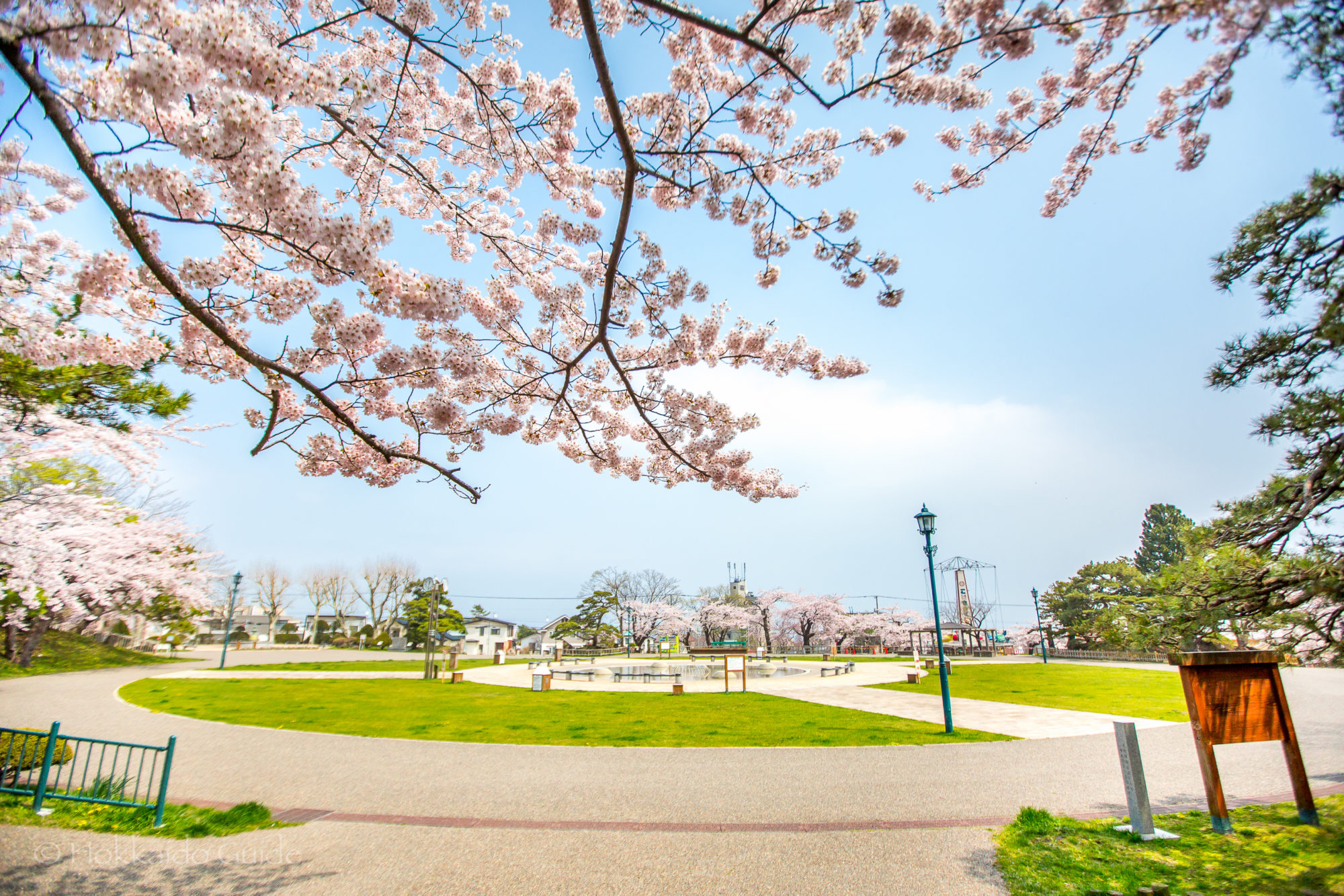
| Admission | Free |
| Opening Hours | 9:30 - 20:00 |
| Closed | - |
| Contact | 0138-23-3763 |
| Notes | Park, historical buildings, photography spot, kids playground, toilets, wheelchair access |
| Location / Getting There | Hakodate Park is located in the southern end of Hakodate City. It is near the base of Mt. Hakodate. Without a car, the best way to get to the park is to take the tram from Hakodate station and get off at Aoyagi-cho (¥230). It is a 2 minute walk from here. 3-15 Aoyagicho, Hakodate, Hokkaido 040-0044 |
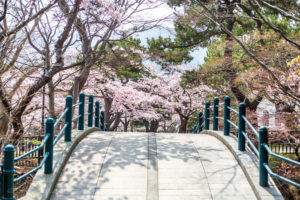 Hakodate Park is one of the gems in Hakodate. During the cherry blossom season from mid April to the beginning of May, it is covered in beautiful cherry blossoms and is one of the top spots in Hokkaido to enjoy these flowers. The blossoms here are stunning and a must see if you are in Hakodate at this time. The park was established in 1874, but was transformed into its current layout in 1879. The new park was proposed by Richard Eusden, the British Consul of Hakodate. The park has western elements to it and is home to many attractions and sightseeing spots.
Hakodate Park is one of the gems in Hakodate. During the cherry blossom season from mid April to the beginning of May, it is covered in beautiful cherry blossoms and is one of the top spots in Hokkaido to enjoy these flowers. The blossoms here are stunning and a must see if you are in Hakodate at this time. The park was established in 1874, but was transformed into its current layout in 1879. The new park was proposed by Richard Eusden, the British Consul of Hakodate. The park has western elements to it and is home to many attractions and sightseeing spots.
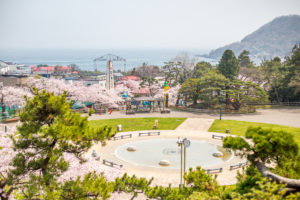 The park is hugely popular in the spring time due to the cherry blossoms. Throughout the park you can find many other attractions that are there throughout the year. There are several historic colonial buildings here. These include the Kyushiritsu Hakodate Library, and the Hakodate City Museum. For those with kids there is a small amusement park, and a small zoo down the bottom of the park. Other points of interest include the grave of a German consul, Ludwig Haber. He was a murdered in 1874 by an anti foreign Japanese national. And up near the top, overlooking the park is a stone carving plus a small pavilion.
The park is hugely popular in the spring time due to the cherry blossoms. Throughout the park you can find many other attractions that are there throughout the year. There are several historic colonial buildings here. These include the Kyushiritsu Hakodate Library, and the Hakodate City Museum. For those with kids there is a small amusement park, and a small zoo down the bottom of the park. Other points of interest include the grave of a German consul, Ludwig Haber. He was a murdered in 1874 by an anti foreign Japanese national. And up near the top, overlooking the park is a stone carving plus a small pavilion.
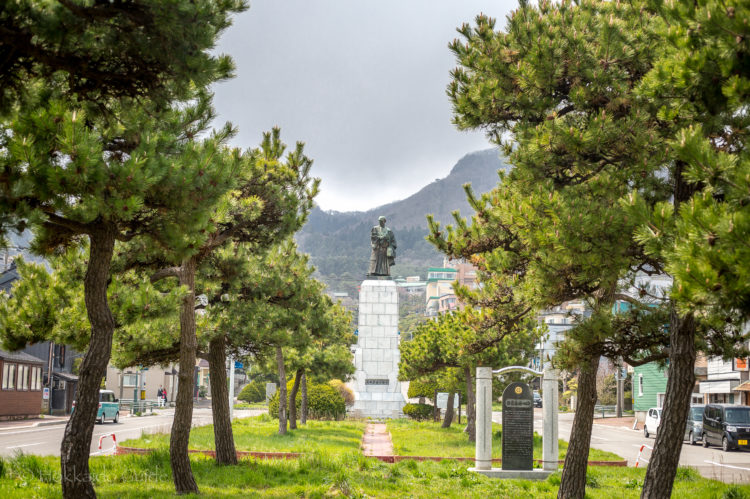
Takadaya Kahei & Historical Monument
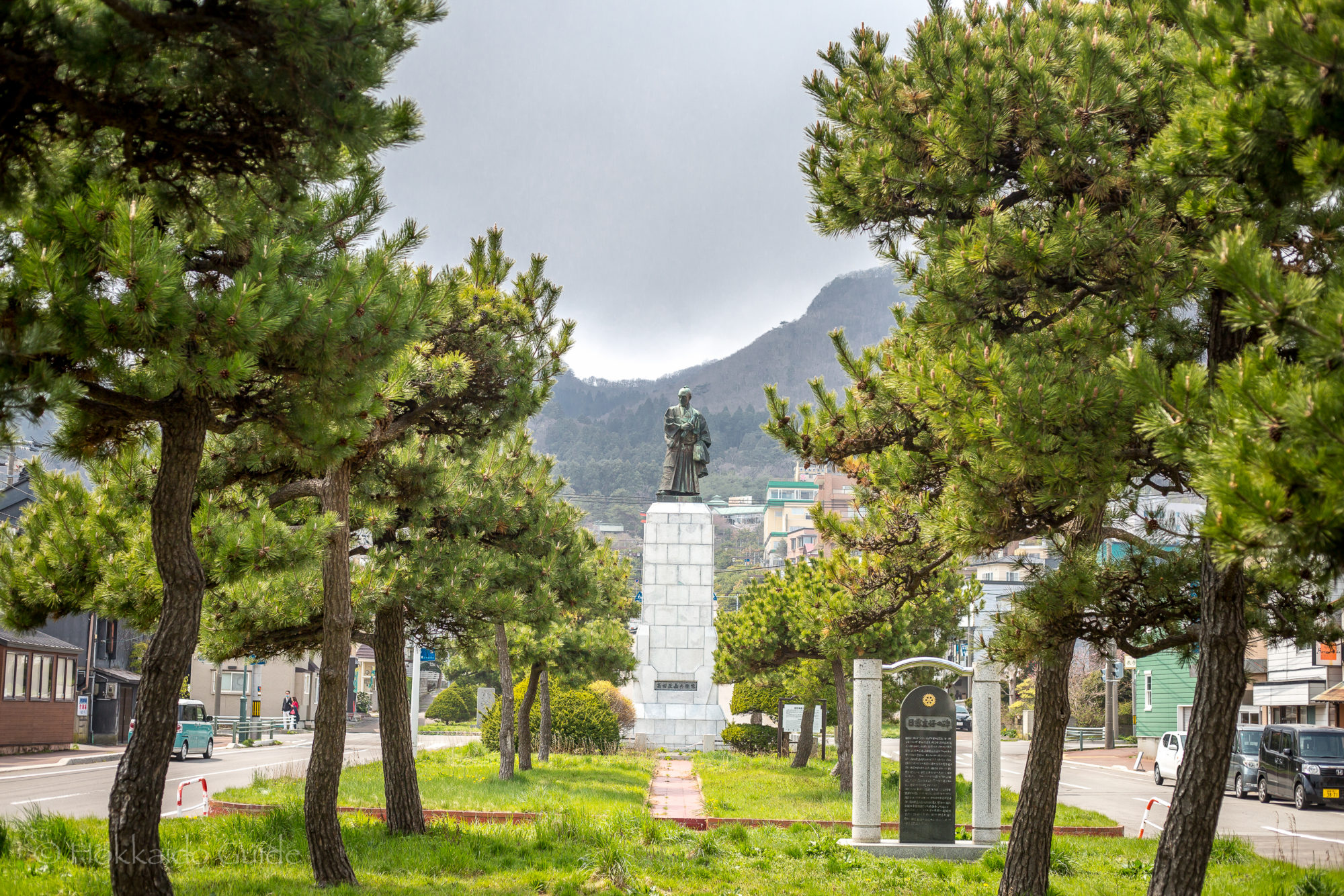
| Admission | Free |
| Opening Hours | Open 24 hours |
| Closed | - |
| Notes | Historical landmark, sightseeing spot, small park and walkway, no parking |
| Location / Getting There | Located in the central city of Hakodate. The closest tram station is Horai-Cho Station. It is only a 2 minute walk from here. The park is at the bottom of the hill that leads up to Gokoku Shrine. 〒040-0034 Hokkaido, Hakodate, Omoricho, 22, Unnamed Road |
 In Hakodate, at the base of the slope that leads up to Mt. Hakodate there is a narrow green space that runs for about five blocks. This green space is a really pleasant area to take a stroll along. On both sides the park is flanked by some nice old buildings. The green space is home to various statues and there is a historical site here as well. The park is particularly nice during the cherry blossom season. The main statue that overlooks the space is of Takadaya Kahei. Takadaya Kahei was born in 1769 and came to Hakodate when he was 28. He was famous for developing the area and creating trade routes and fisheries. The statue was erected in 1958 to commemorate the centenary of the port of Hakodate opening.
In Hakodate, at the base of the slope that leads up to Mt. Hakodate there is a narrow green space that runs for about five blocks. This green space is a really pleasant area to take a stroll along. On both sides the park is flanked by some nice old buildings. The green space is home to various statues and there is a historical site here as well. The park is particularly nice during the cherry blossom season. The main statue that overlooks the space is of Takadaya Kahei. Takadaya Kahei was born in 1769 and came to Hakodate when he was 28. He was famous for developing the area and creating trade routes and fisheries. The statue was erected in 1958 to commemorate the centenary of the port of Hakodate opening.
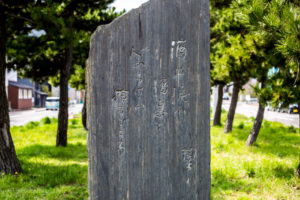 The historical site that can be observed halfway along the park, is the place where Takadaya Kahei’s house once existed. He owned extensive property in Hakodate and there is a small plaque displaying this. Also in this park, you can find the poem monument of Takahashi Kikutaro. The monument here was built in 1961 by his fans, and inscribed on the monument is the lyrics to one of his most famous songs. Takahashi Kikutaro was a prominent song writer and had written lyrics to over 3,000 songs by the time of his death in 1970. This green space has a pleasant small path running through it and it is a great spot to stroll through.
The historical site that can be observed halfway along the park, is the place where Takadaya Kahei’s house once existed. He owned extensive property in Hakodate and there is a small plaque displaying this. Also in this park, you can find the poem monument of Takahashi Kikutaro. The monument here was built in 1961 by his fans, and inscribed on the monument is the lyrics to one of his most famous songs. Takahashi Kikutaro was a prominent song writer and had written lyrics to over 3,000 songs by the time of his death in 1970. This green space has a pleasant small path running through it and it is a great spot to stroll through.

Ōmori Park

| Admission | Free |
| Opening Hours | Open 24 hours |
| Closed | - |
| Contact | 0138-40-3601 |
| Notes | Cemetery, sports park, playground, no parking, bathrooms |
| Location / Getting There | Located in Hakodate, by Omori beach. The closest tram station is Matsukaze-cho Station. It is a 7 minute walk east from this station. The park is also next to Kameda River. 33 Omoricho, Hakodate, Hokkaido 040-0034 |
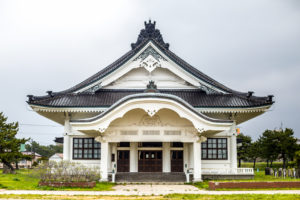 Ōmori Park is a large green space in Hakodate. It is used for sporting events (namely baseball), and as a play area for children. At the northern end of the park, you can find an impressive memorial hall and burial site. The park is popular for those looking to keep fit, as it has outdoor exercise equipment, plus it being a good spot to jog around. The spacious playground area also makes it a popular spot for families. The park is just across the road from Ōmori Beach as well, so there are a few things to see in the area.
Ōmori Park is a large green space in Hakodate. It is used for sporting events (namely baseball), and as a play area for children. At the northern end of the park, you can find an impressive memorial hall and burial site. The park is popular for those looking to keep fit, as it has outdoor exercise equipment, plus it being a good spot to jog around. The spacious playground area also makes it a popular spot for families. The park is just across the road from Ōmori Beach as well, so there are a few things to see in the area.
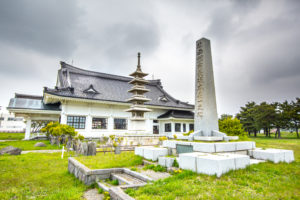 The memorial hall was constructed in 1937 with the five tier pagoda being built later. Takenosuke Miyamoto (a local businessman), was behind the construction of the pagoda using his own funds and property. The area has some historical significance and there is a large plaque (in Japanese), talking about the dark event that took place here many years ago. On the evening of March 21, 1954 a fire spread through the city and was fanned by strong winds from the ocean. The fire affected 102,000 with almost 3,000 reported missing. The Omori Bridge was terribly burned and many people were killed in and along the Kameda River. This river flows right by the memorial hall and pagoda.
The memorial hall was constructed in 1937 with the five tier pagoda being built later. Takenosuke Miyamoto (a local businessman), was behind the construction of the pagoda using his own funds and property. The area has some historical significance and there is a large plaque (in Japanese), talking about the dark event that took place here many years ago. On the evening of March 21, 1954 a fire spread through the city and was fanned by strong winds from the ocean. The fire affected 102,000 with almost 3,000 reported missing. The Omori Bridge was terribly burned and many people were killed in and along the Kameda River. This river flows right by the memorial hall and pagoda.
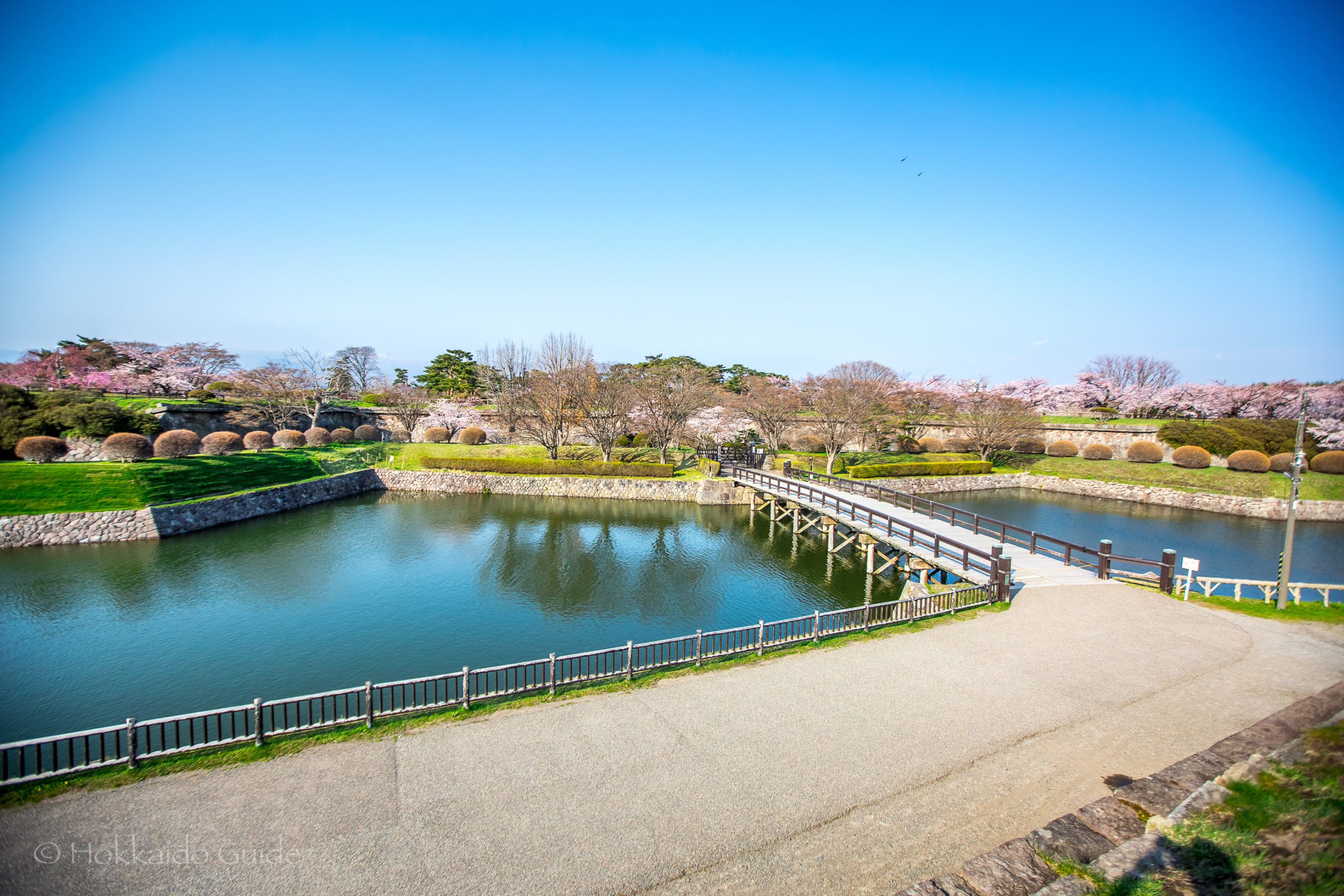
Goryokaku Park
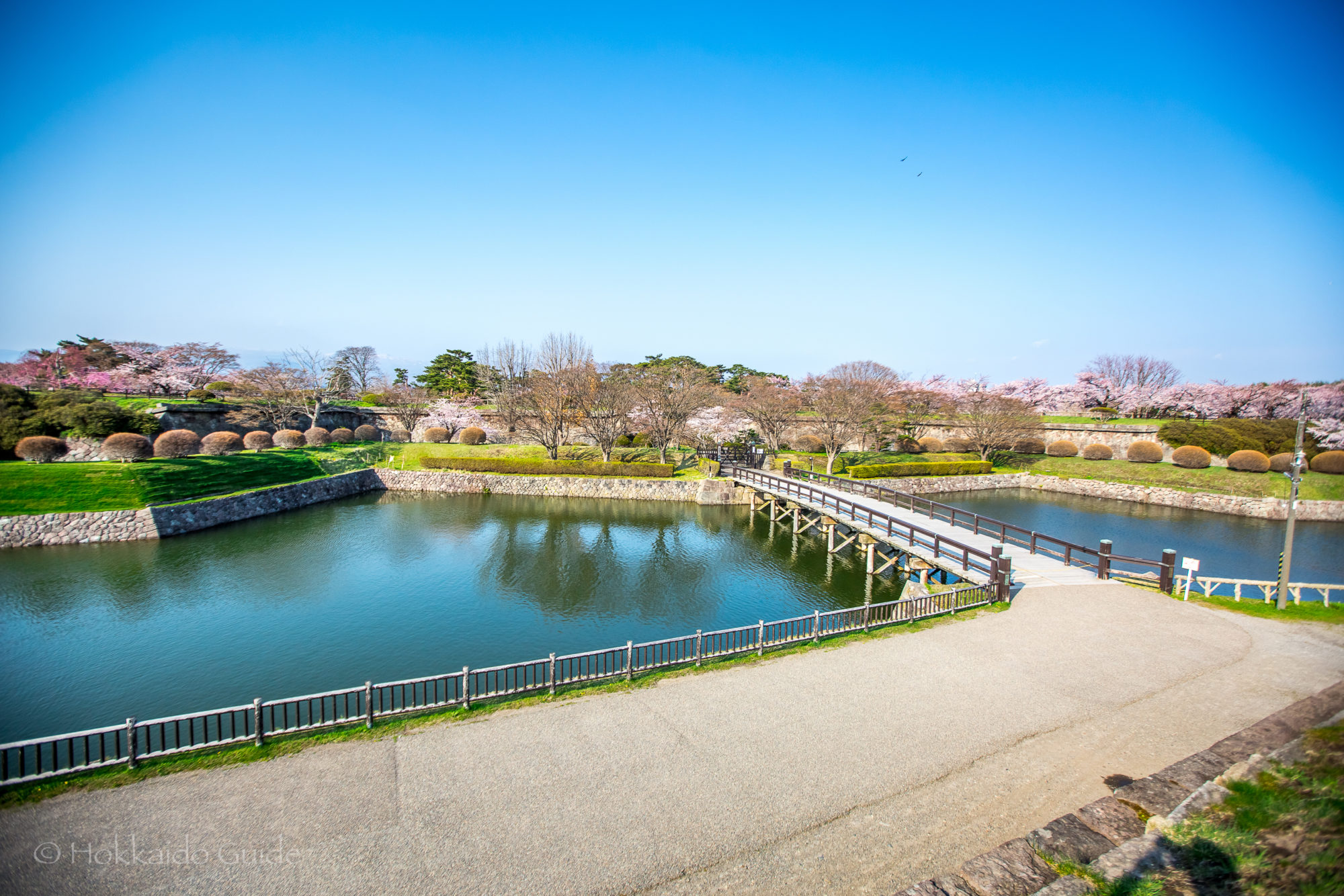
| Admission | Free |
| Opening Hours | 5:00 - 18:00 |
| Closed | - |
| Contact | 0138-31-5505 |
| Notes | Cherry blossom viewing, historical landmark, photography spot, walking paths, no parking (but paid parking nearby), wheelchair access |
| Location / Getting There | Central Hakodate. It's a 15 minute walk from Goryokaku Koen-mae station. From Hakodate Station take the 19, 25, or 33 bus and get off Goryokaku Park entrance. It's a 10 minute walk. There is a also a 'Goryokaku Tower Trappistine Shuttle Bus'. 44-2 Goryokakucho, Hakodate, Hokkaido 040-0001 |
 Goryōkaku Fort & Park was designed in 1855 by the scholar and the architect, Takeda Ayasaburō. His design was based on the work by the French architect, Vauban. The design is in the shape of a five-pointed star. Unlike other Japanese forts, this allowed for a greater number of gun emplacements, and reduced the number of blind spots. It was built to protect the Hakodate Magistrates office at the end of the Edo period when Hakodate opened its harbor to international trade. It played an important role as a political center in Ezo until it was taken over by the new Meiji government. The fort nowadays has seen the last of battles and sees quieter days as a national historic site. It is also a part of the Hakodate city museum and is a hugely popular spot for cherry blossom viewing.
Goryōkaku Fort & Park was designed in 1855 by the scholar and the architect, Takeda Ayasaburō. His design was based on the work by the French architect, Vauban. The design is in the shape of a five-pointed star. Unlike other Japanese forts, this allowed for a greater number of gun emplacements, and reduced the number of blind spots. It was built to protect the Hakodate Magistrates office at the end of the Edo period when Hakodate opened its harbor to international trade. It played an important role as a political center in Ezo until it was taken over by the new Meiji government. The fort nowadays has seen the last of battles and sees quieter days as a national historic site. It is also a part of the Hakodate city museum and is a hugely popular spot for cherry blossom viewing.
 In 1952, it was designated as a national historic site under the name of “Goryokaku Ruins”. The site is a fantastic place to wander around in any season. The green trees in summer, the autumn leaves in the fall, snow in winter. and the sprawling cherry blossoms in the spring. There are about 1,600 cherry blossoms here and they start to bloom in late April and the park is one of the best places to view the blossoms in the whole of Hokkaido. To appreciate the park there is an observation platform overlooking the park. The tower is called Goryokaku Tower and is accessible on the south eastern side.
In 1952, it was designated as a national historic site under the name of “Goryokaku Ruins”. The site is a fantastic place to wander around in any season. The green trees in summer, the autumn leaves in the fall, snow in winter. and the sprawling cherry blossoms in the spring. There are about 1,600 cherry blossoms here and they start to bloom in late April and the park is one of the best places to view the blossoms in the whole of Hokkaido. To appreciate the park there is an observation platform overlooking the park. The tower is called Goryokaku Tower and is accessible on the south eastern side.

